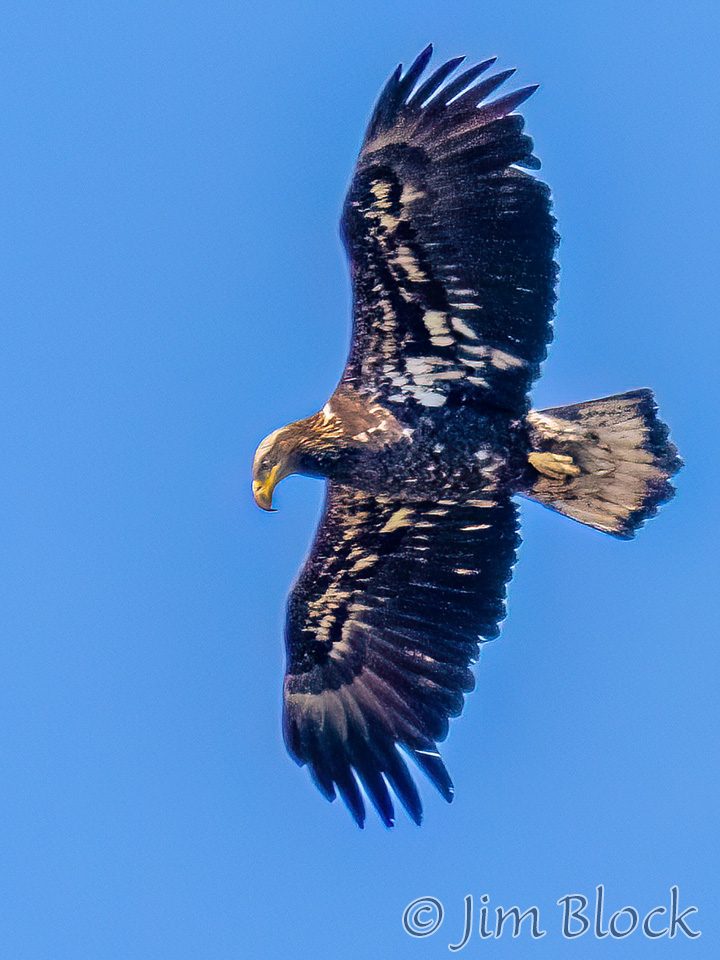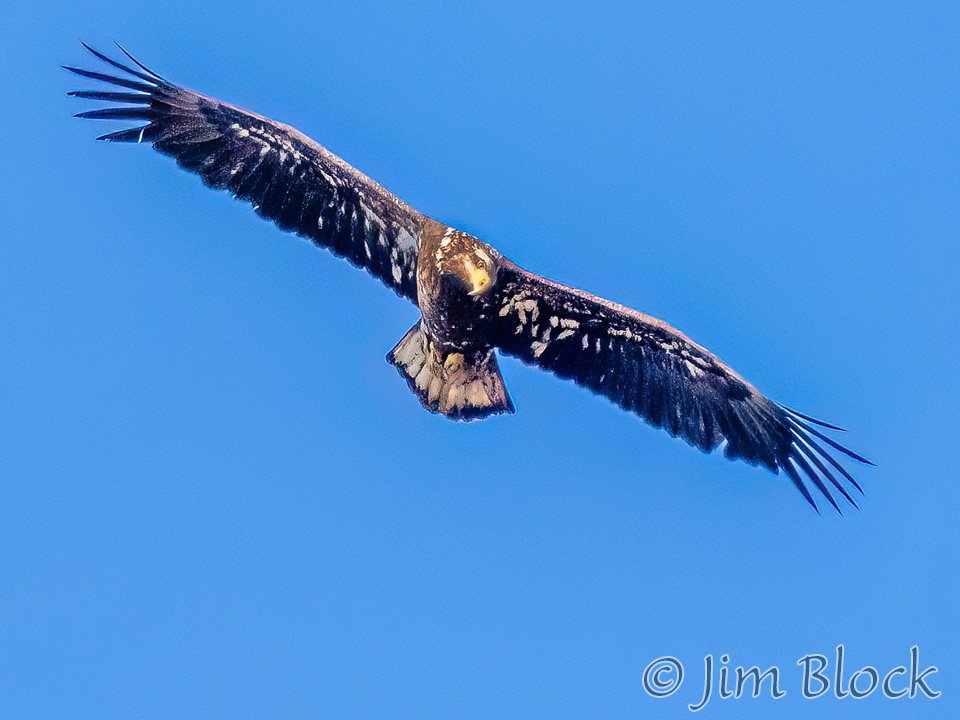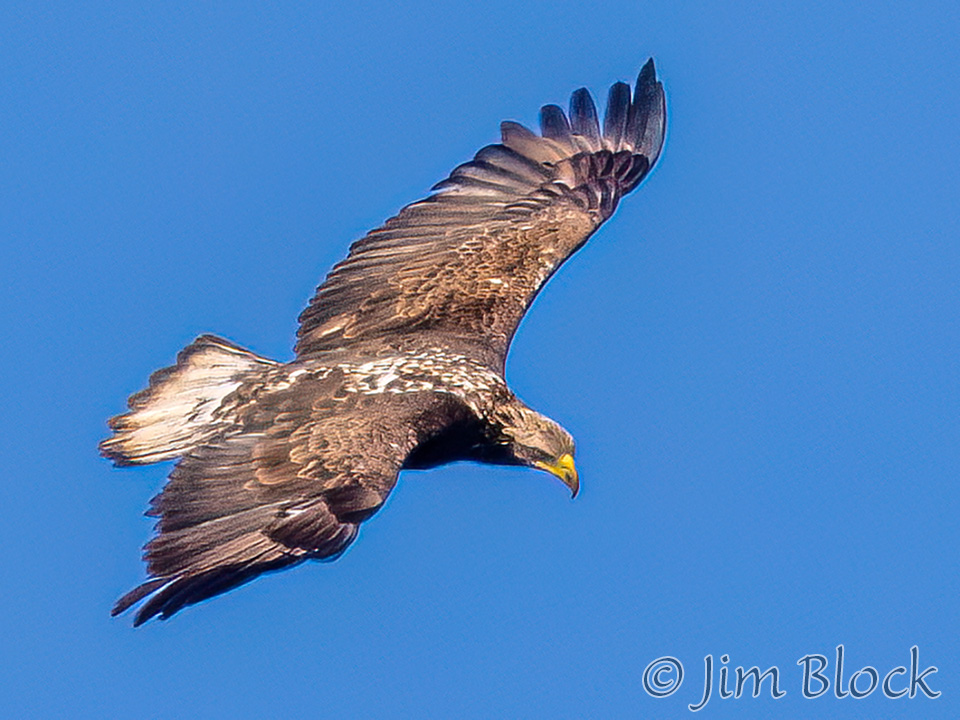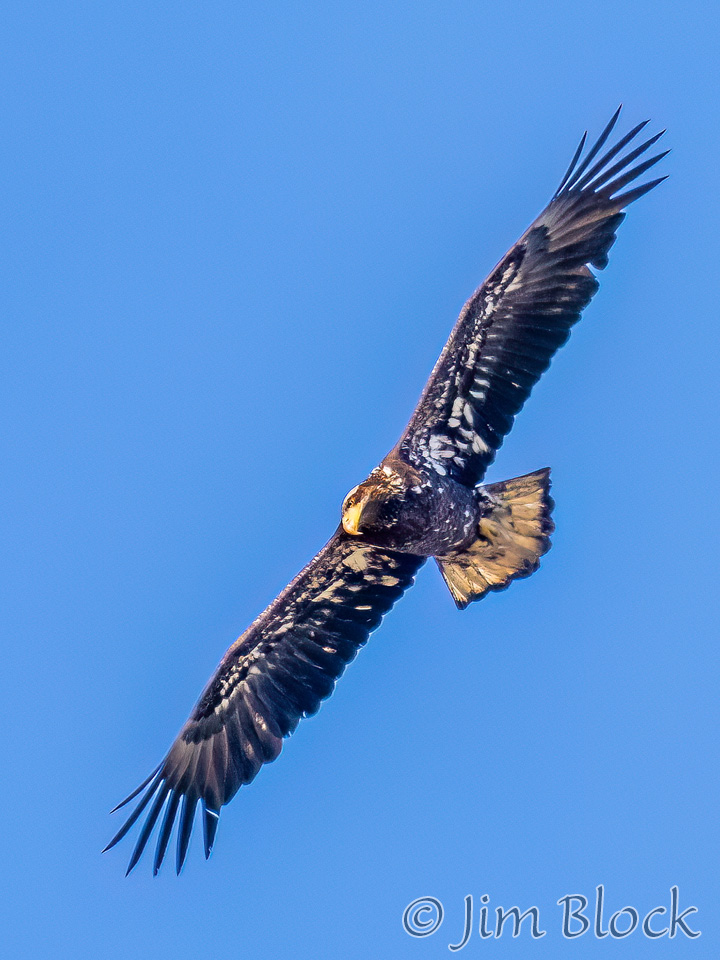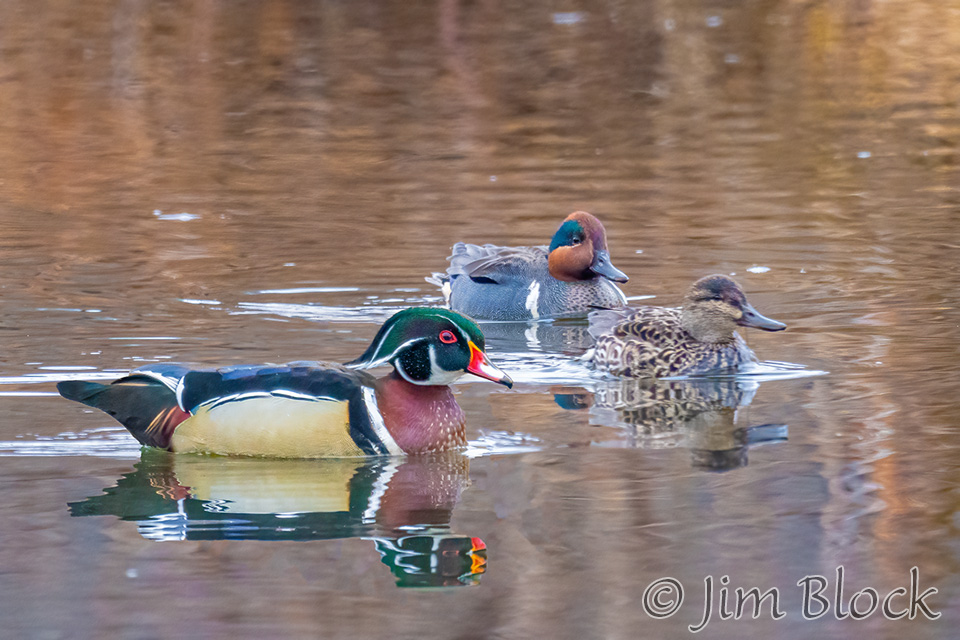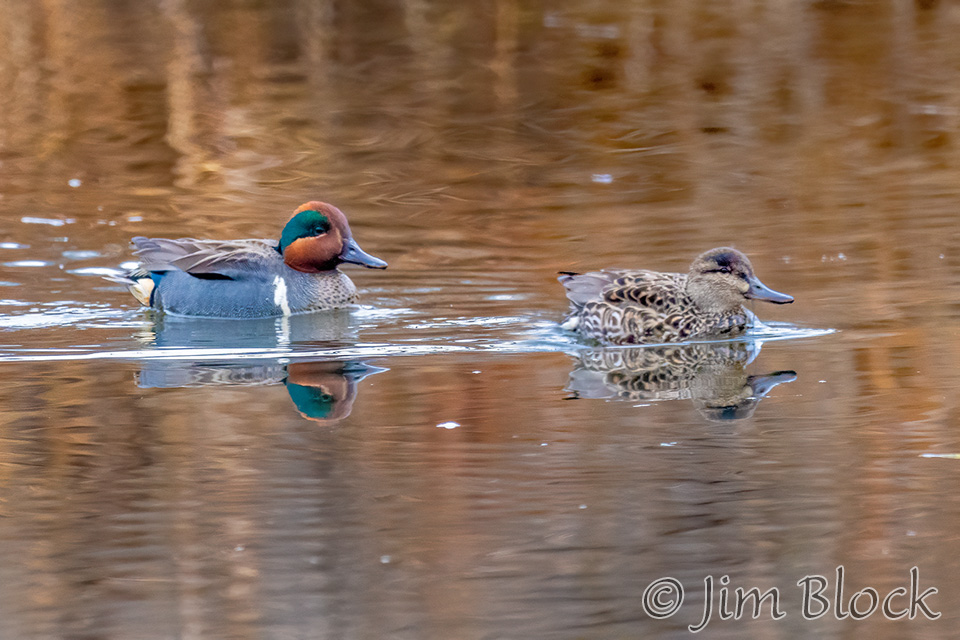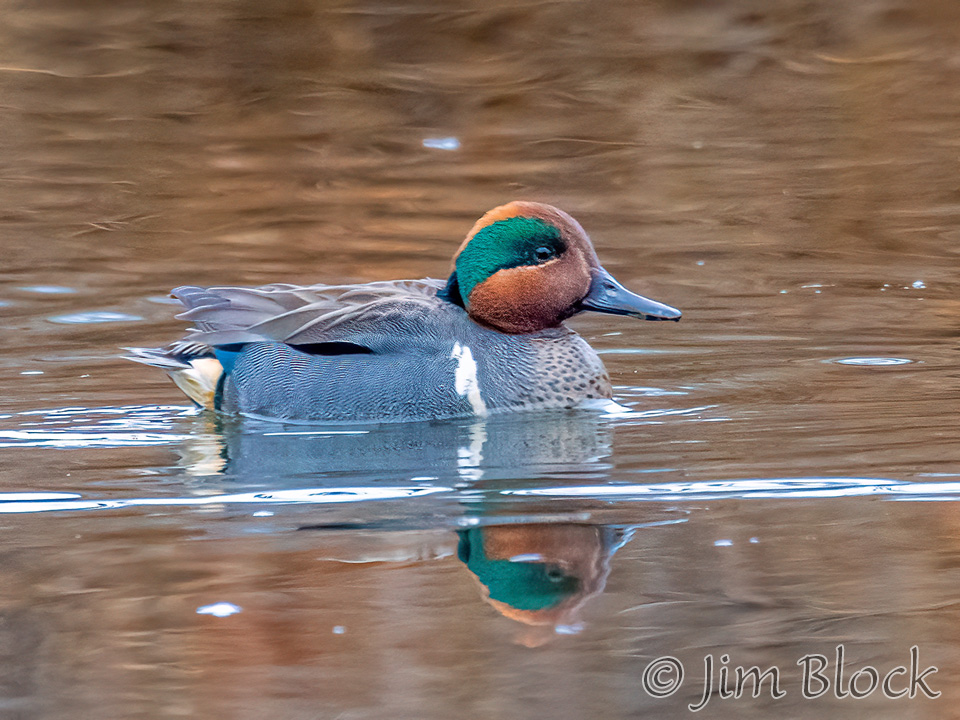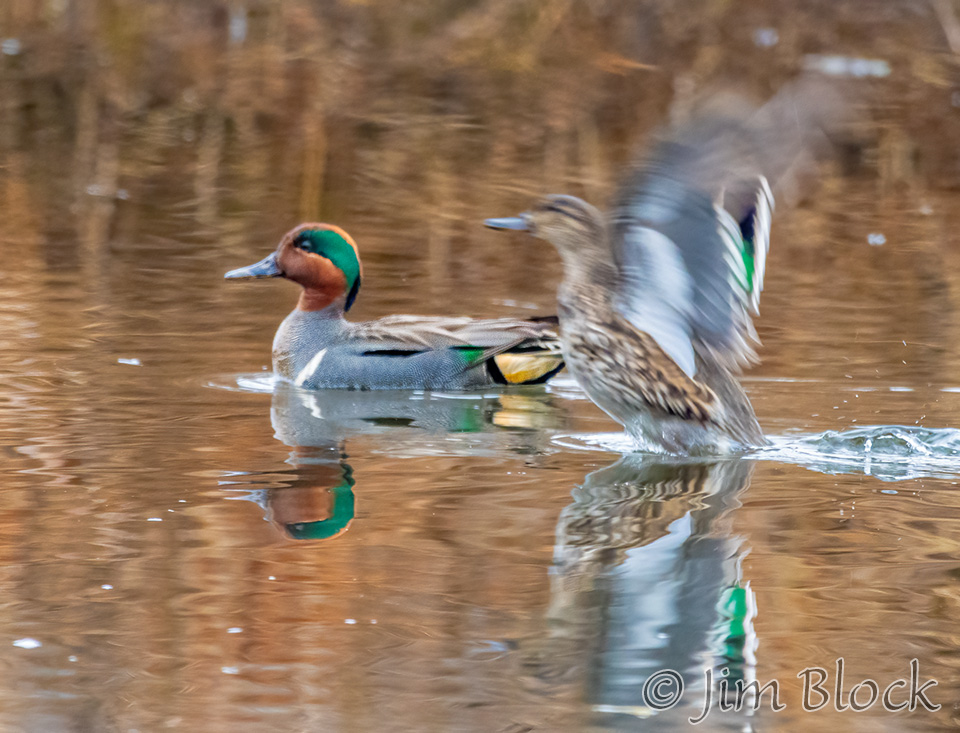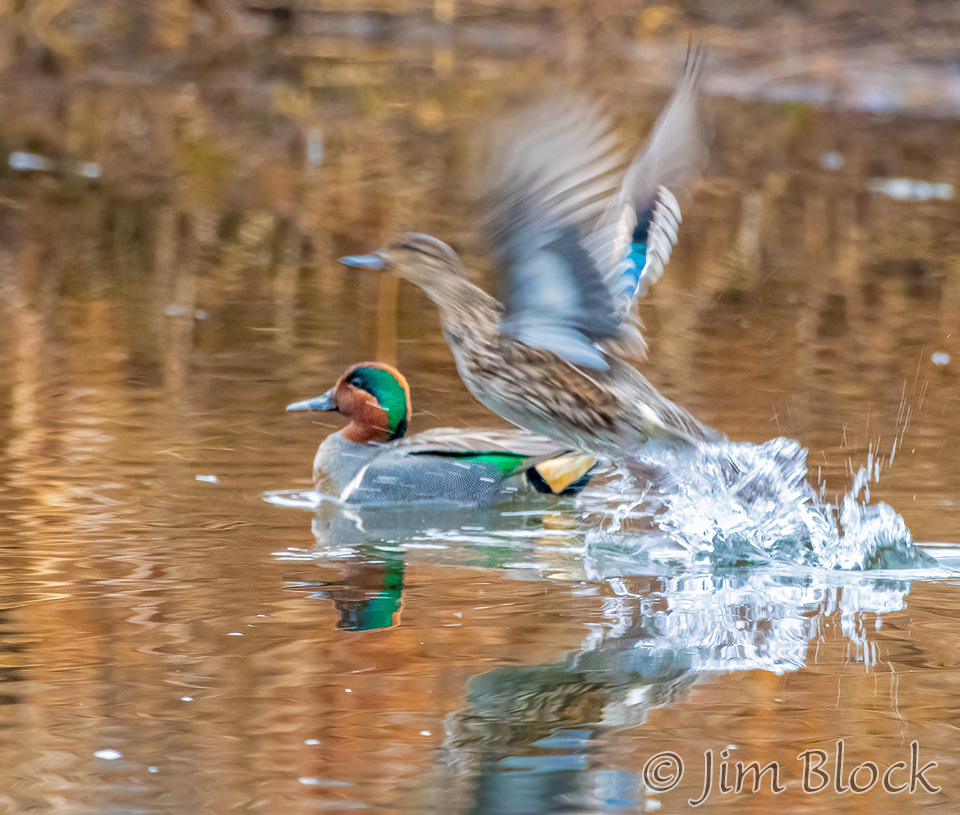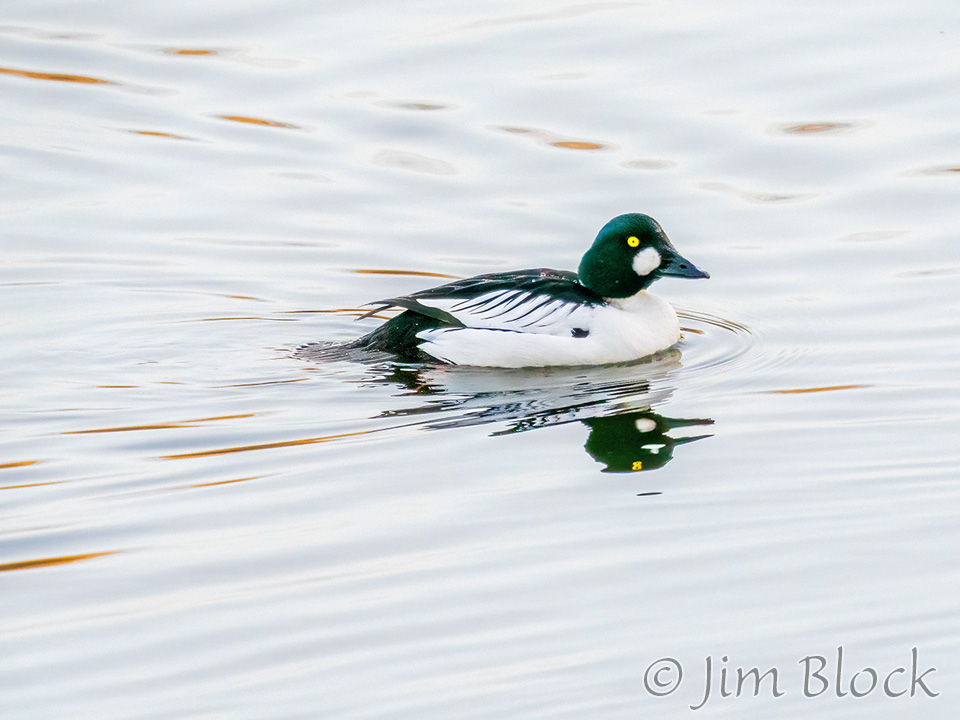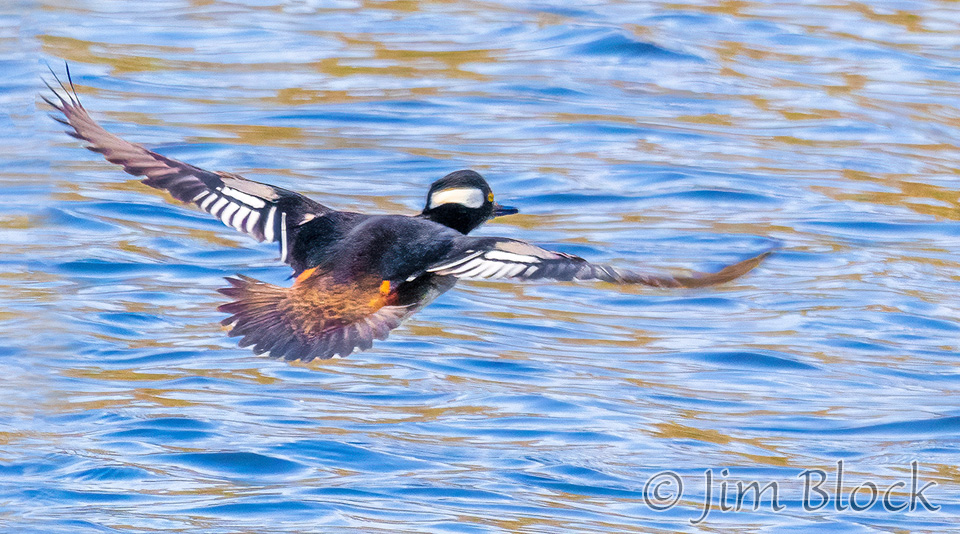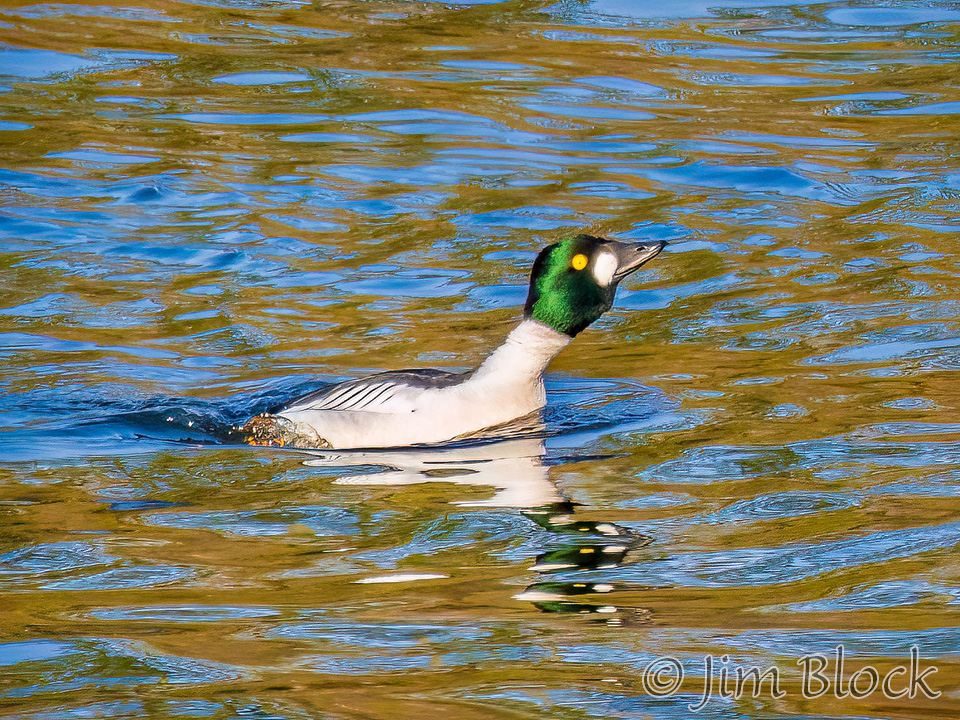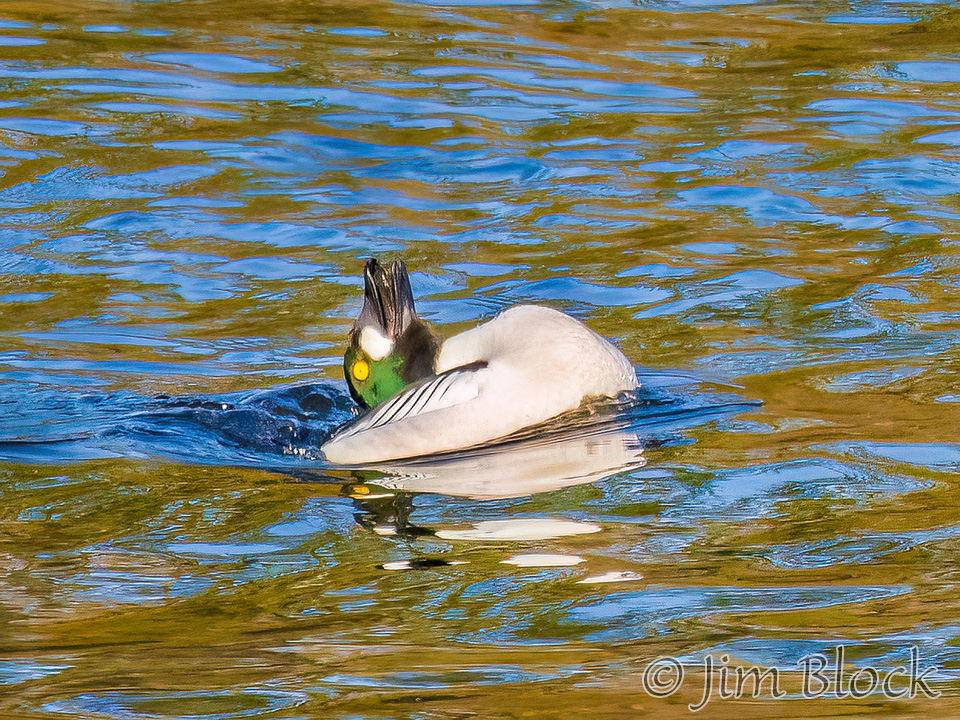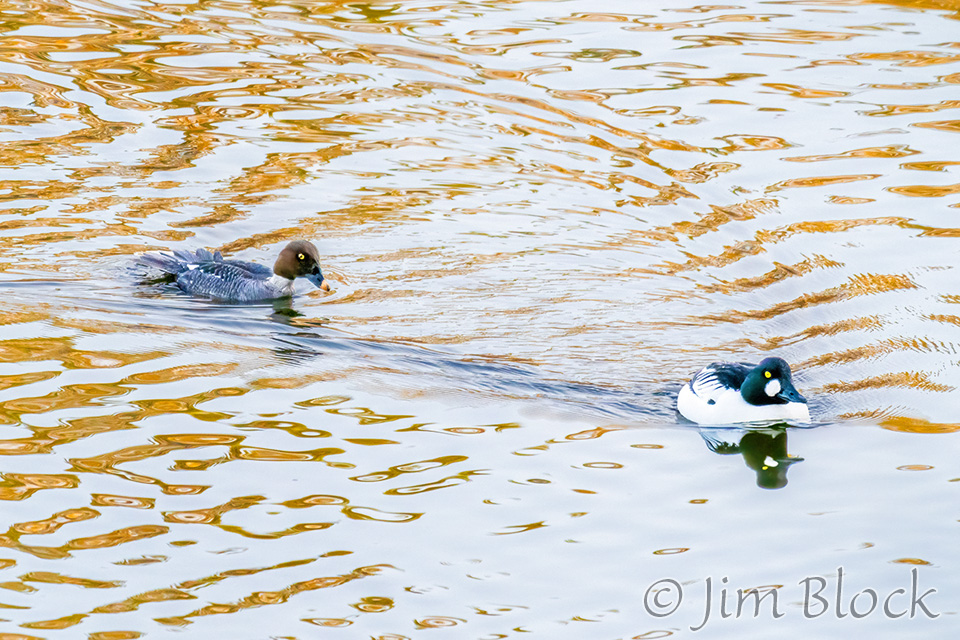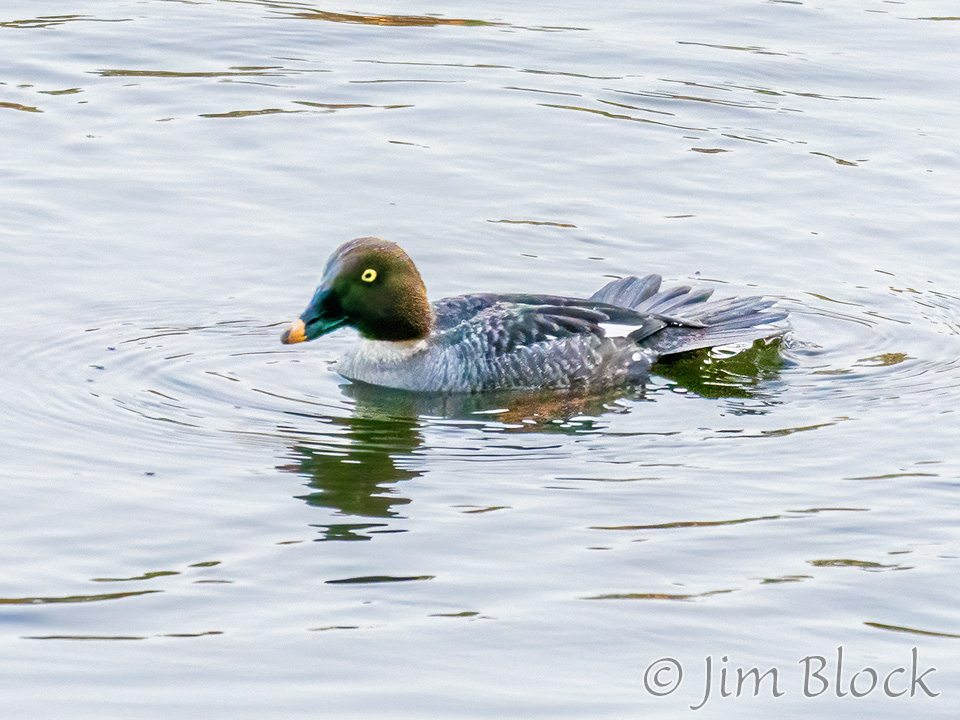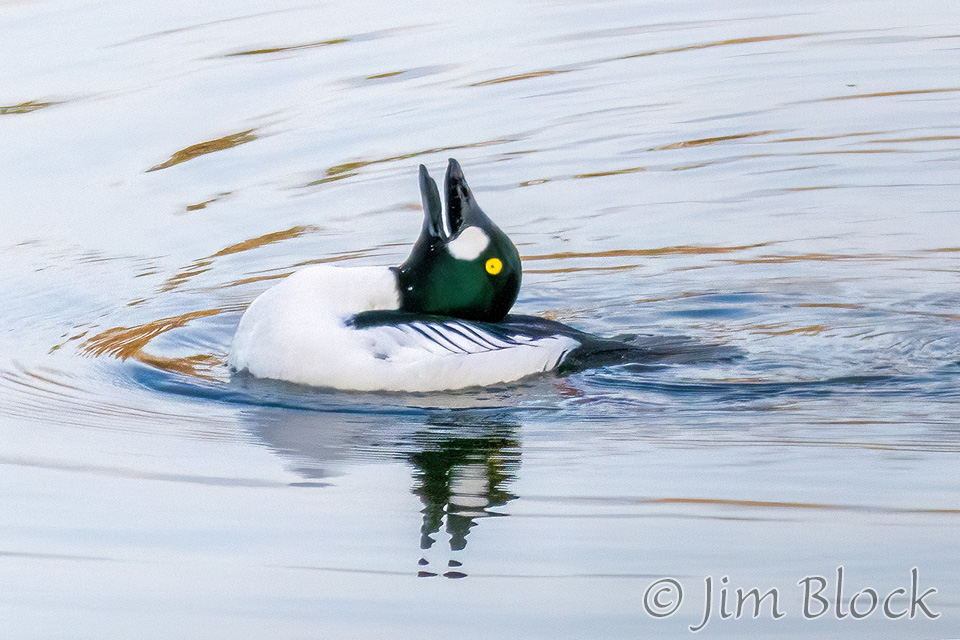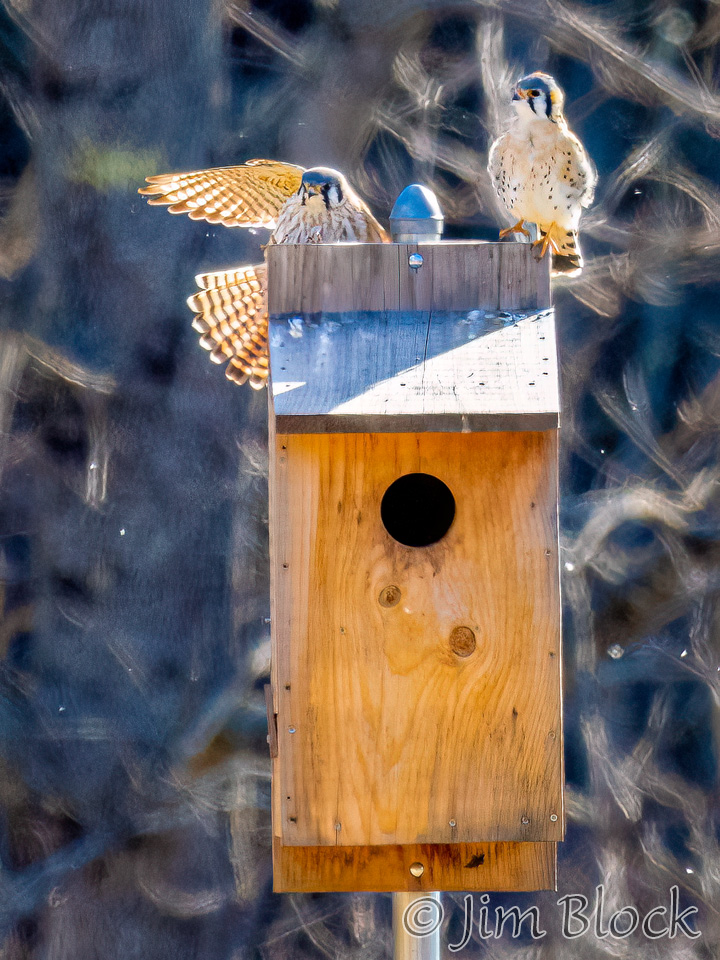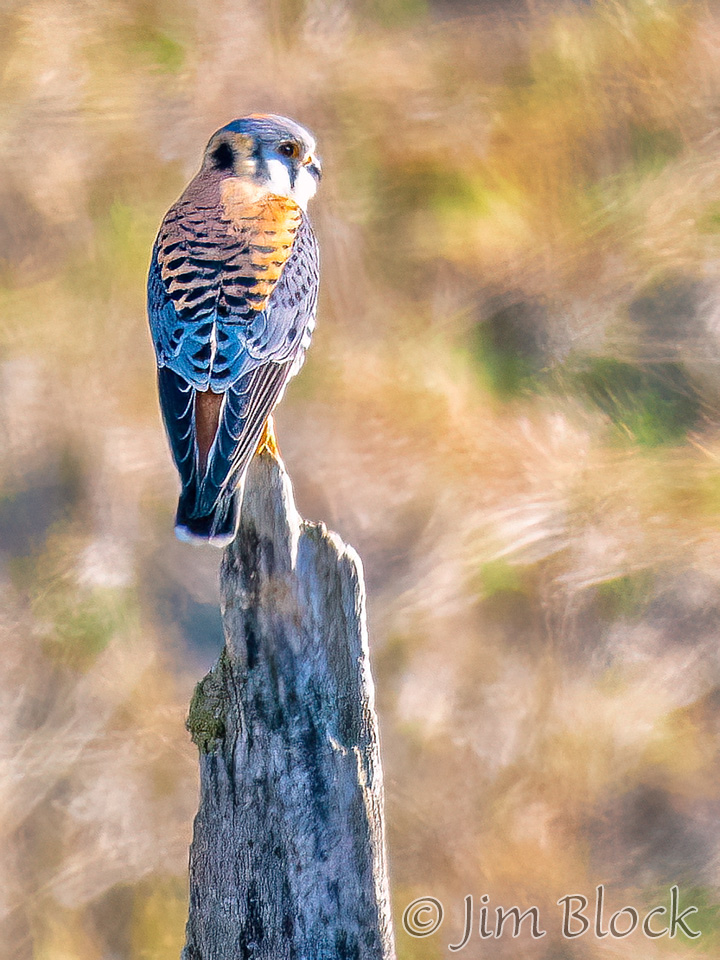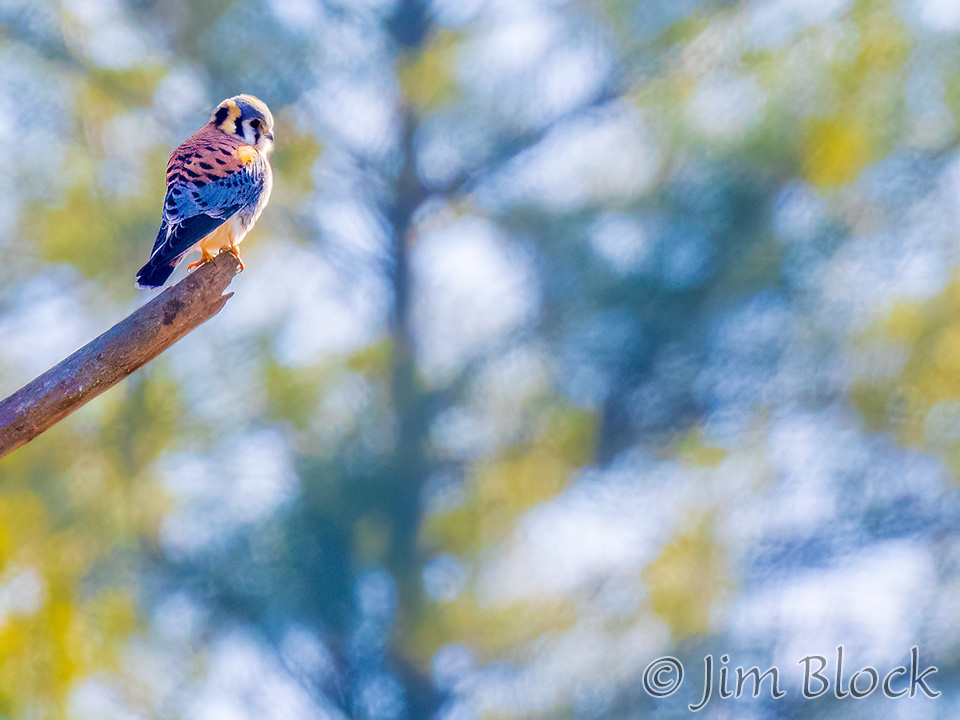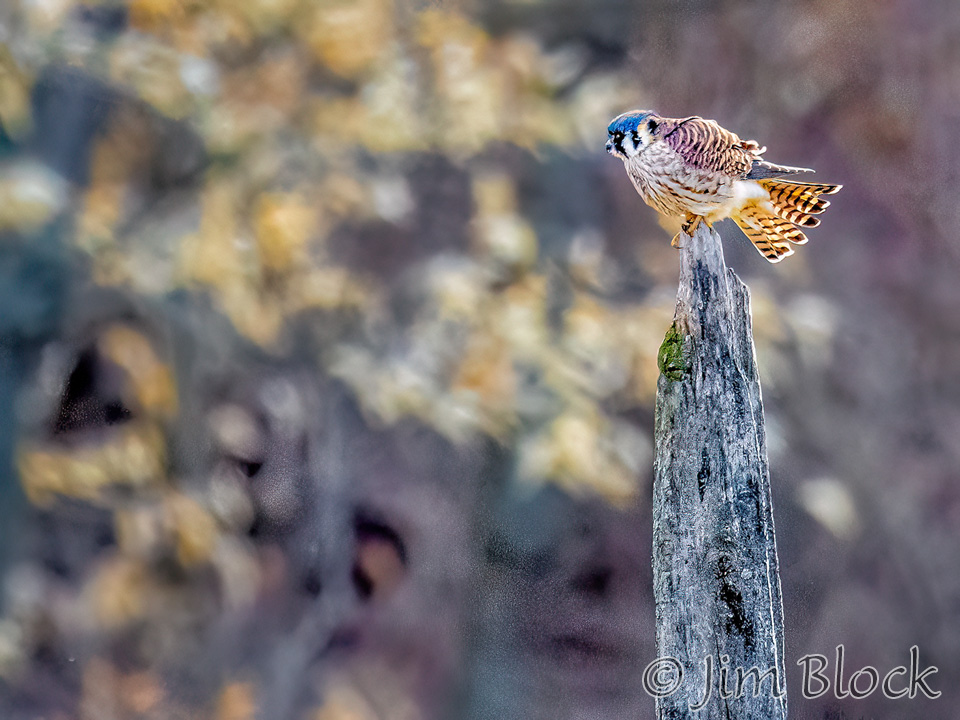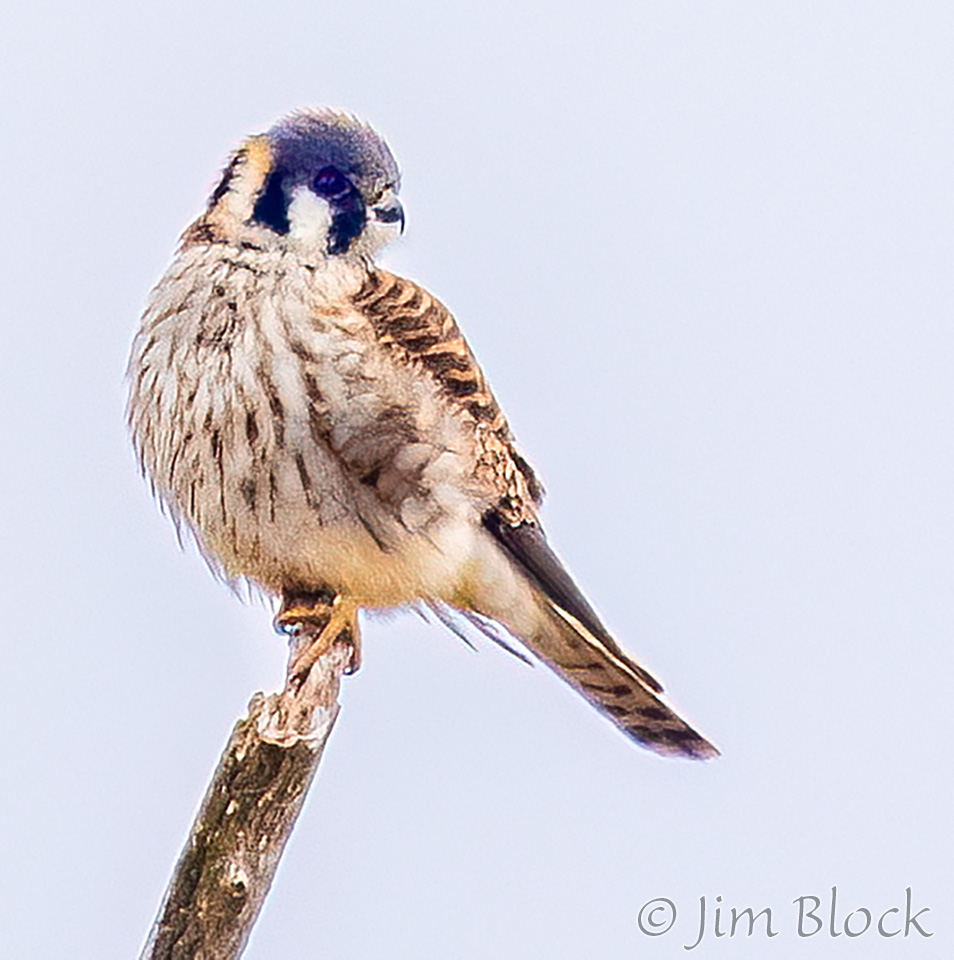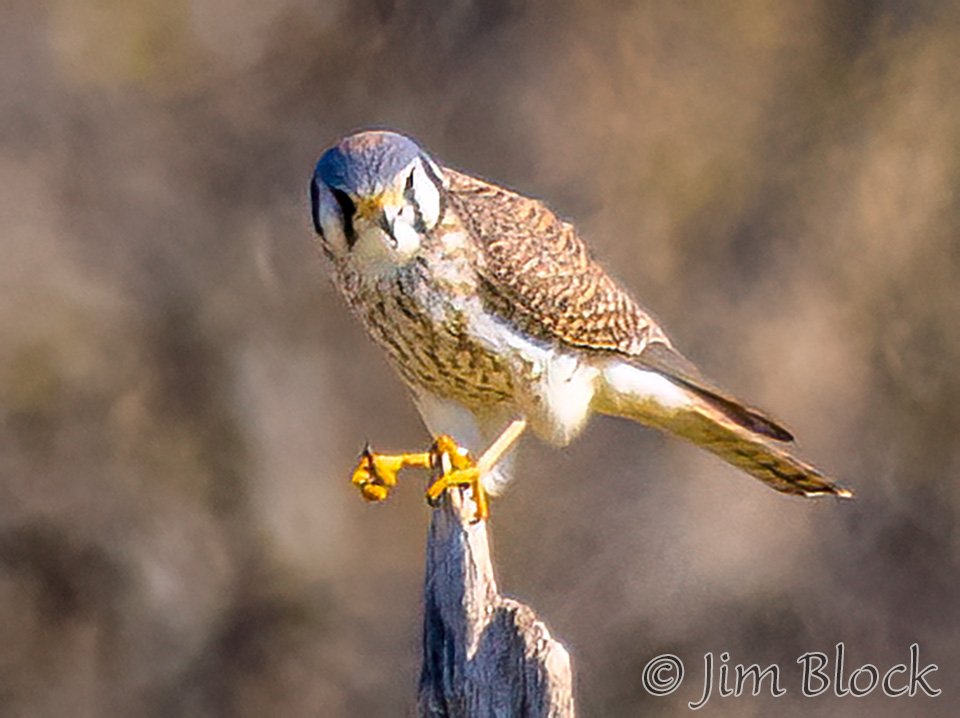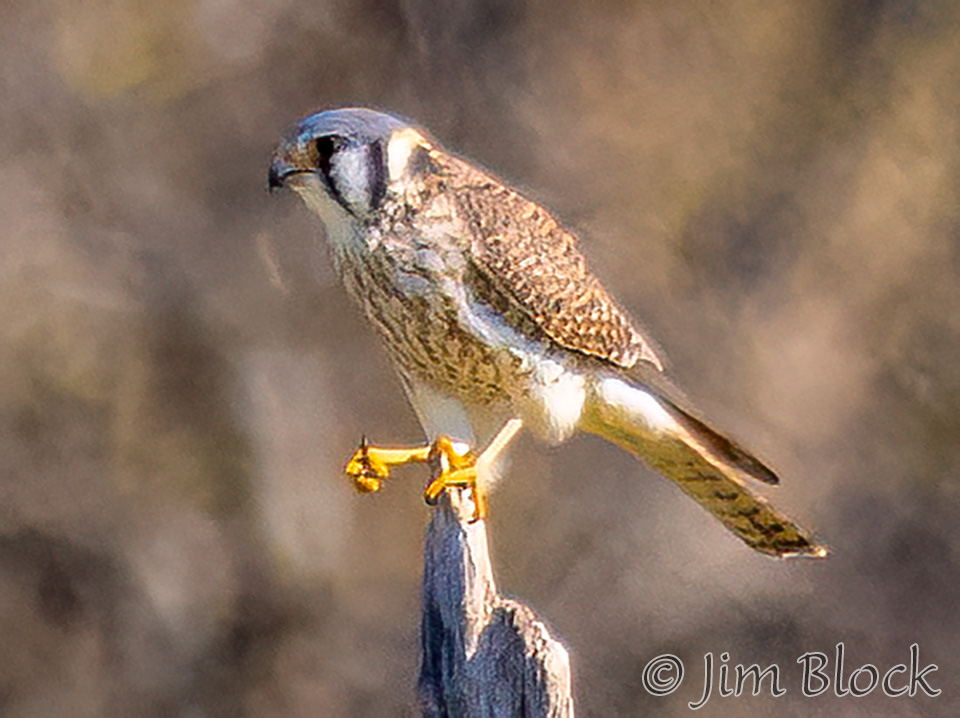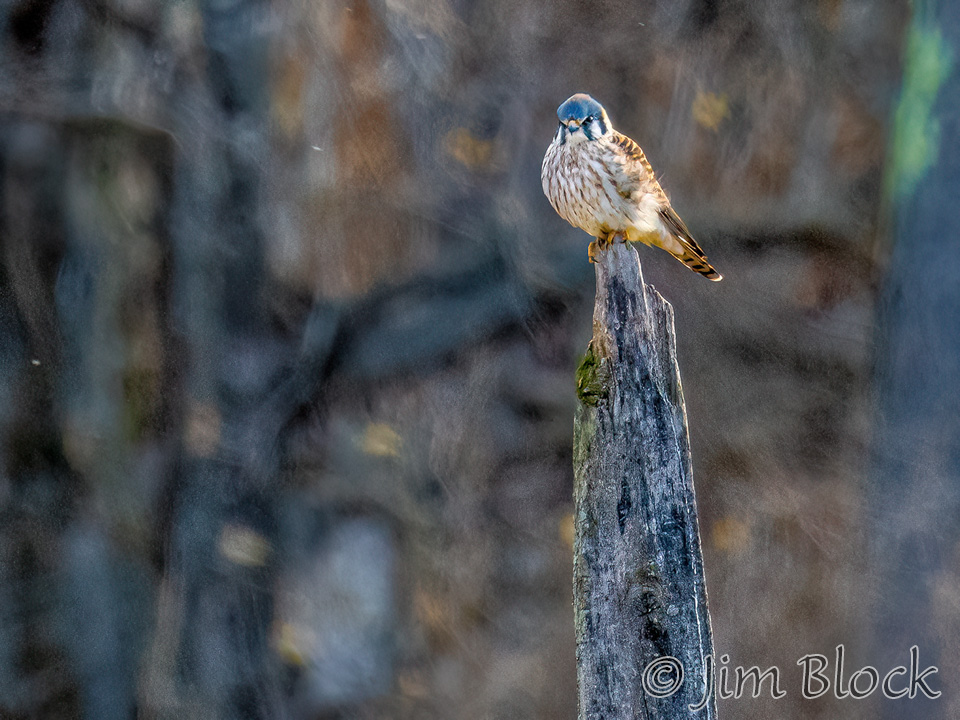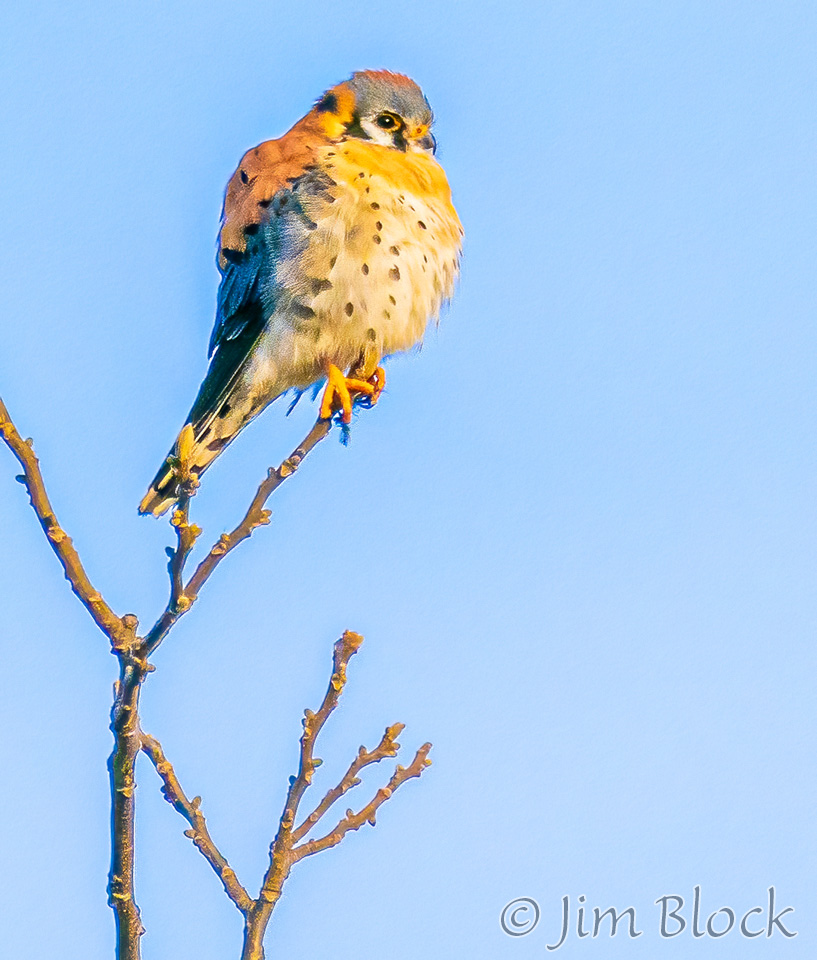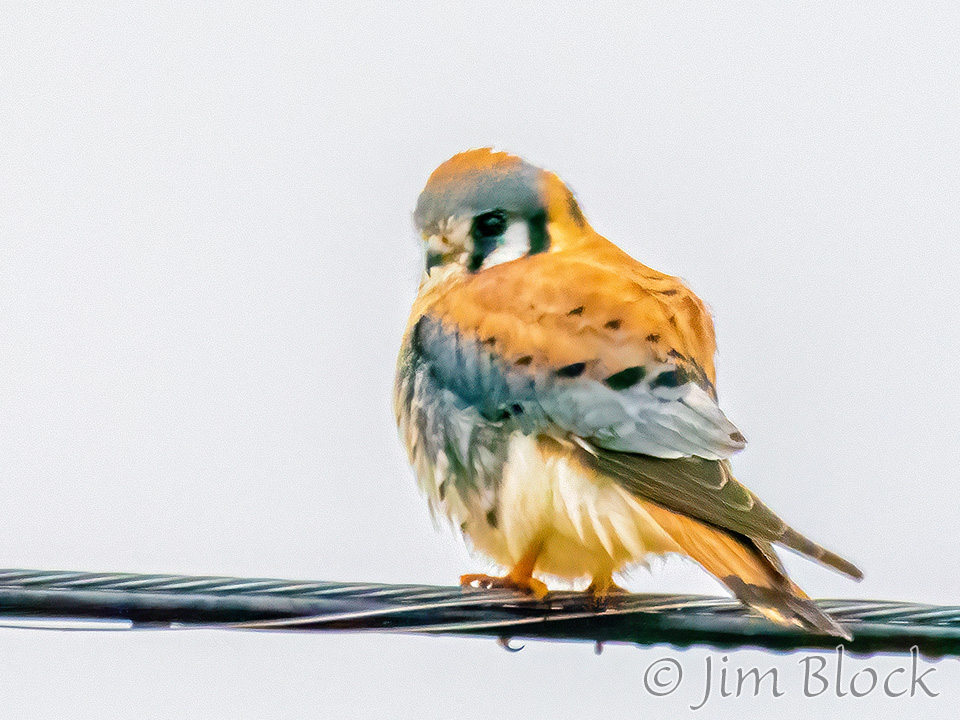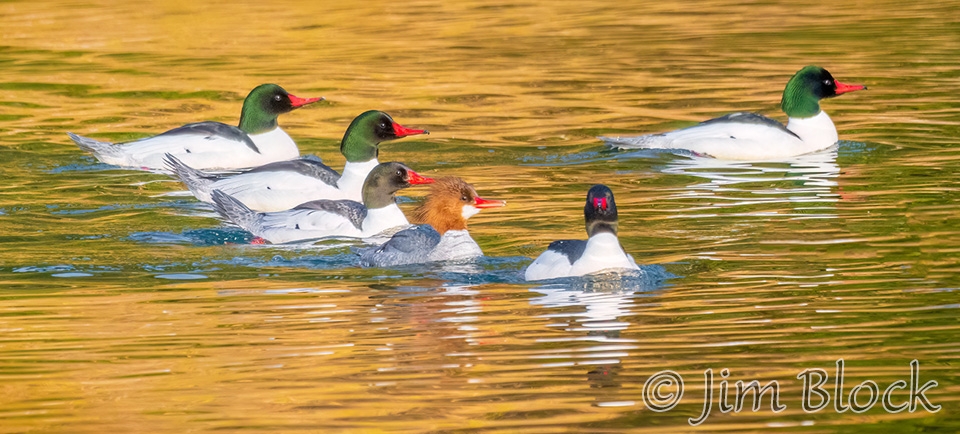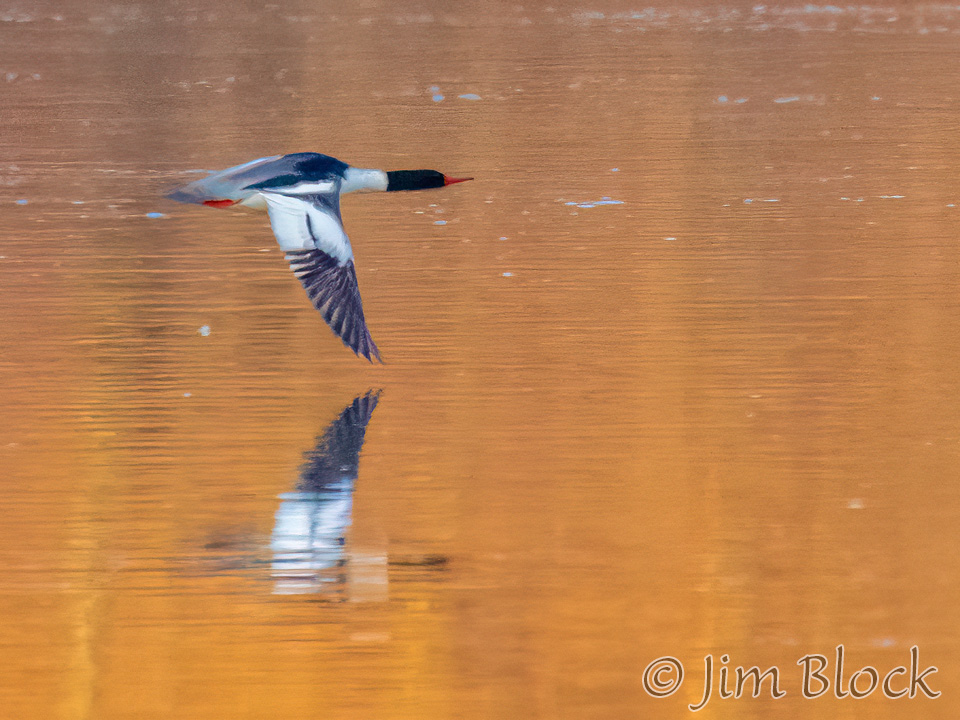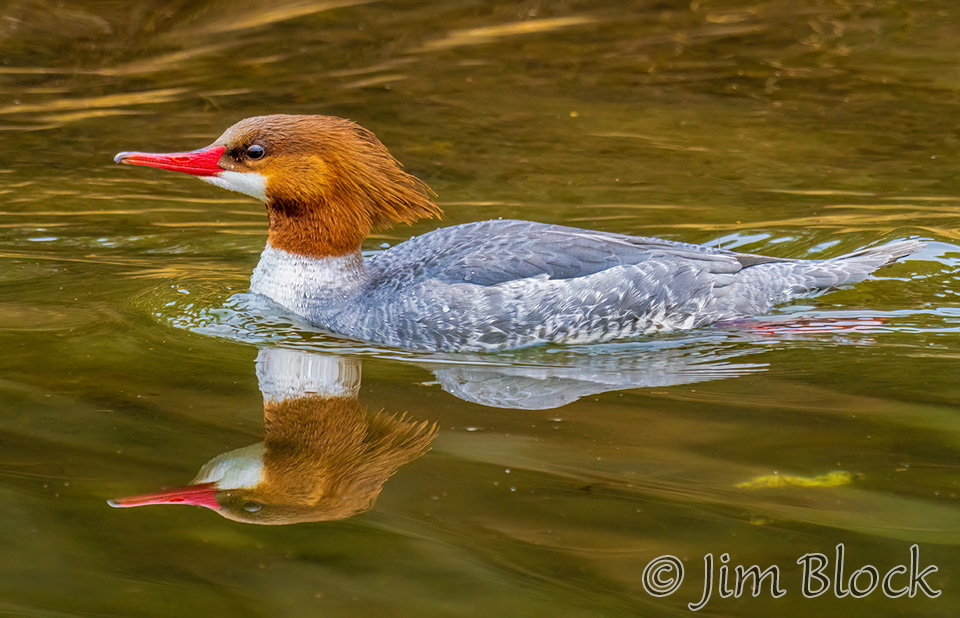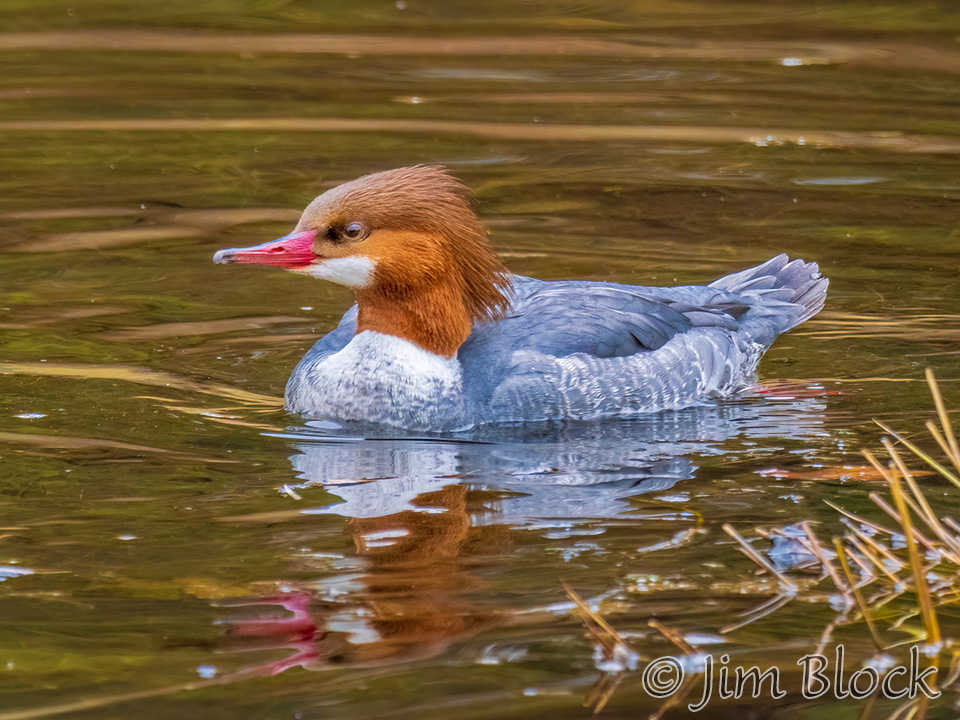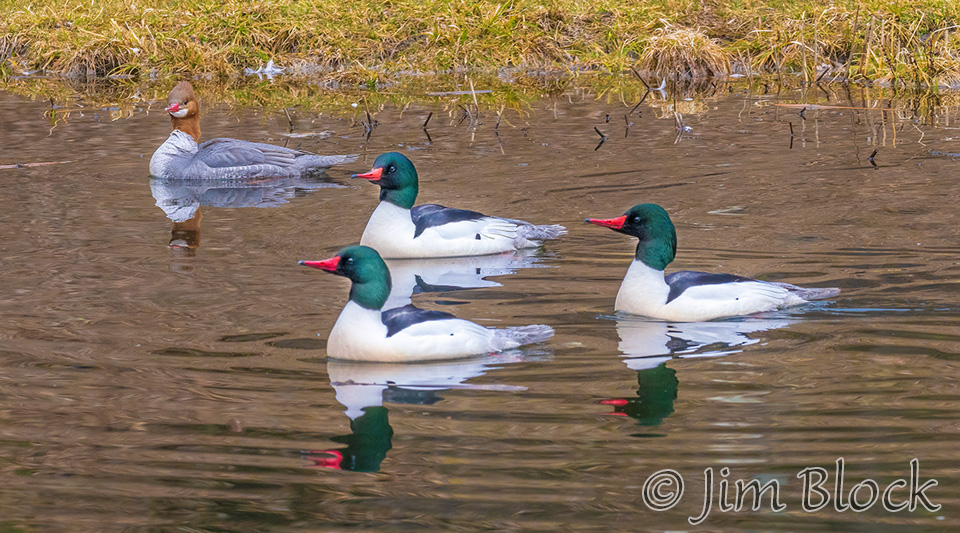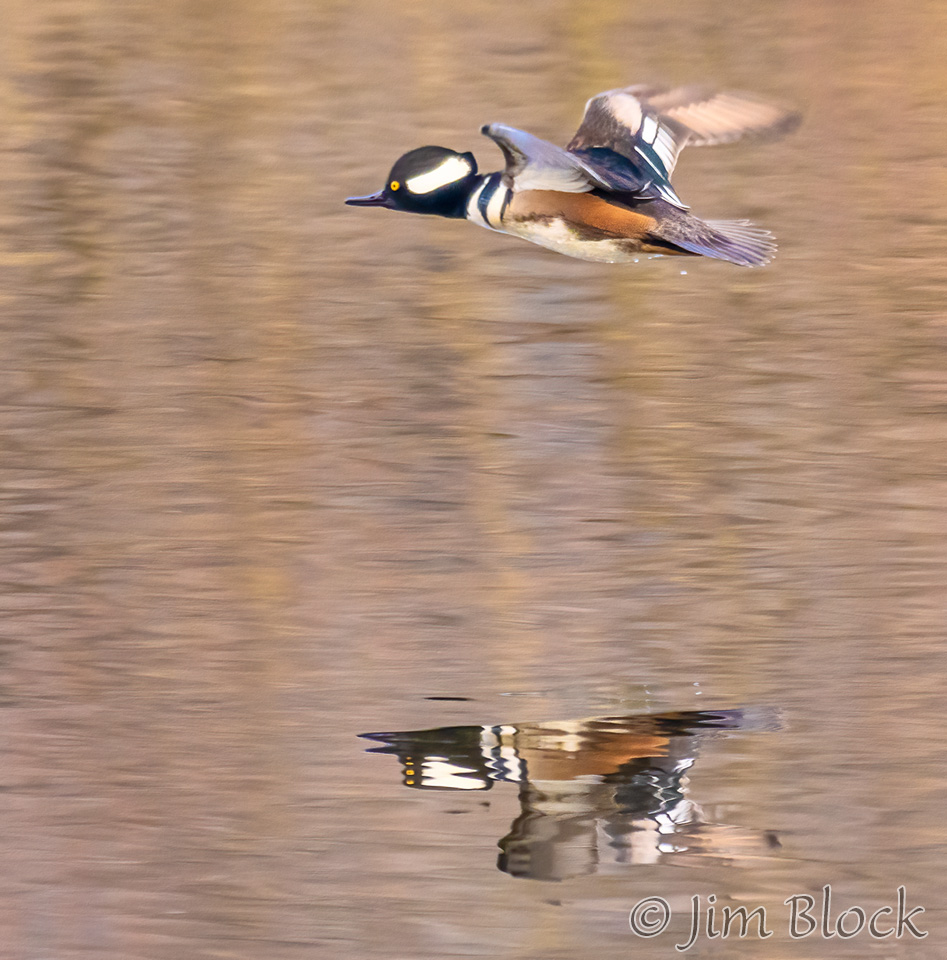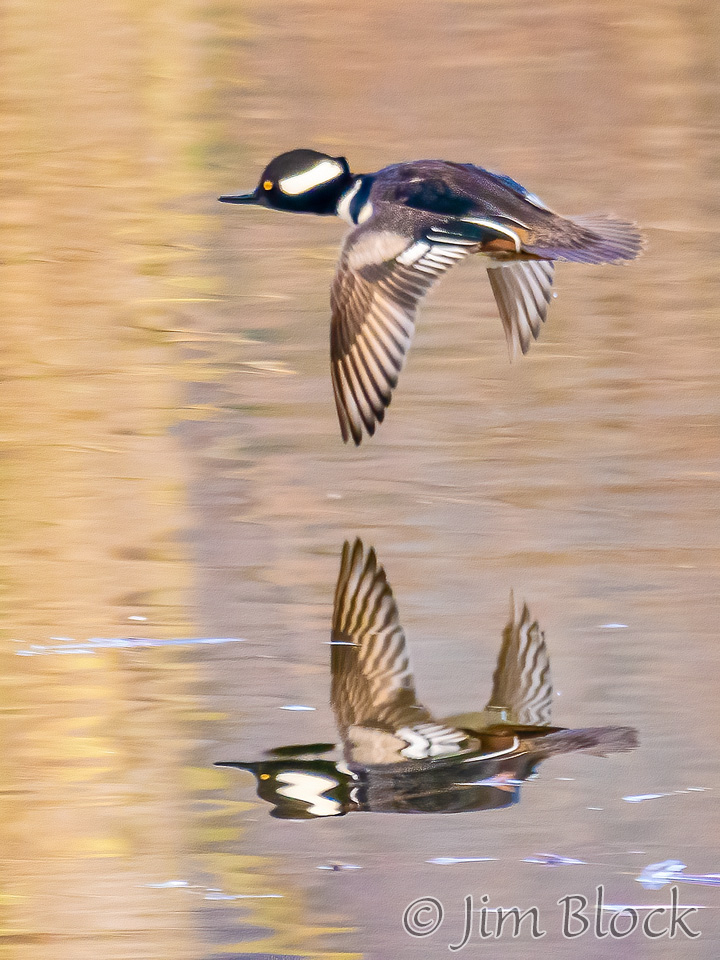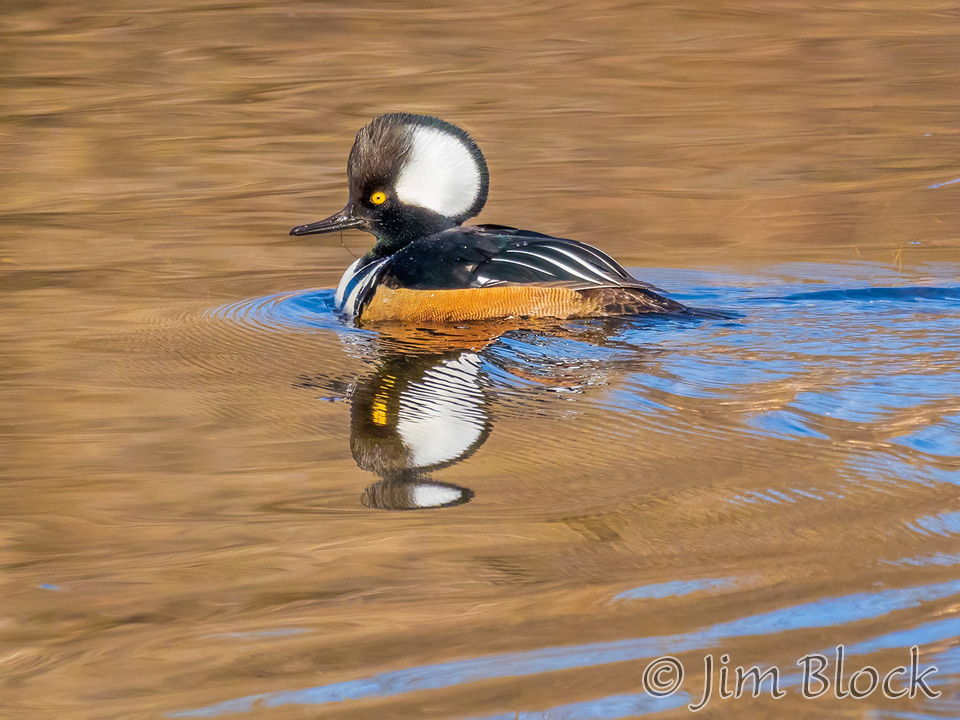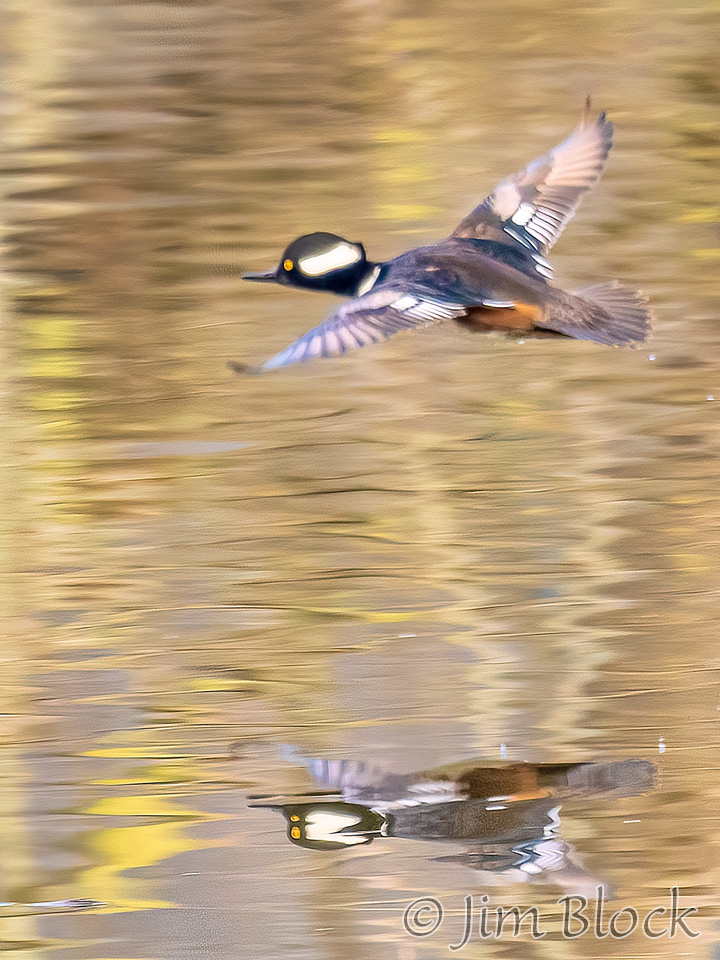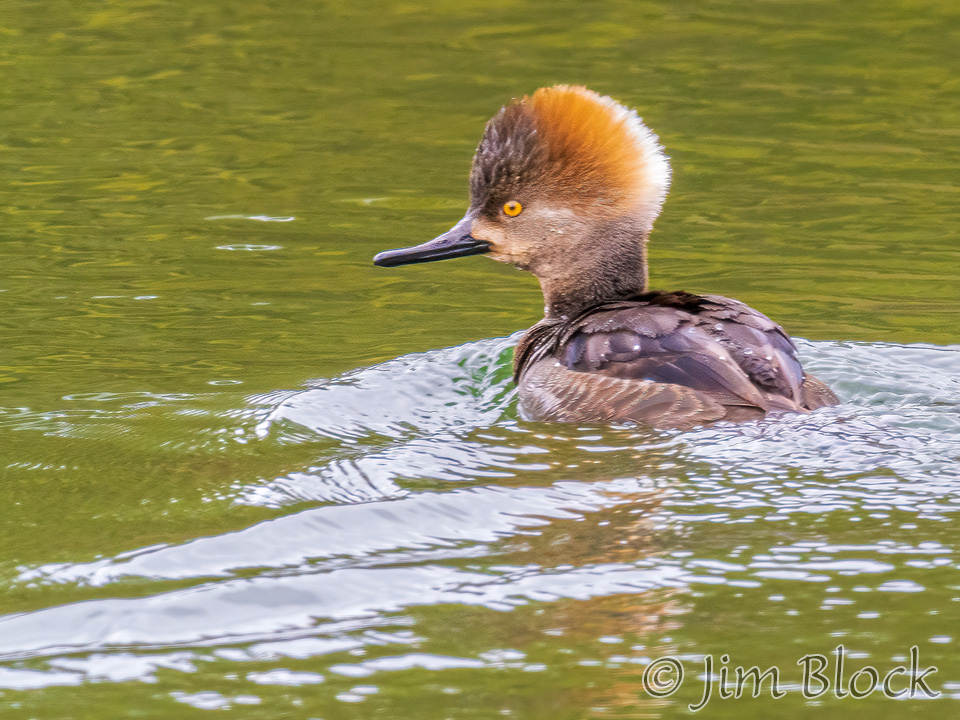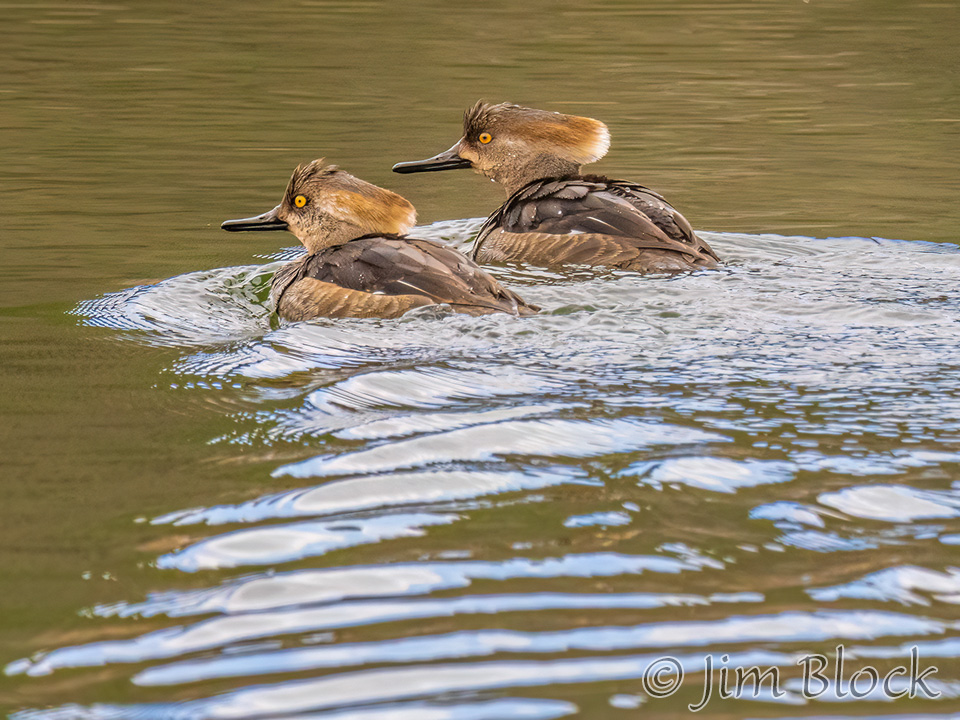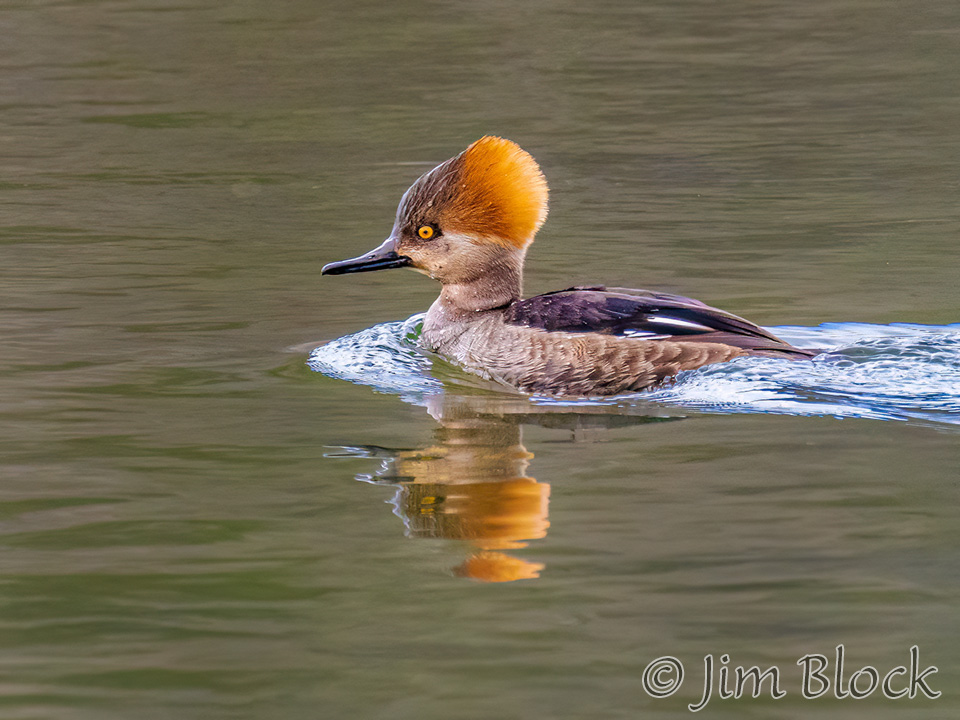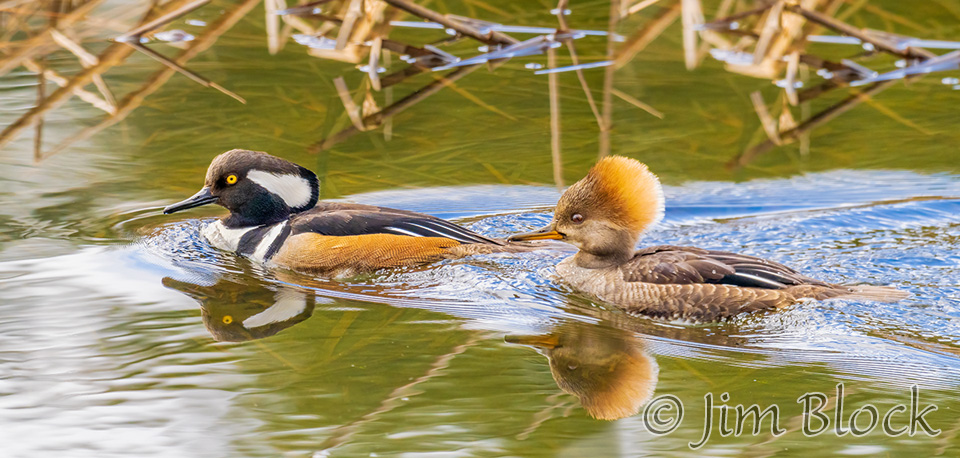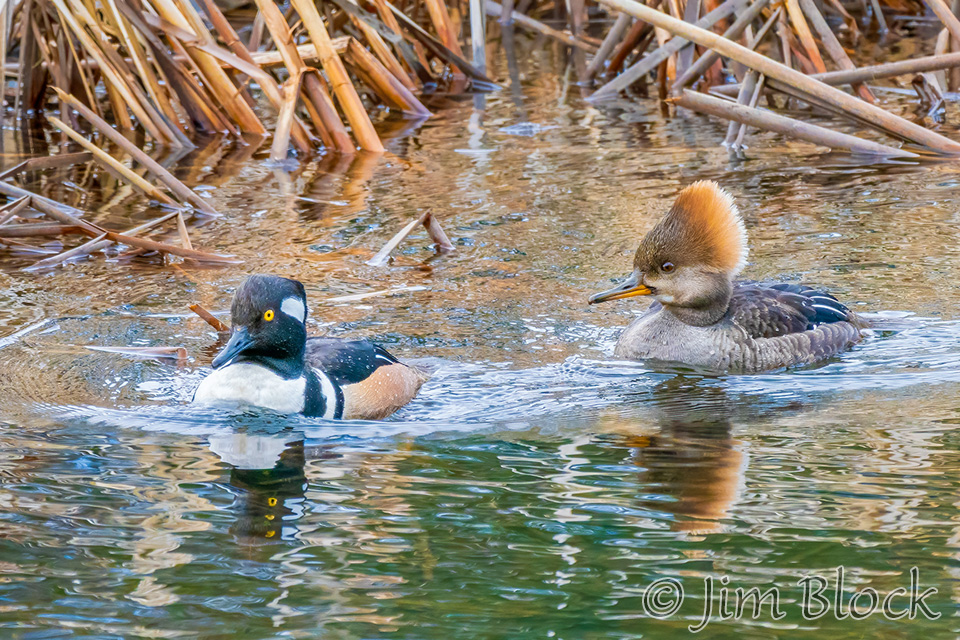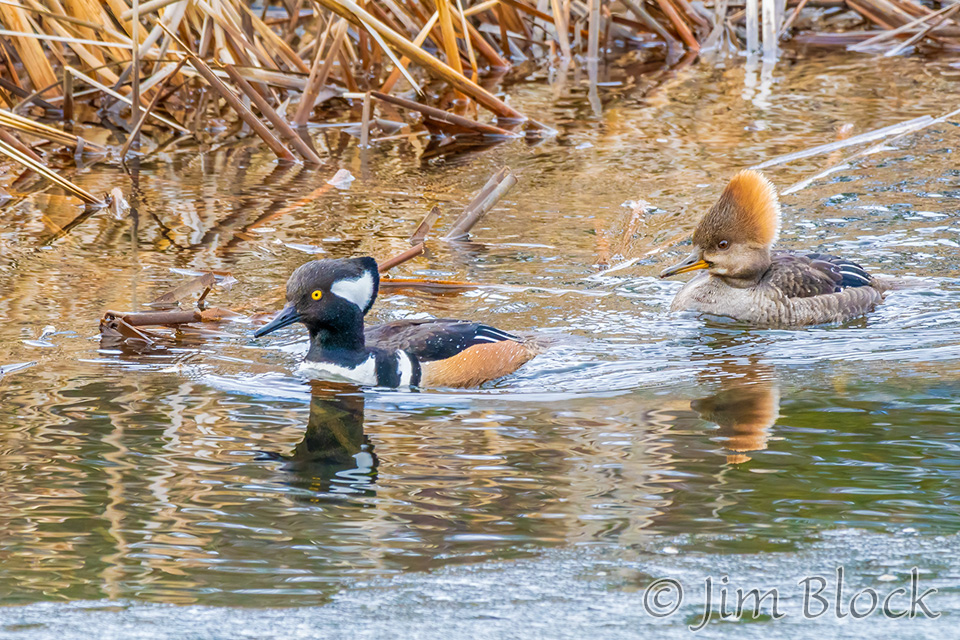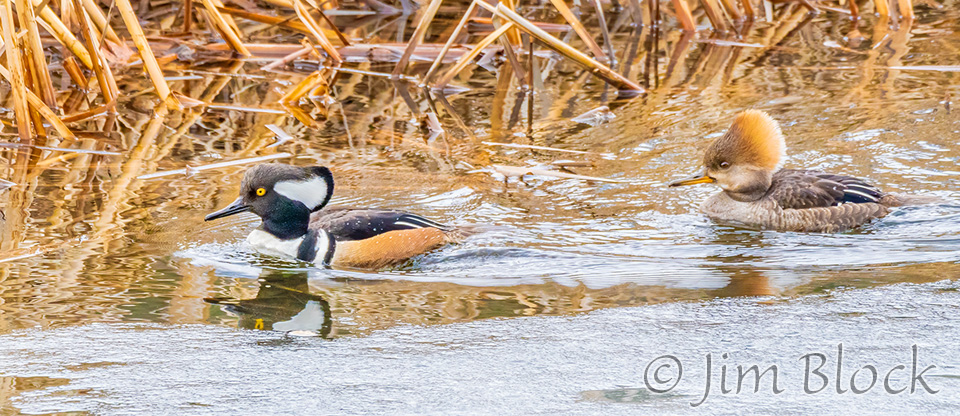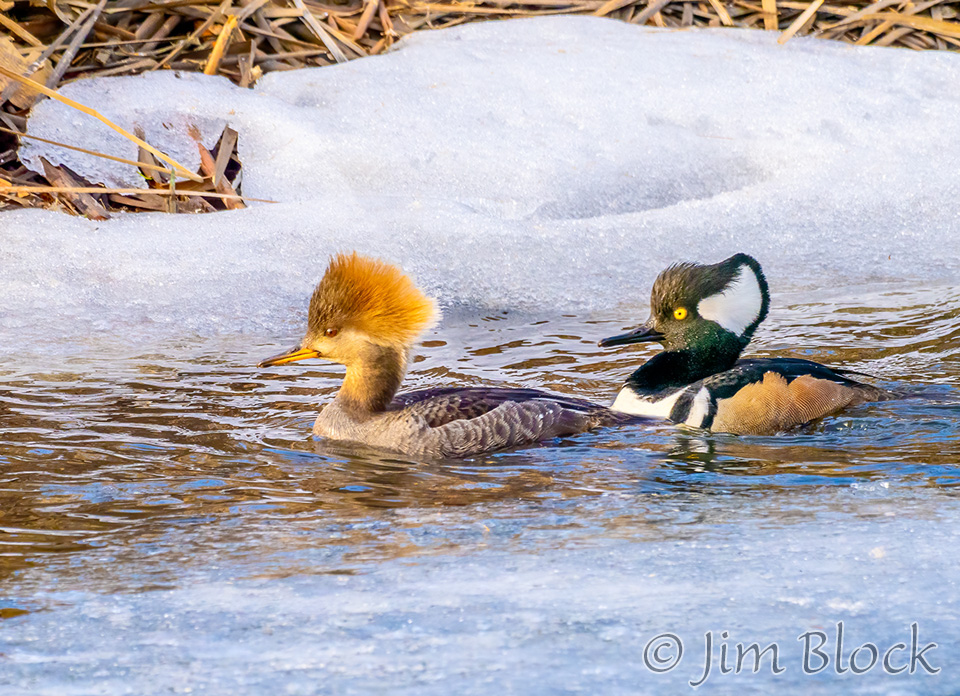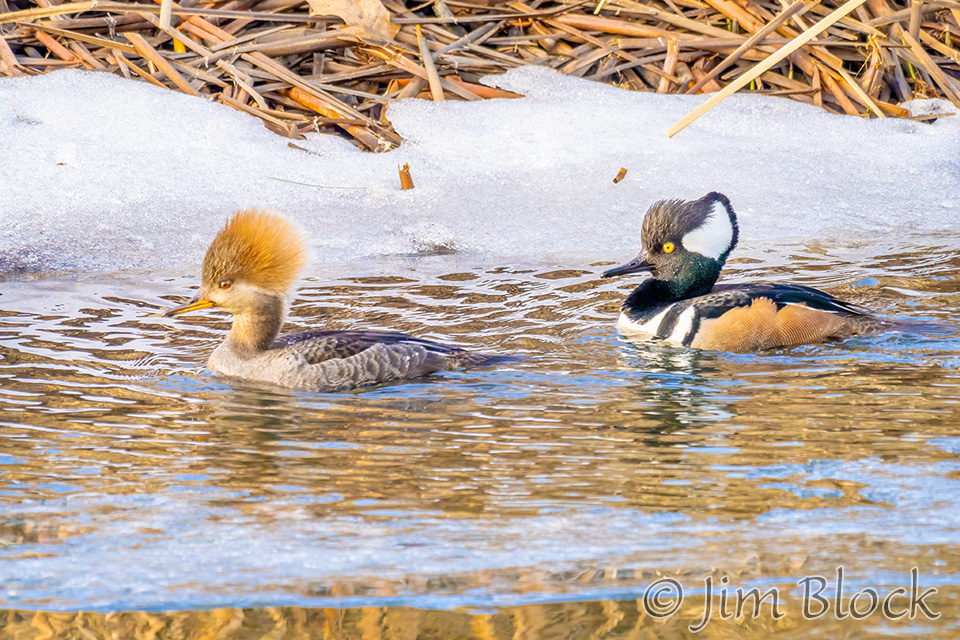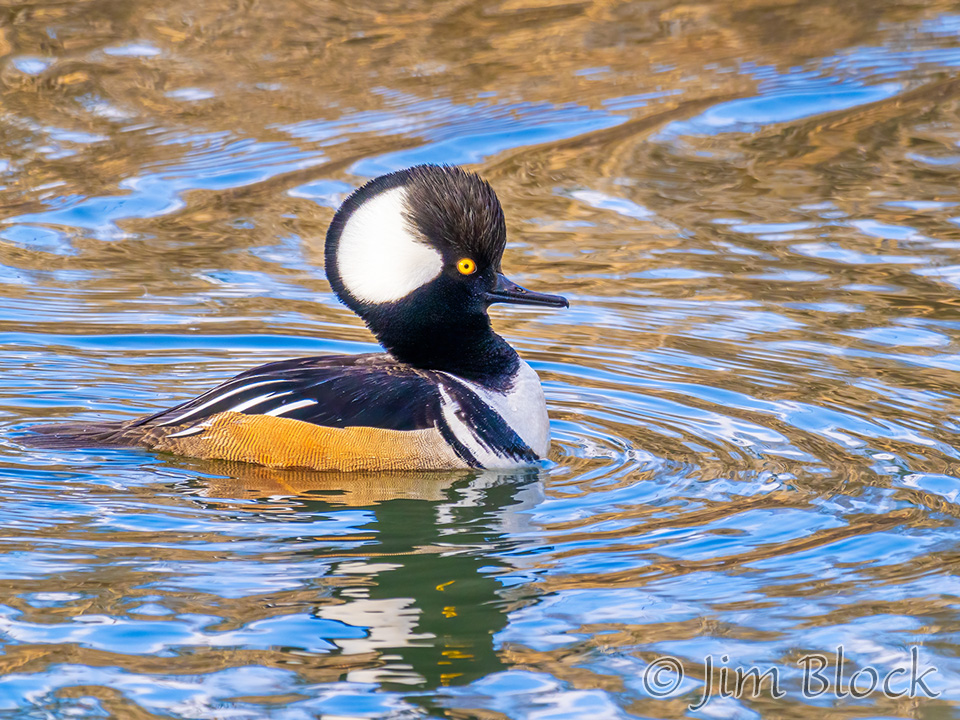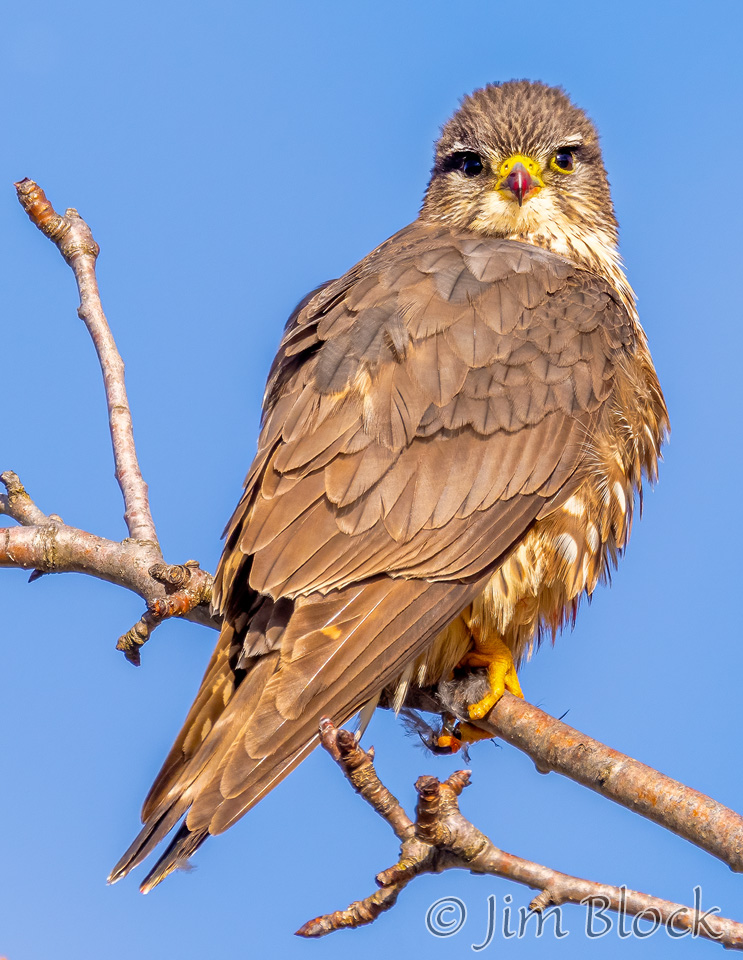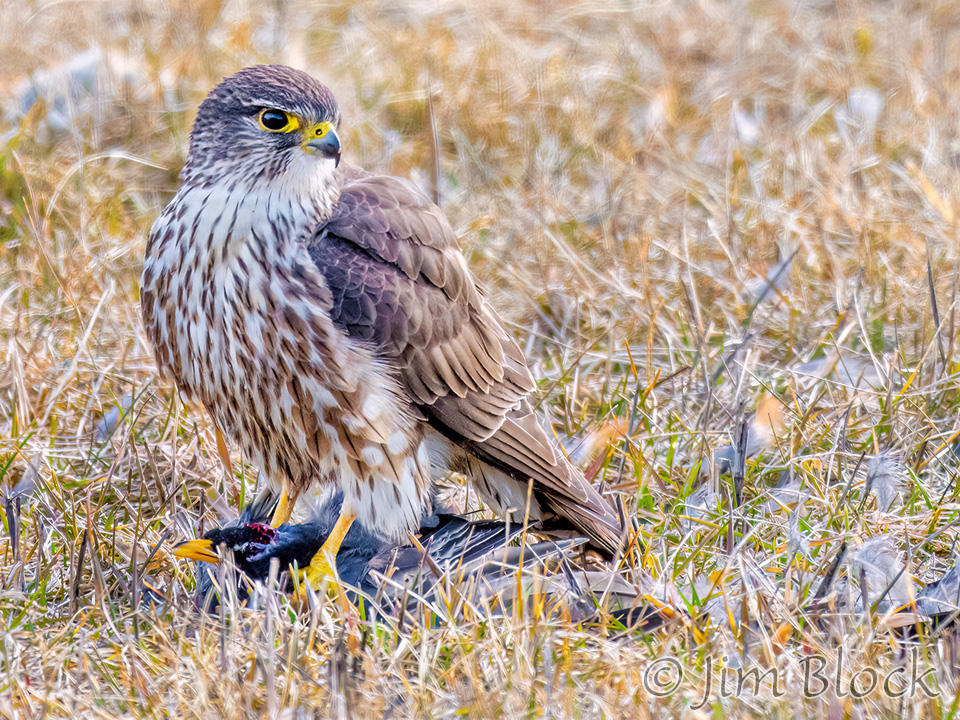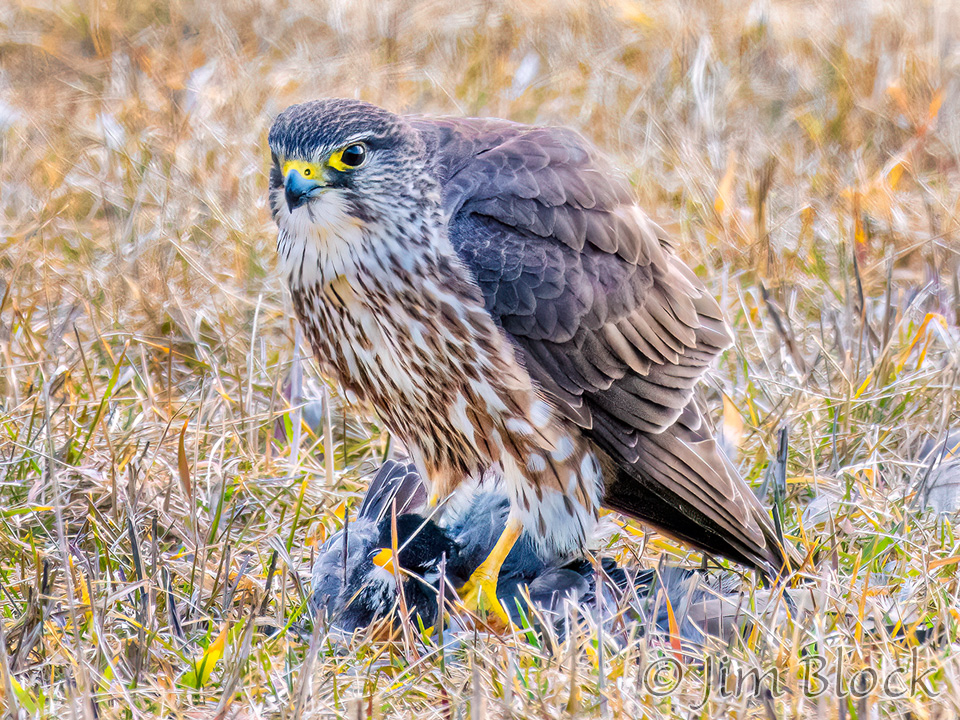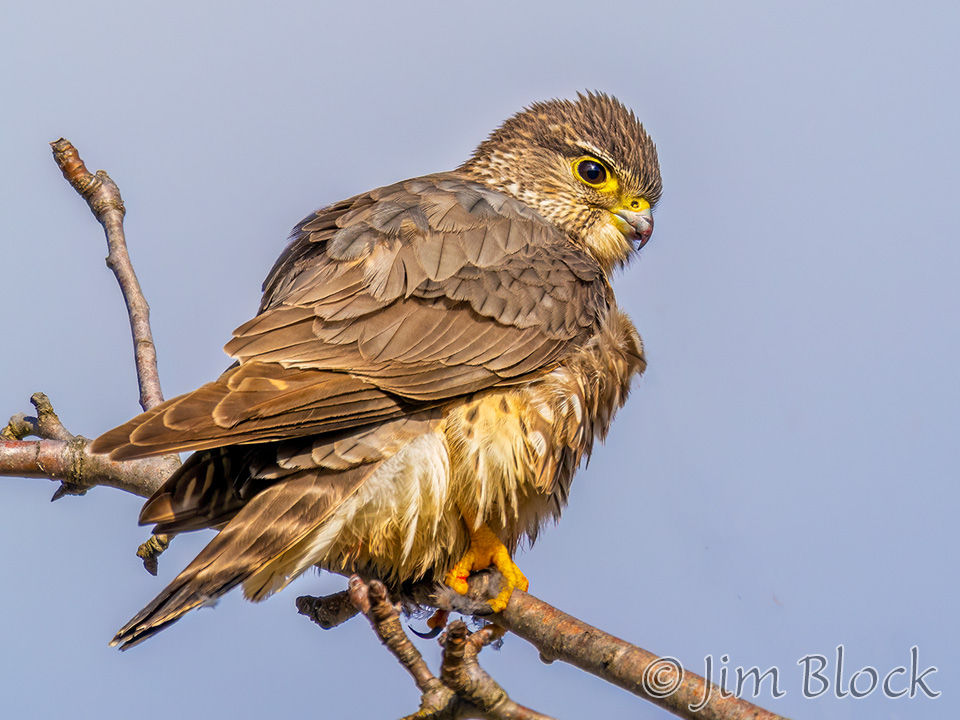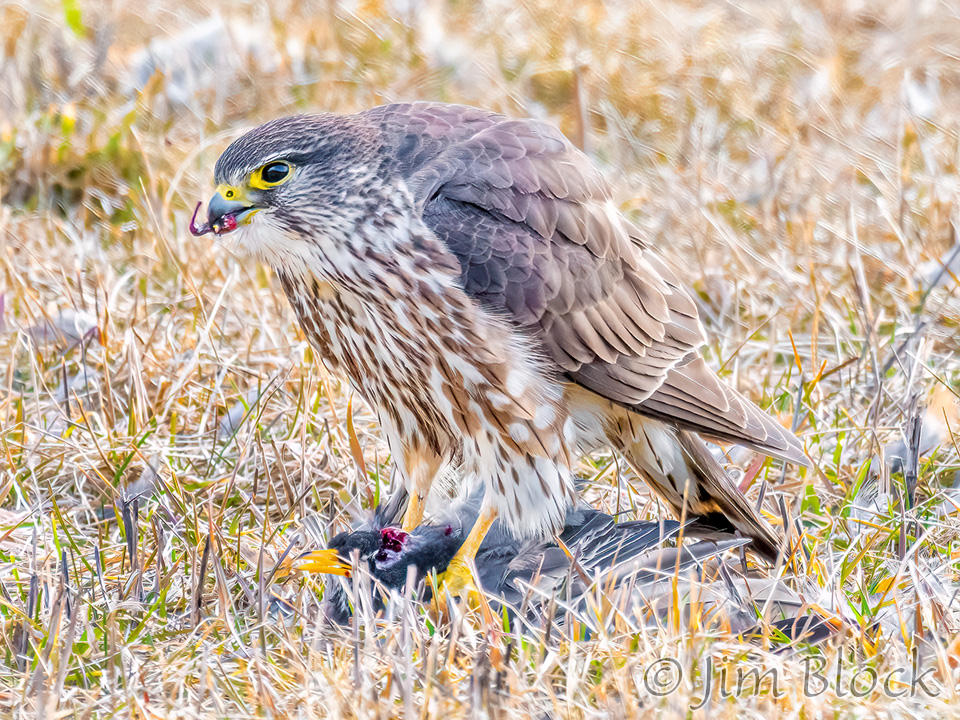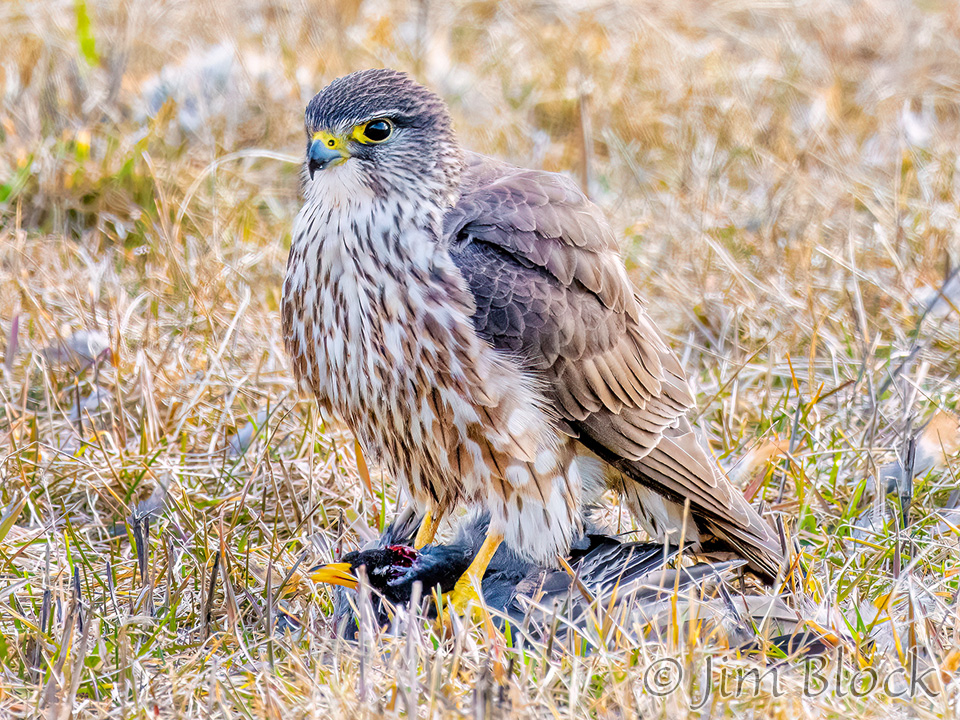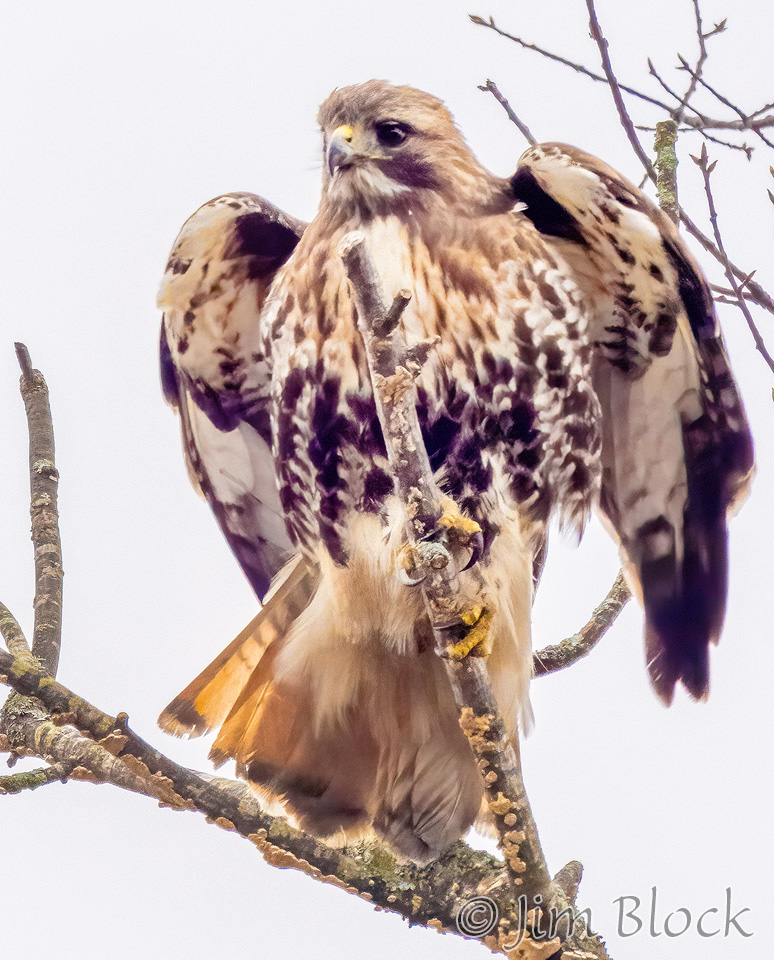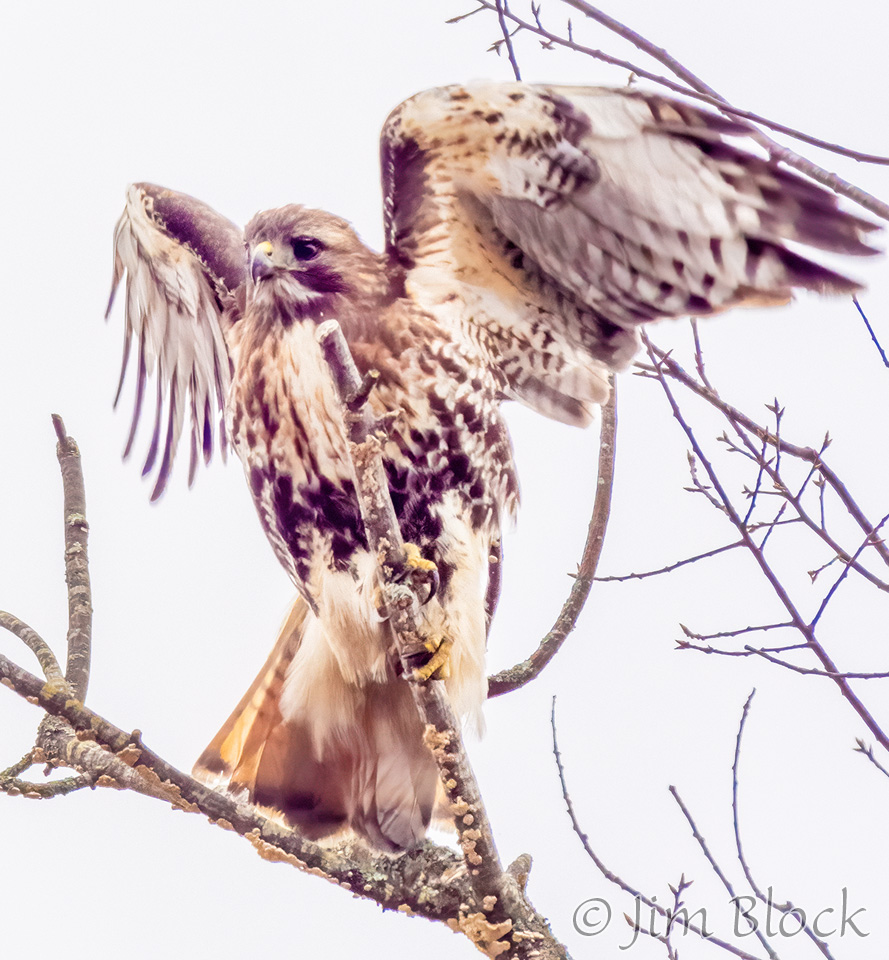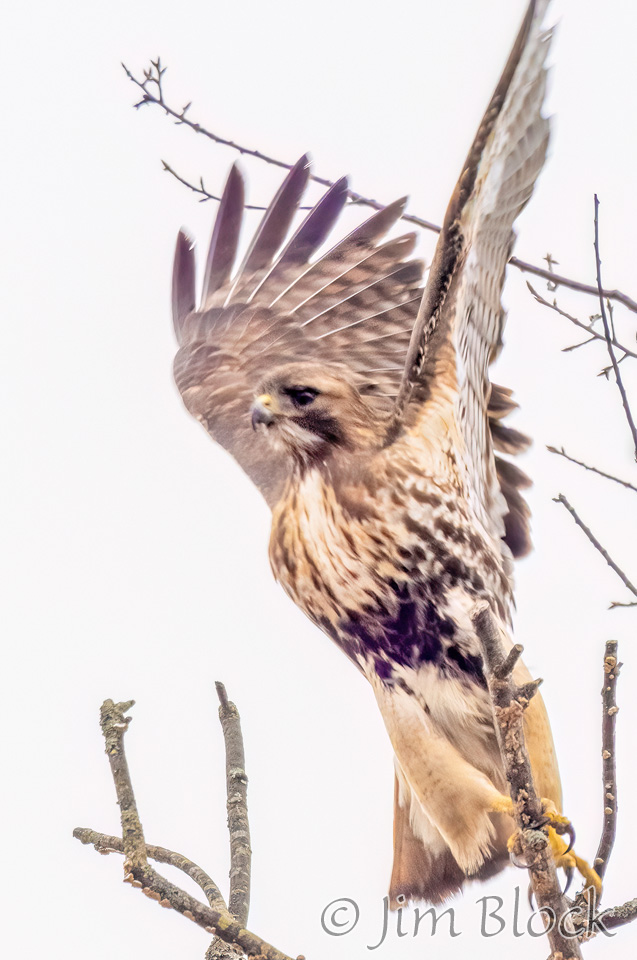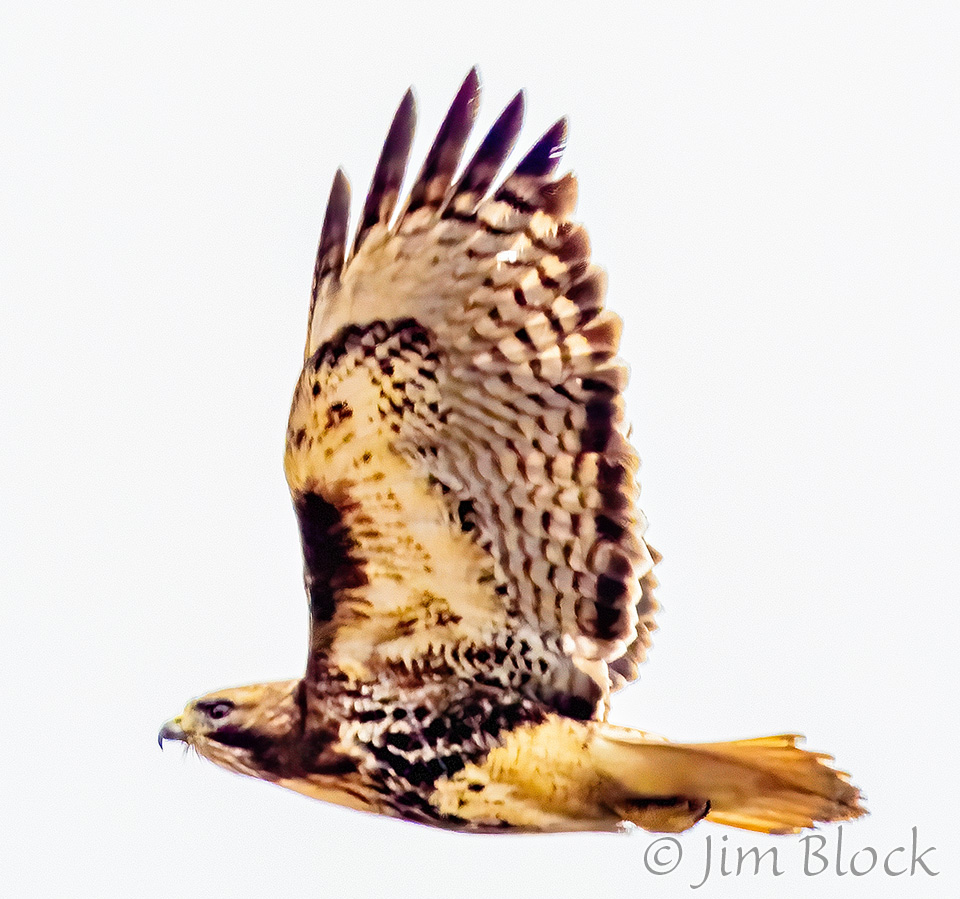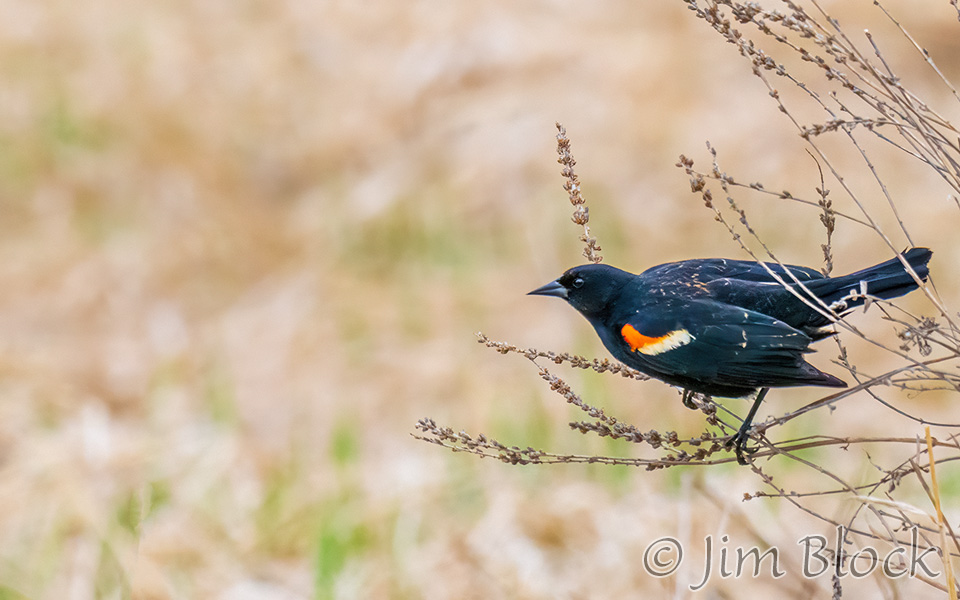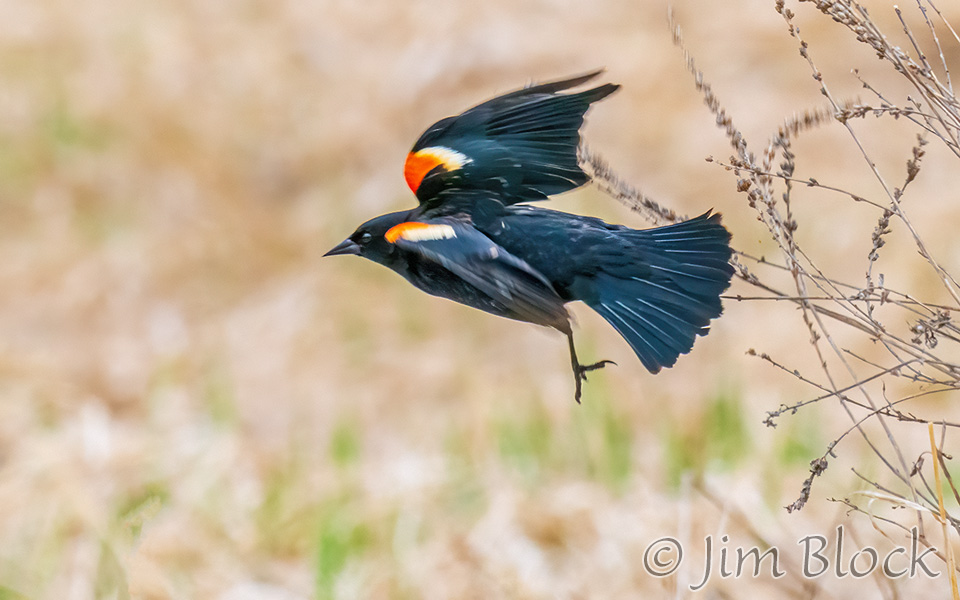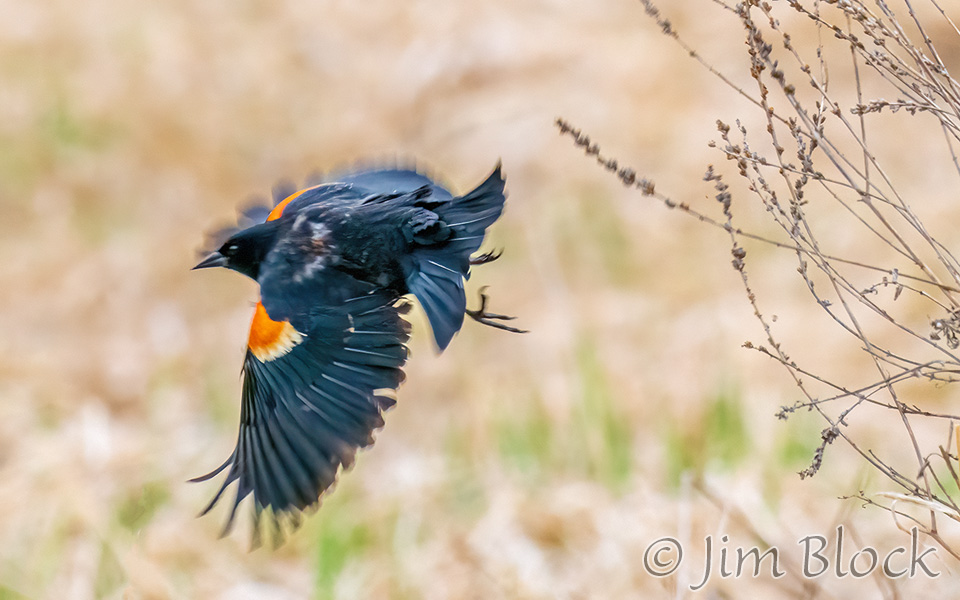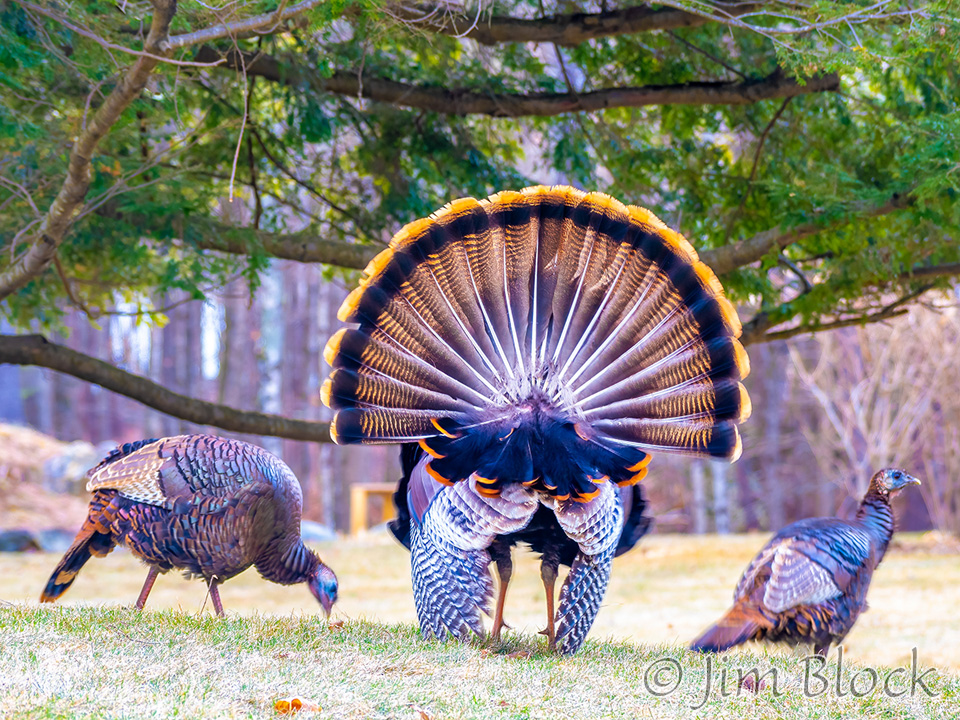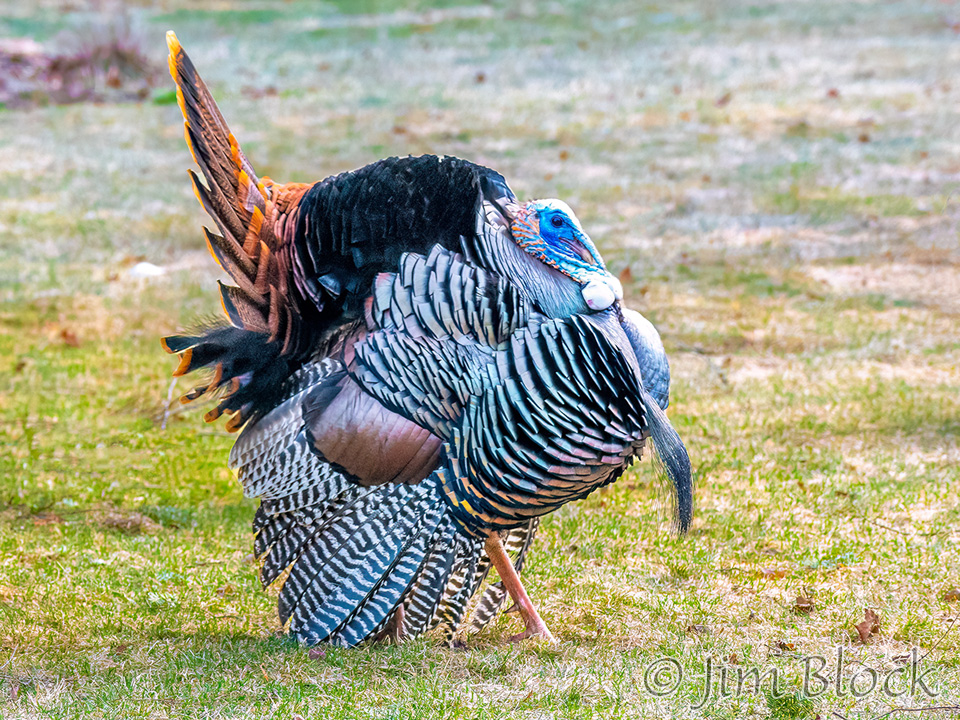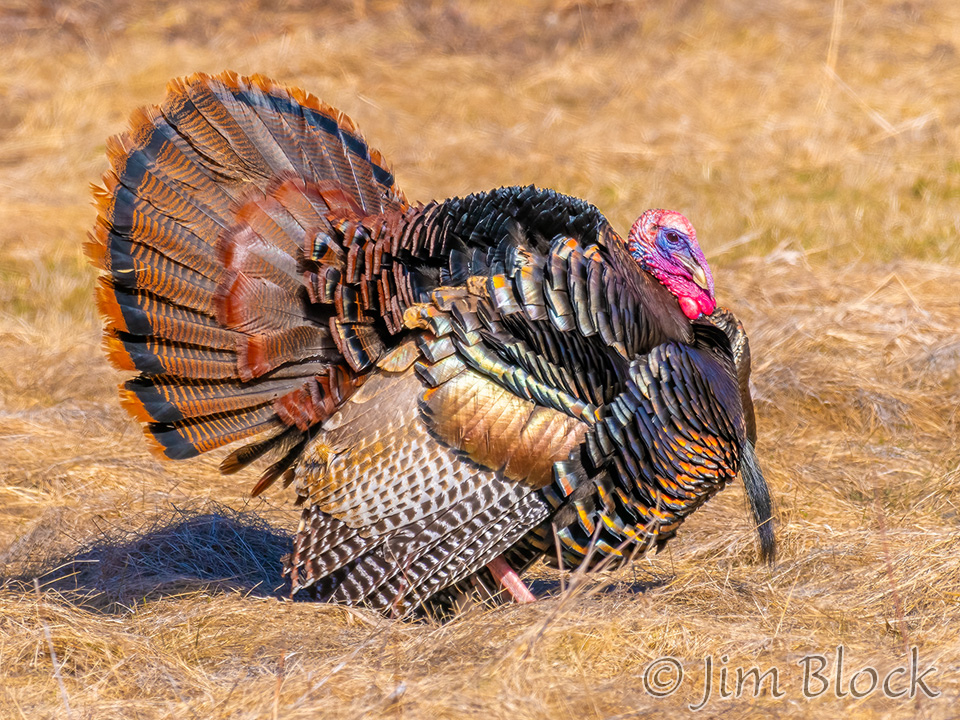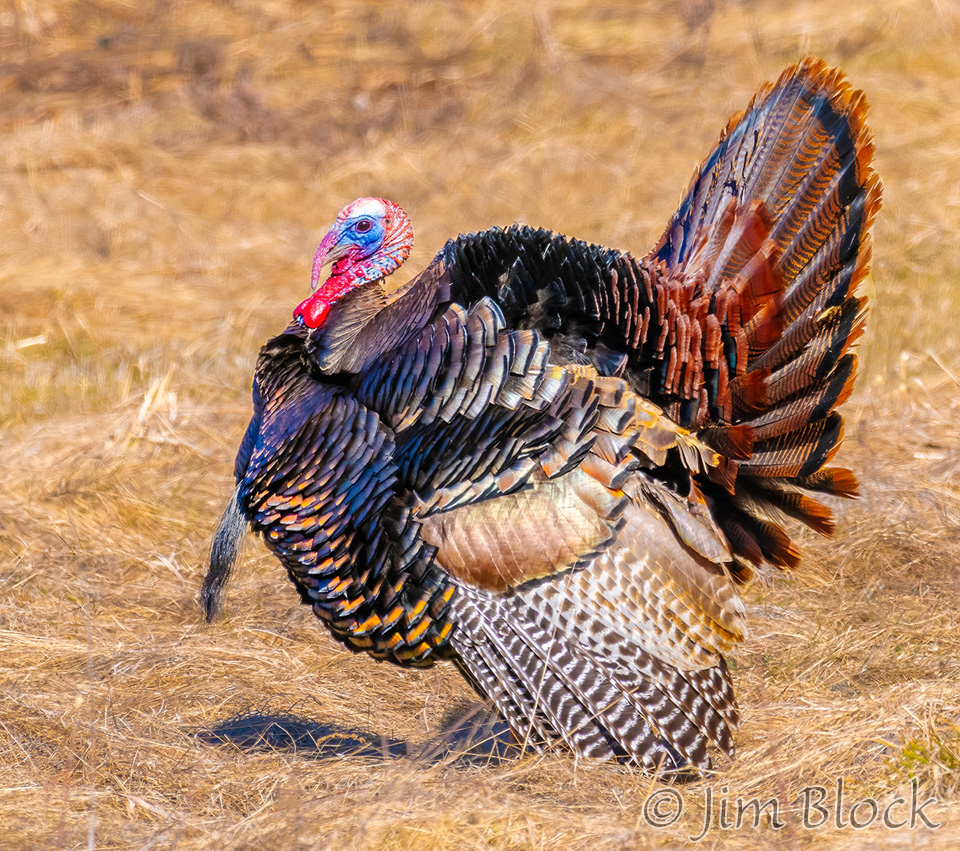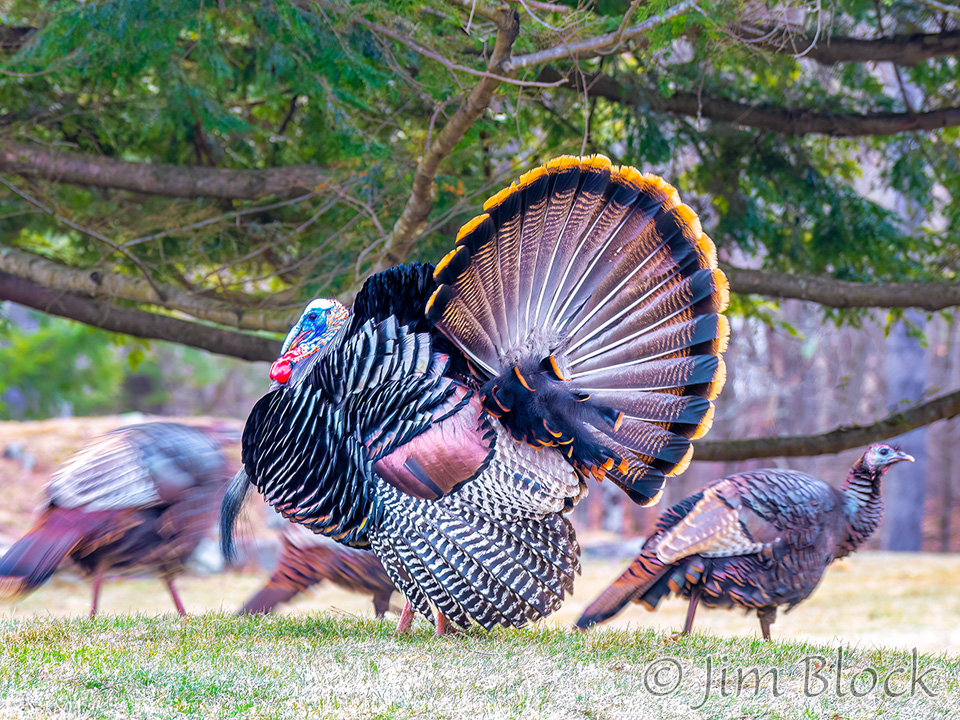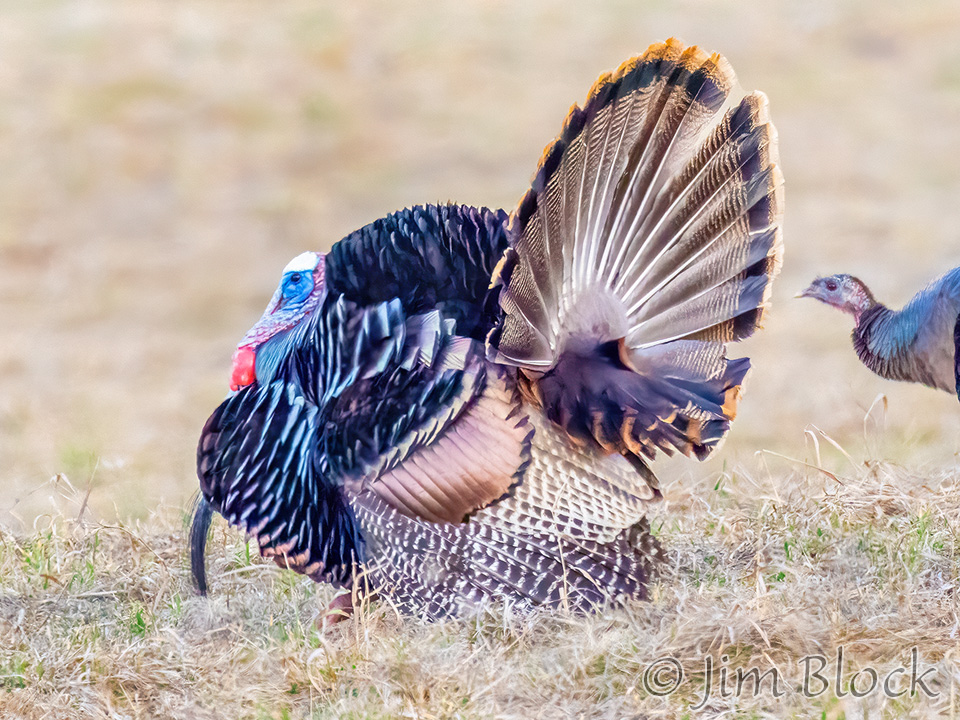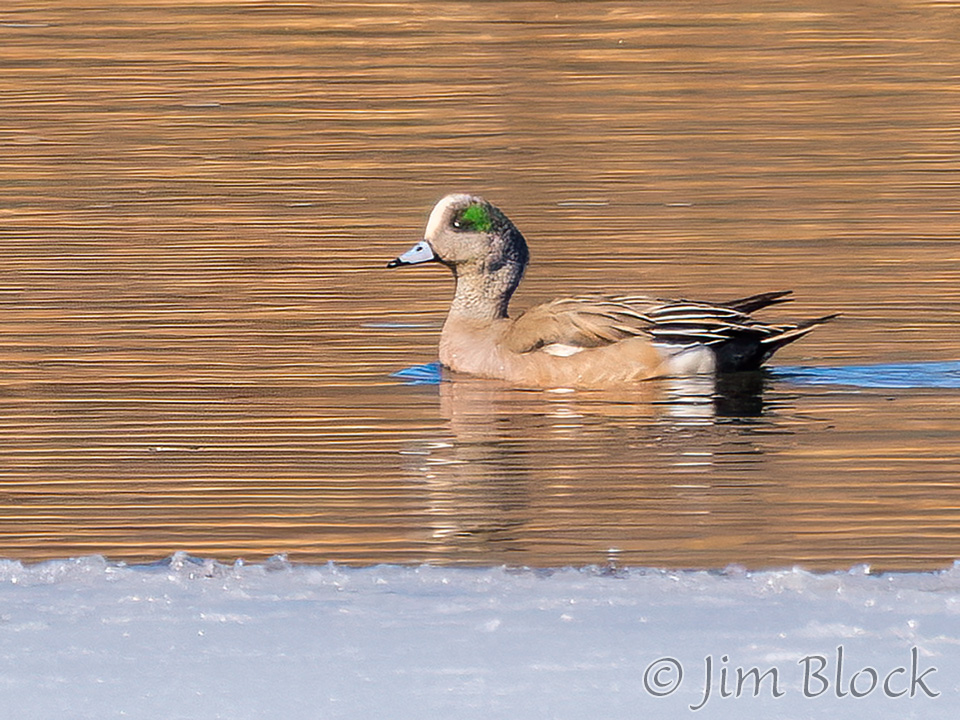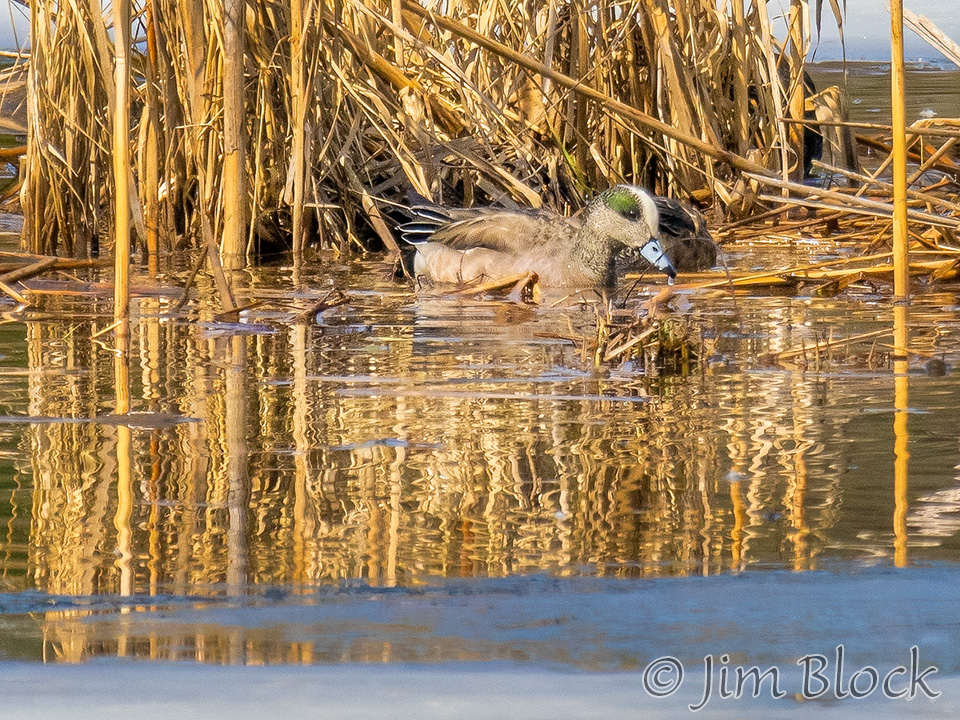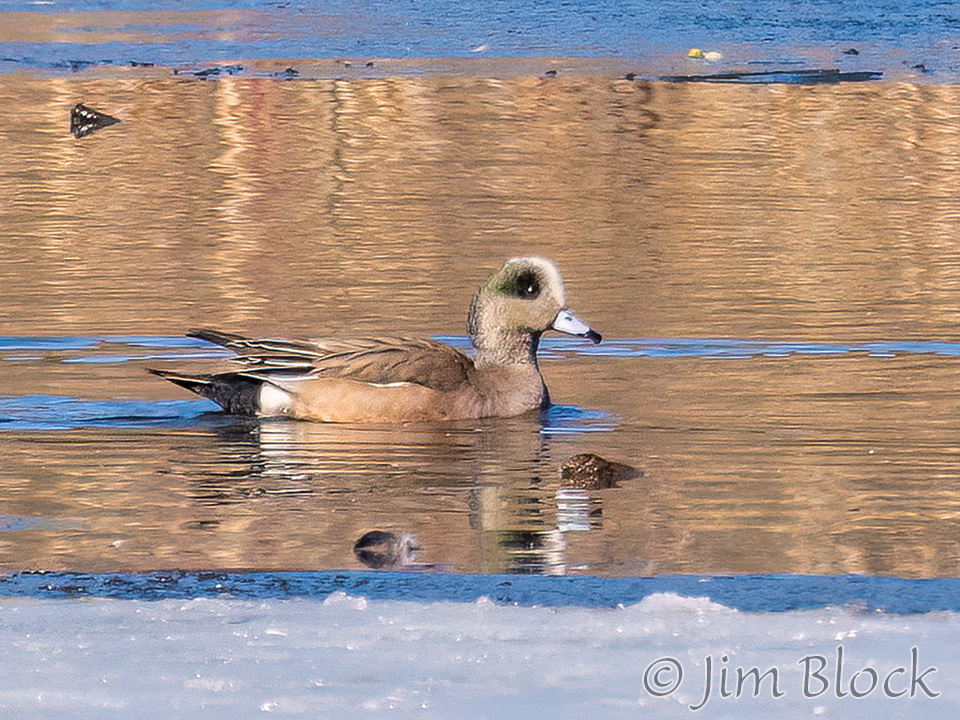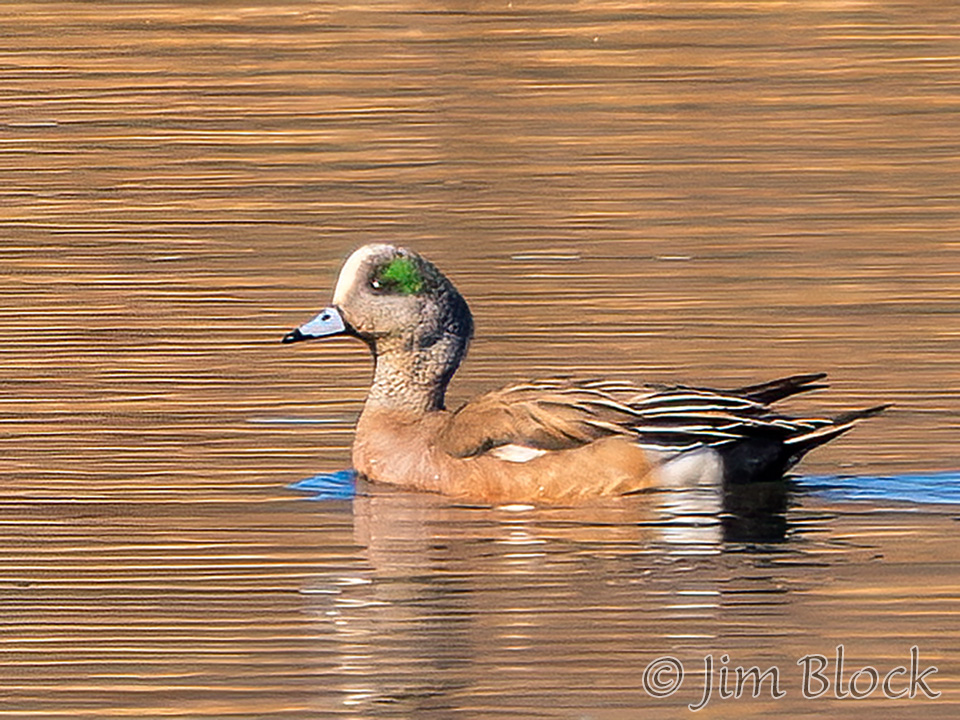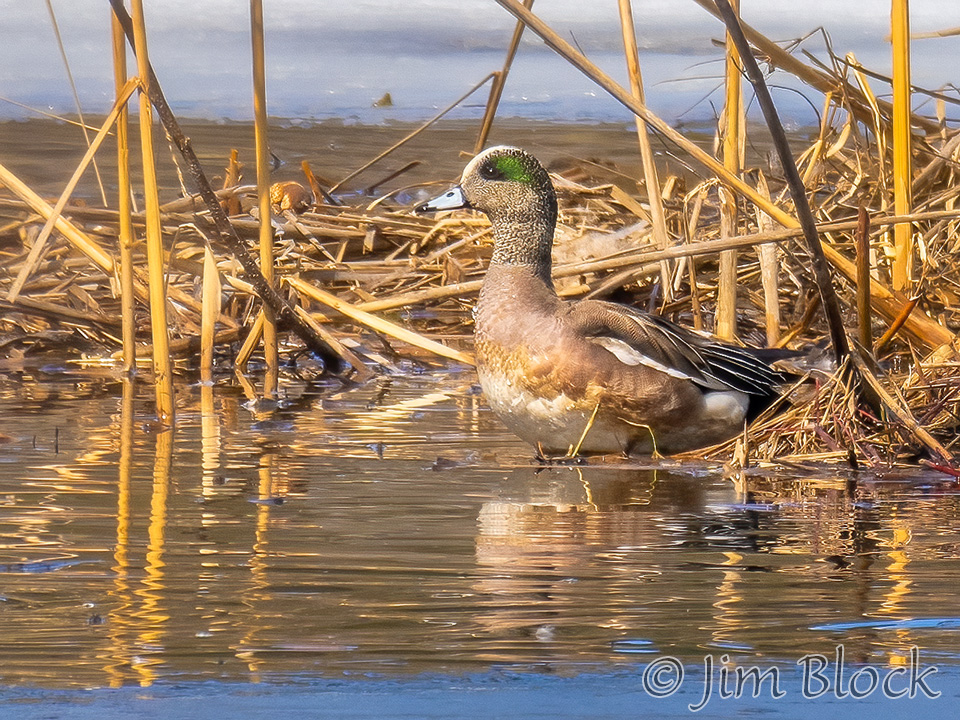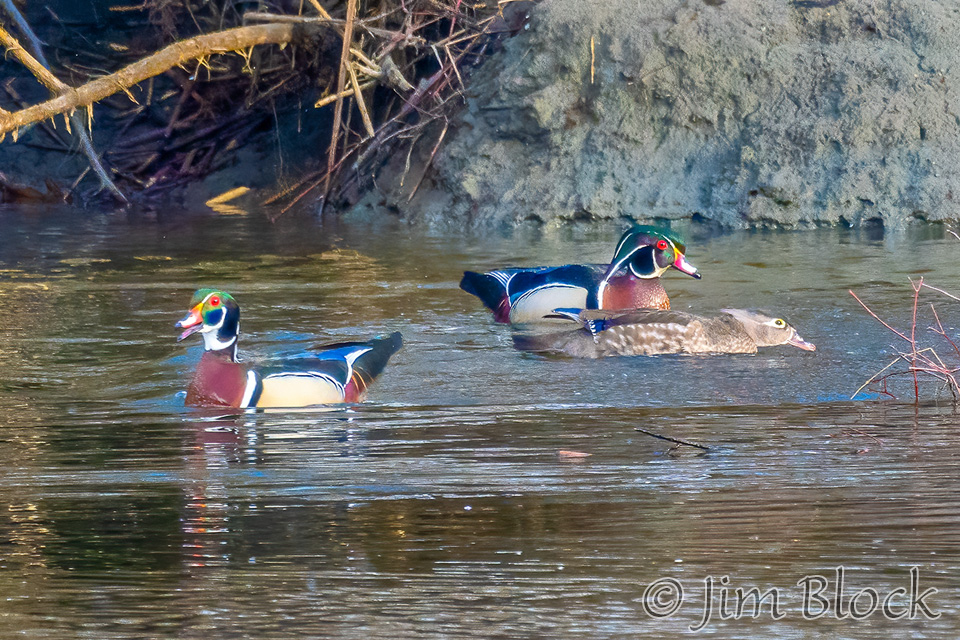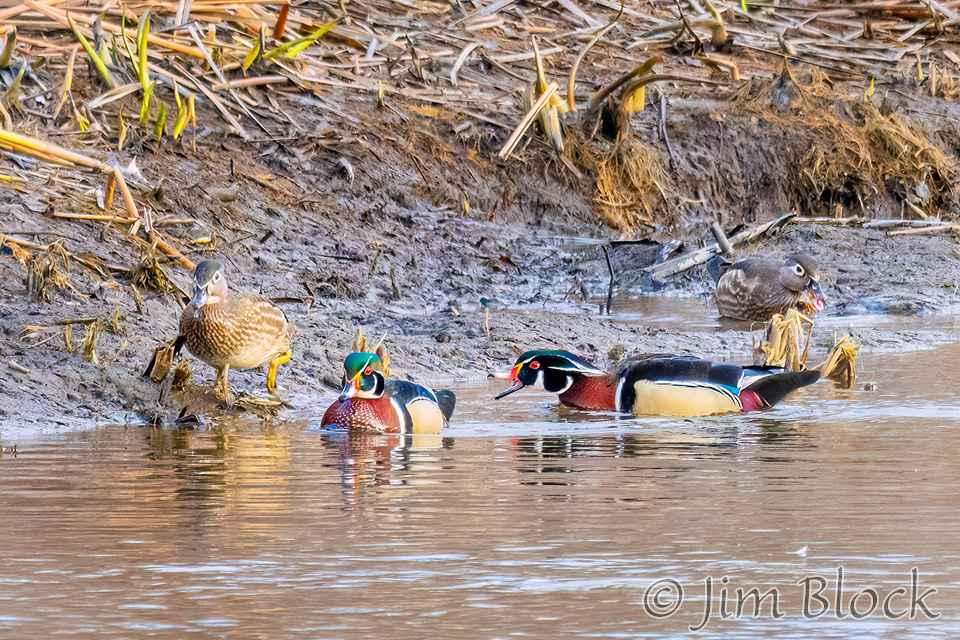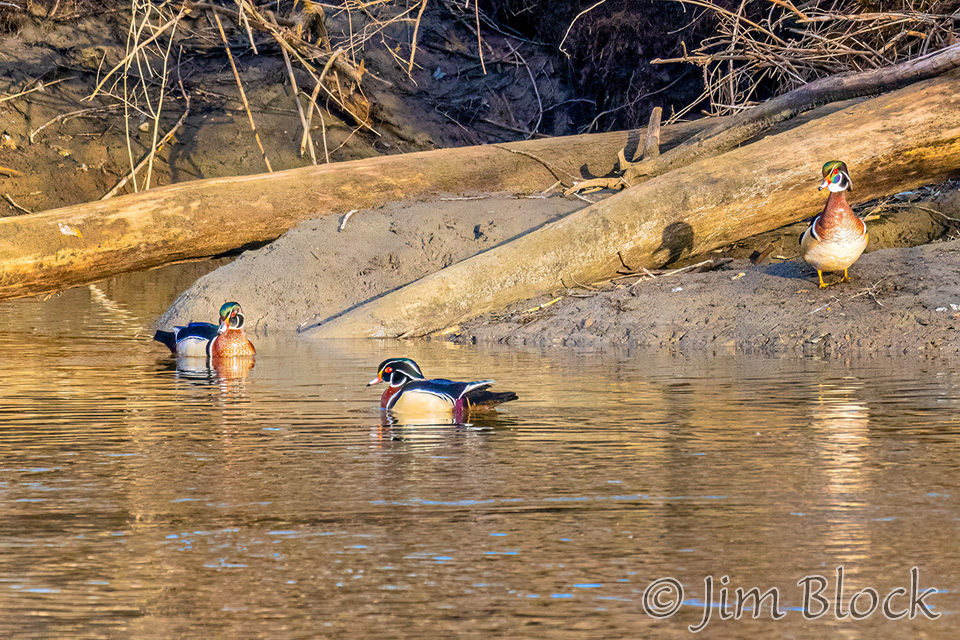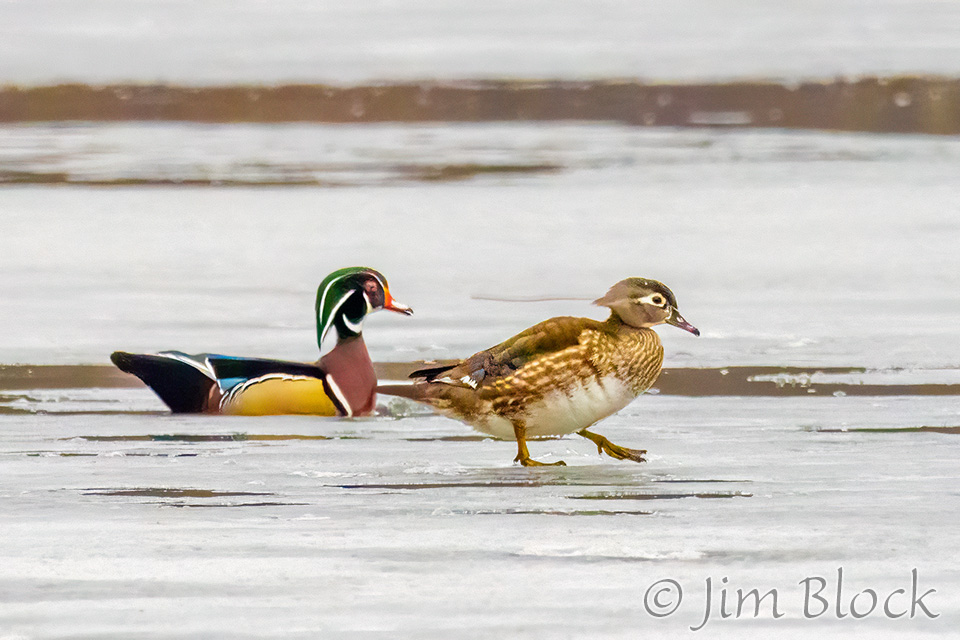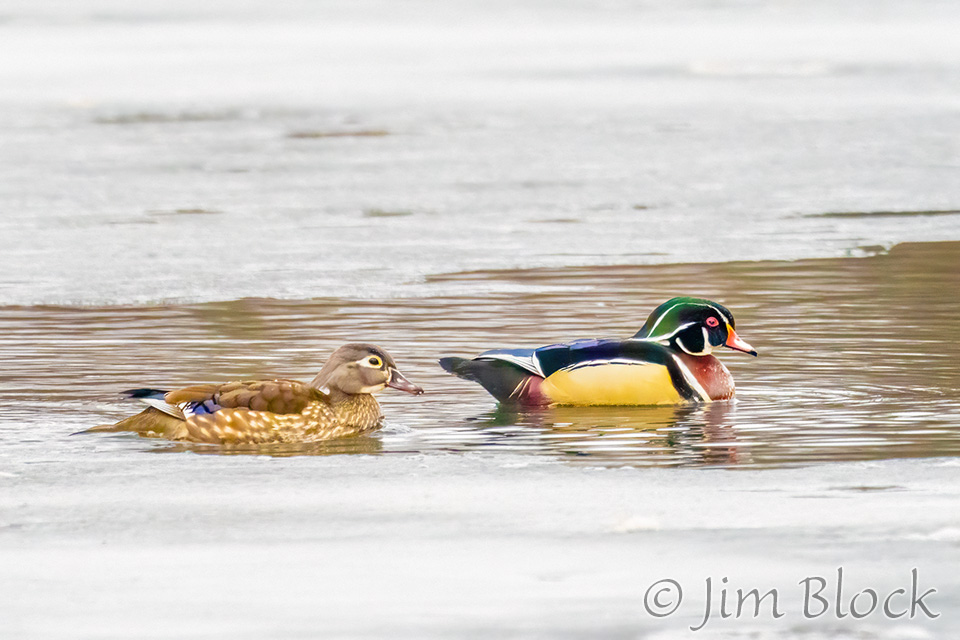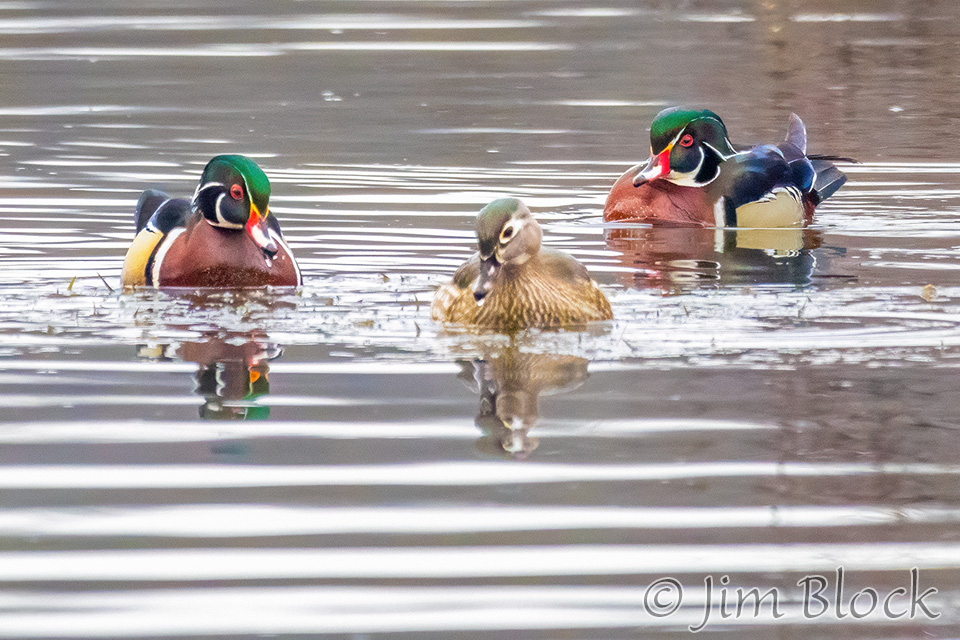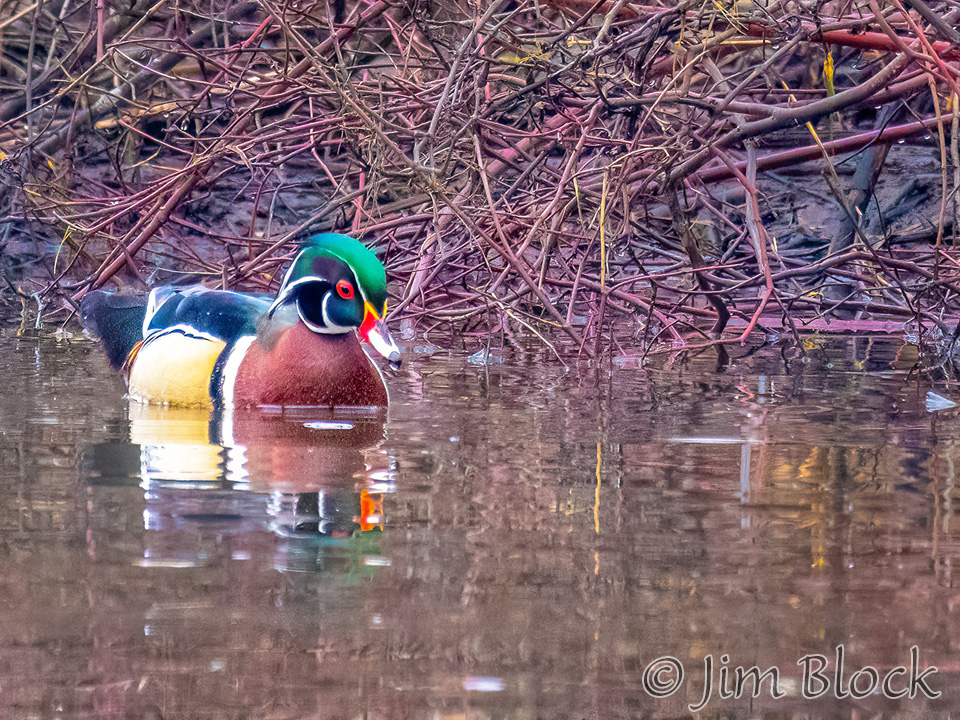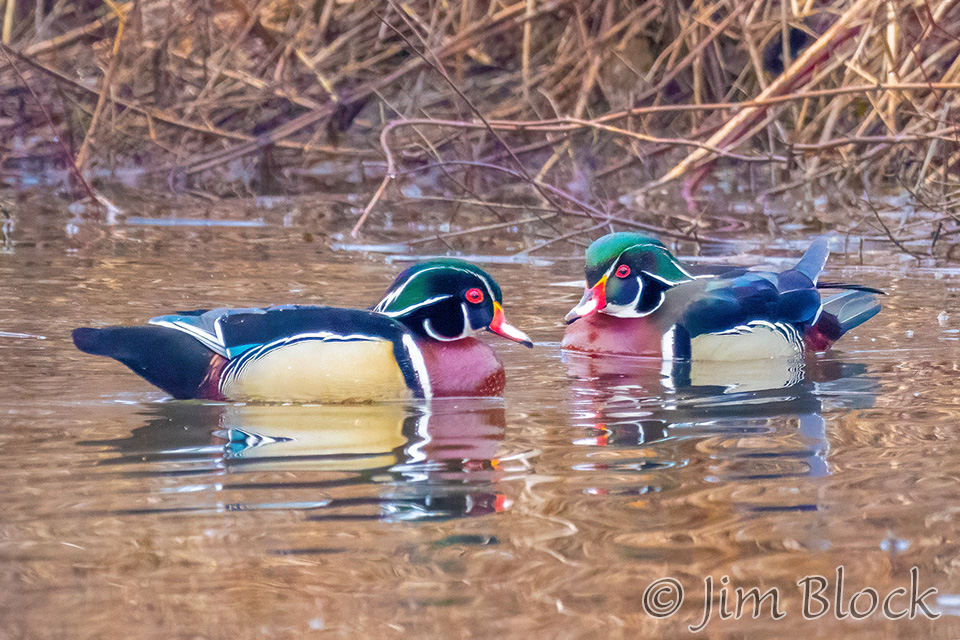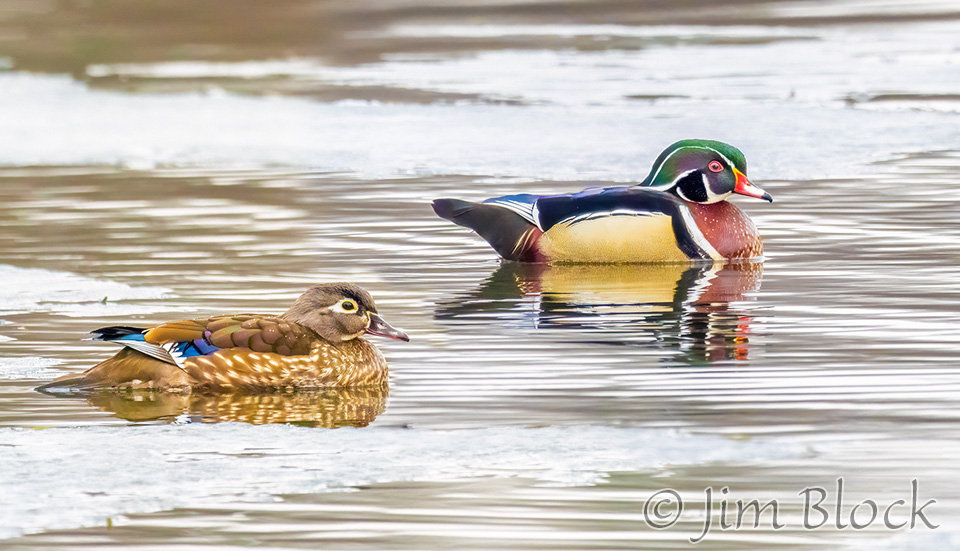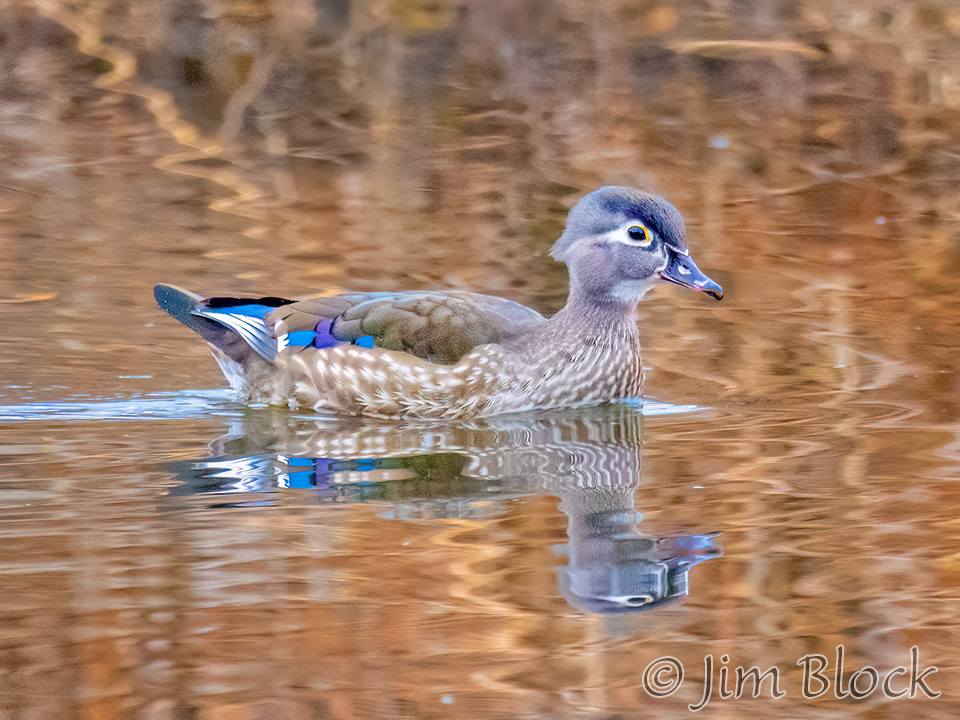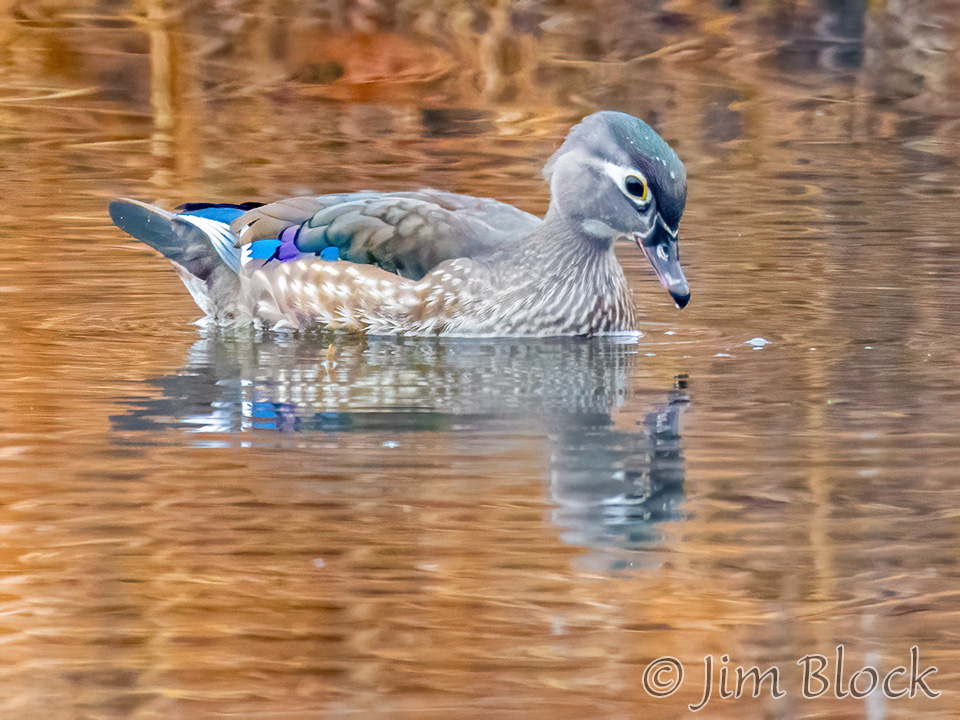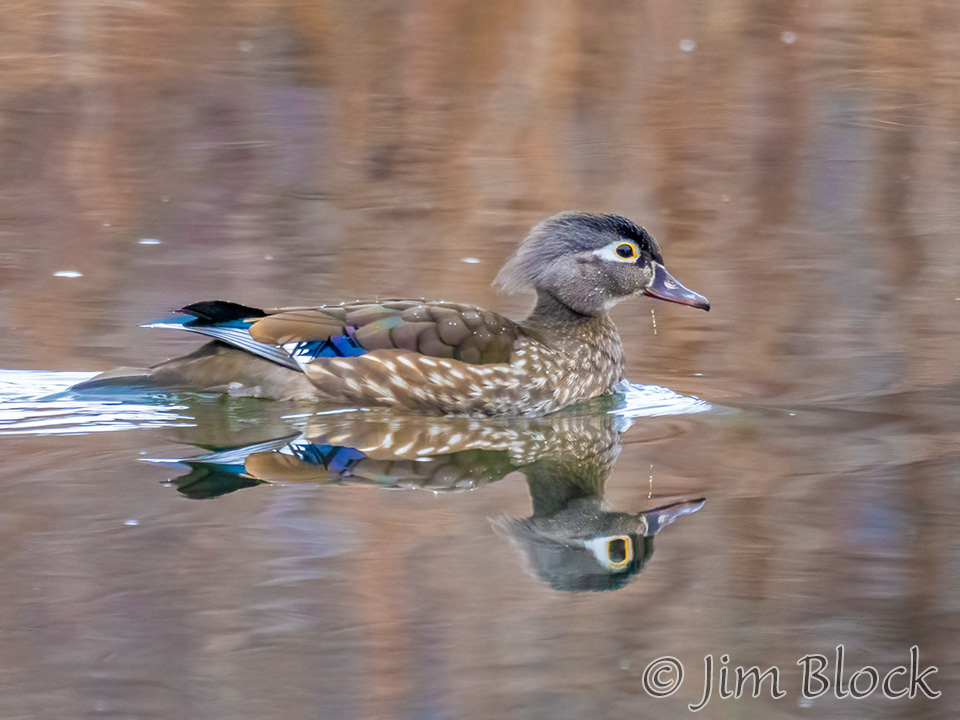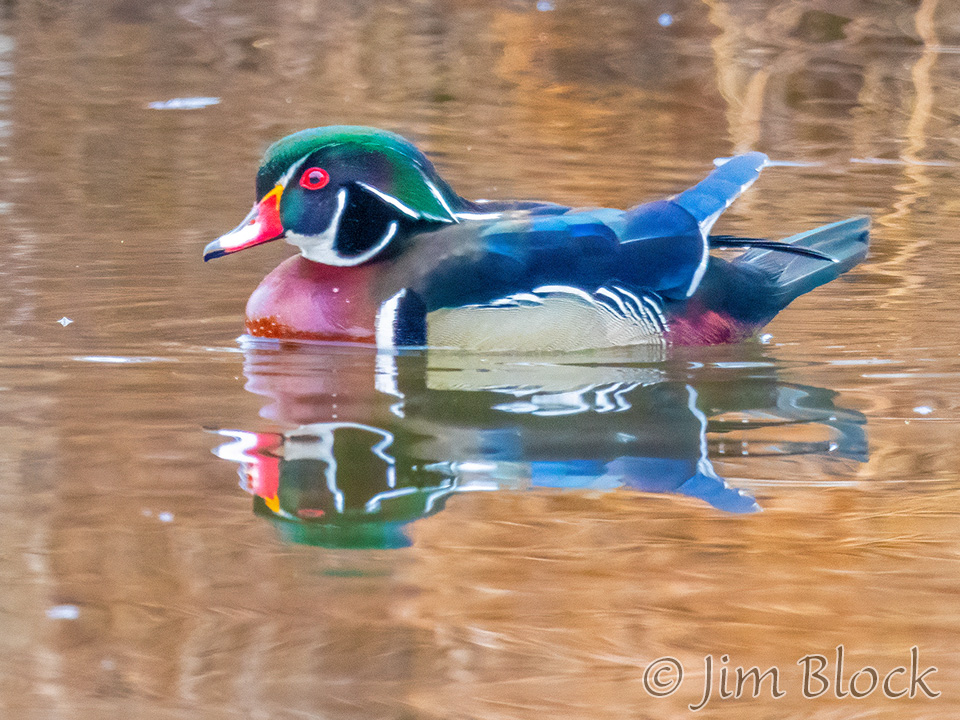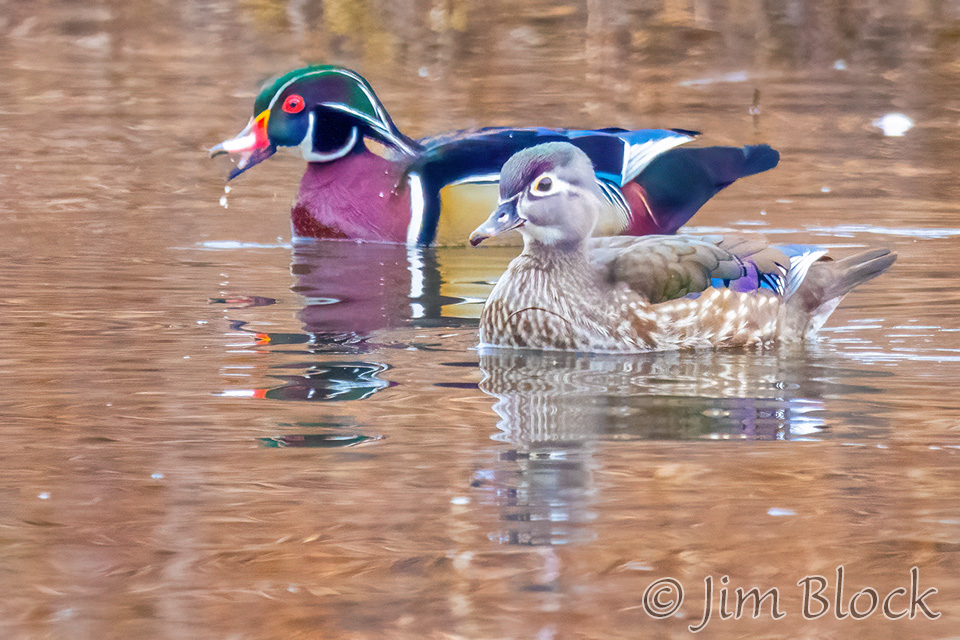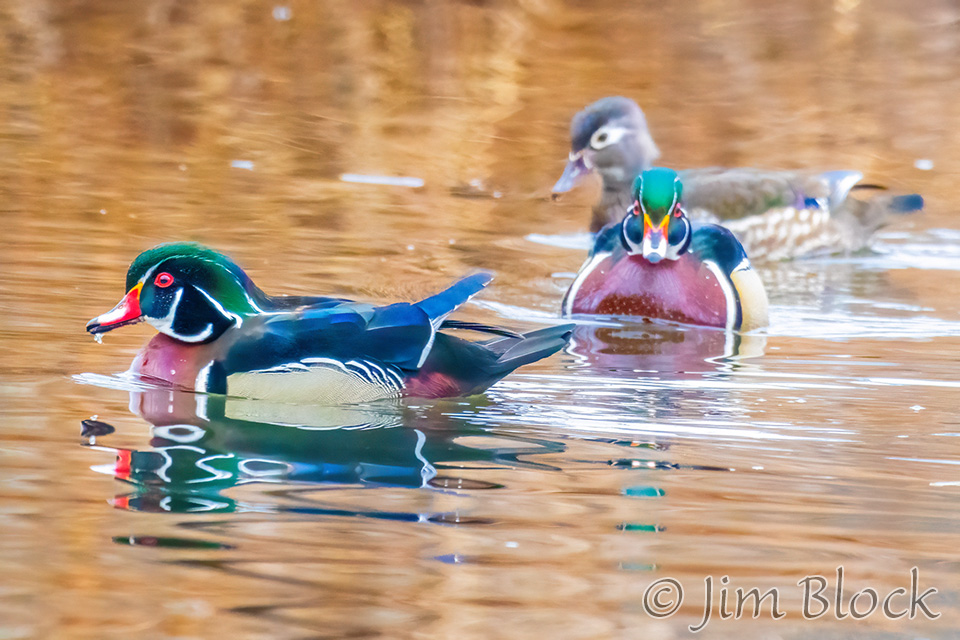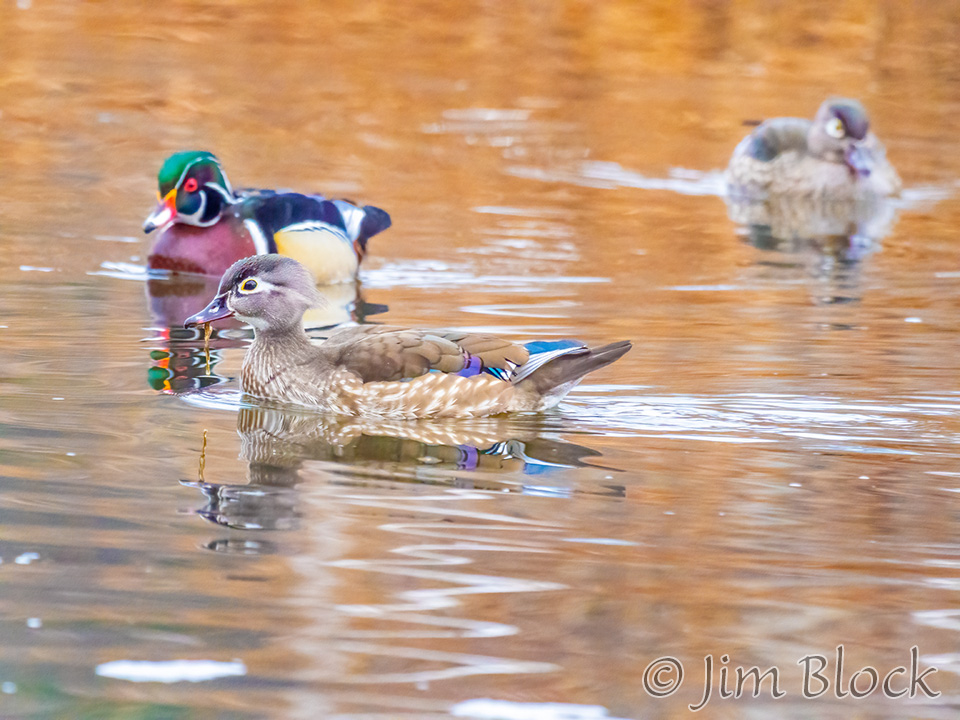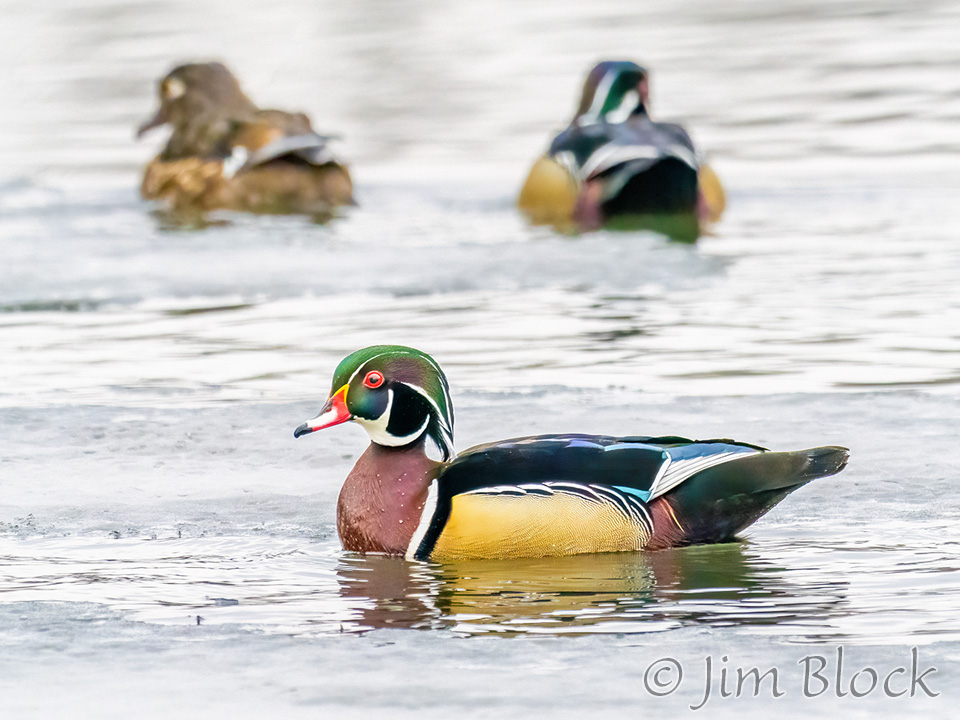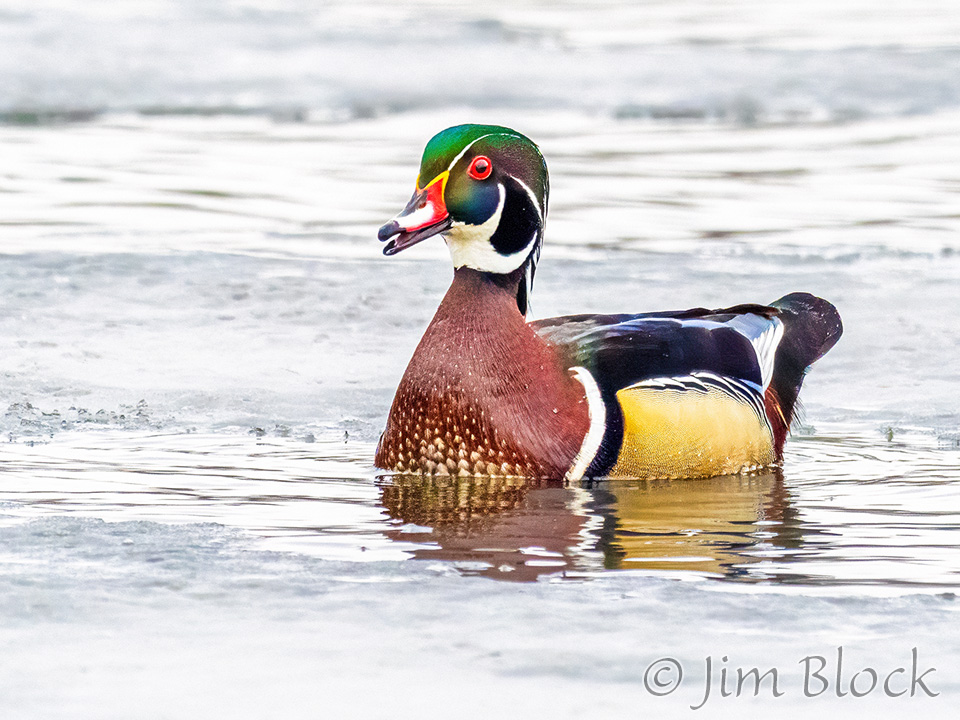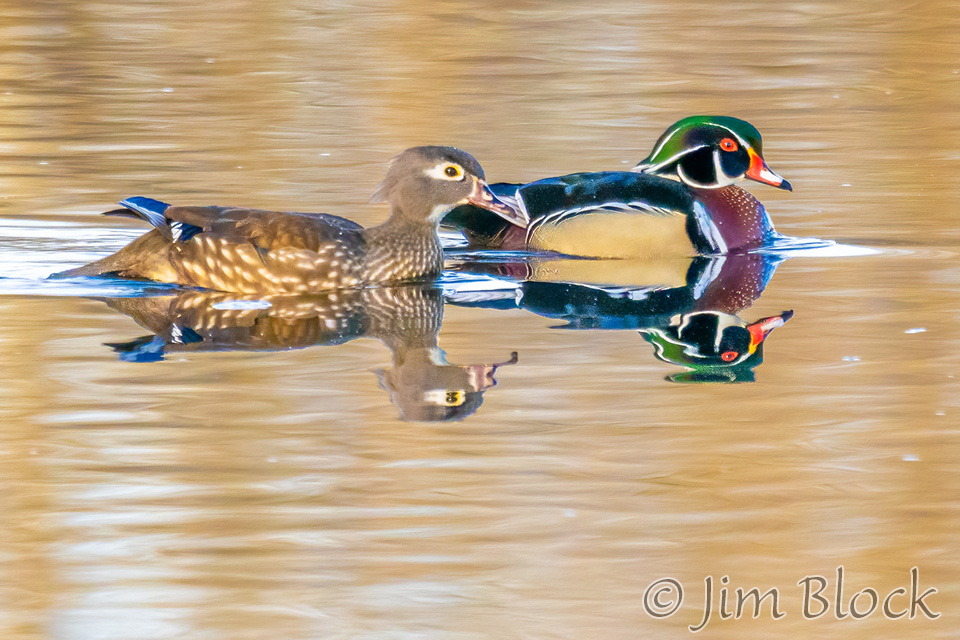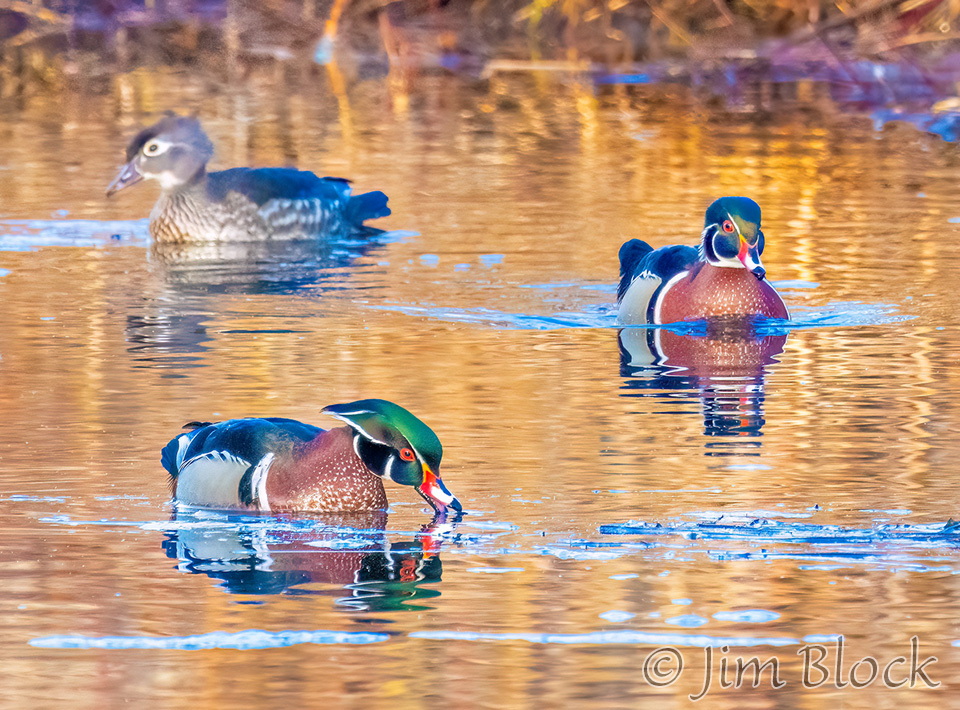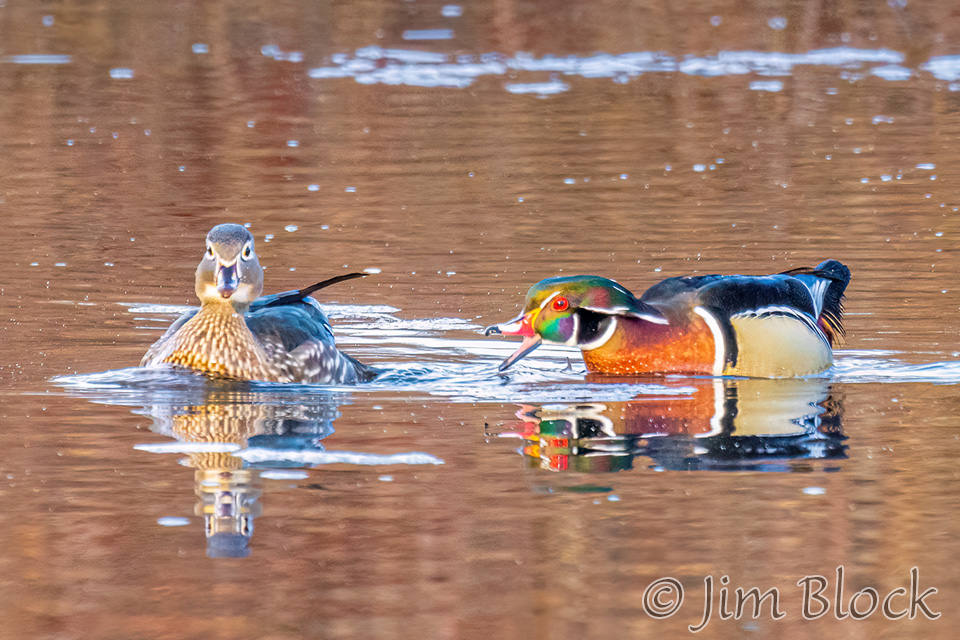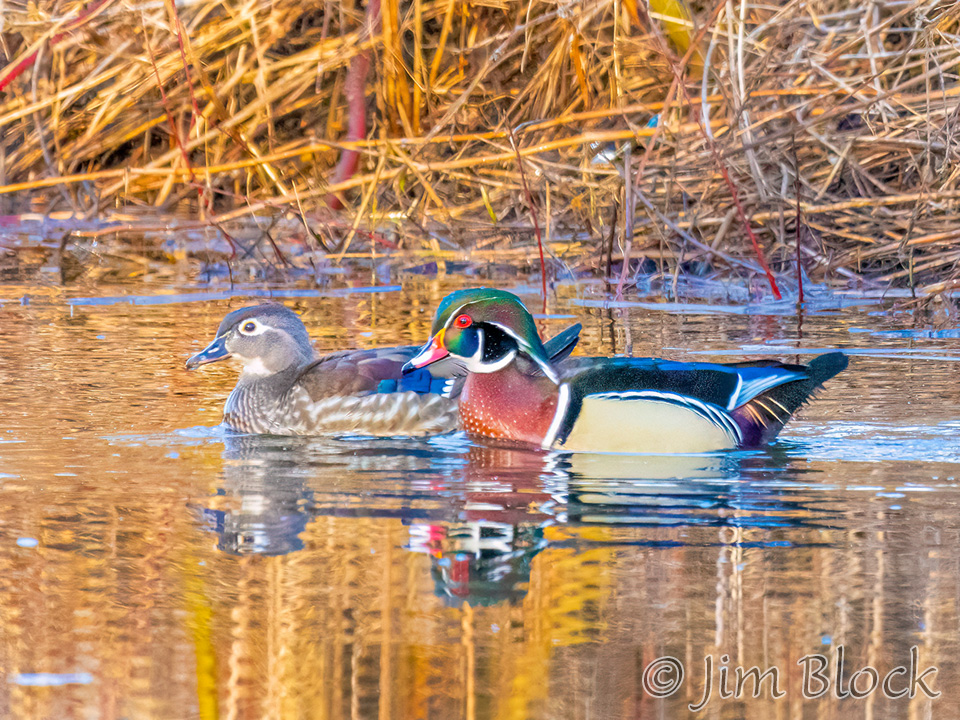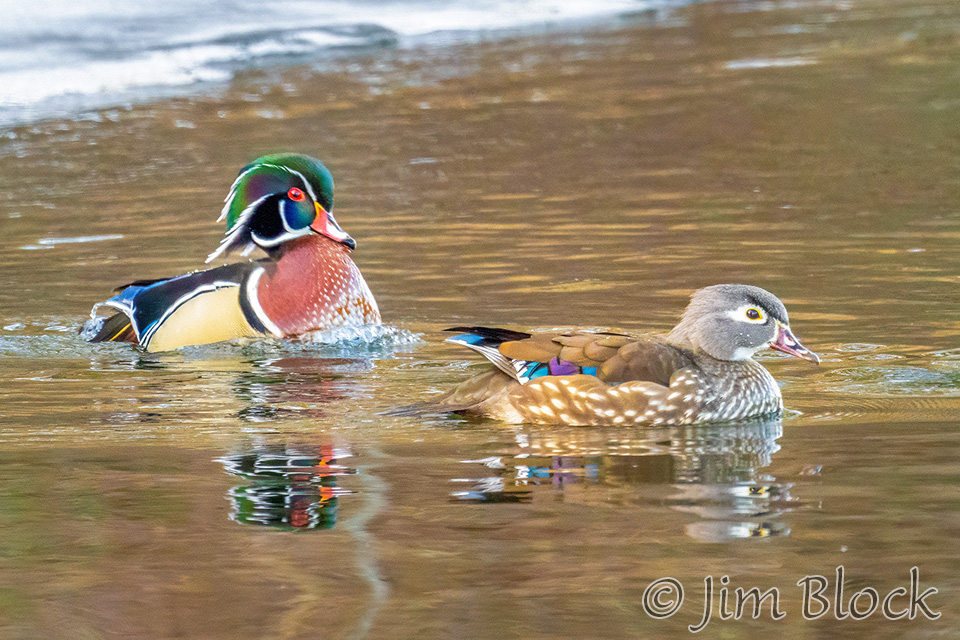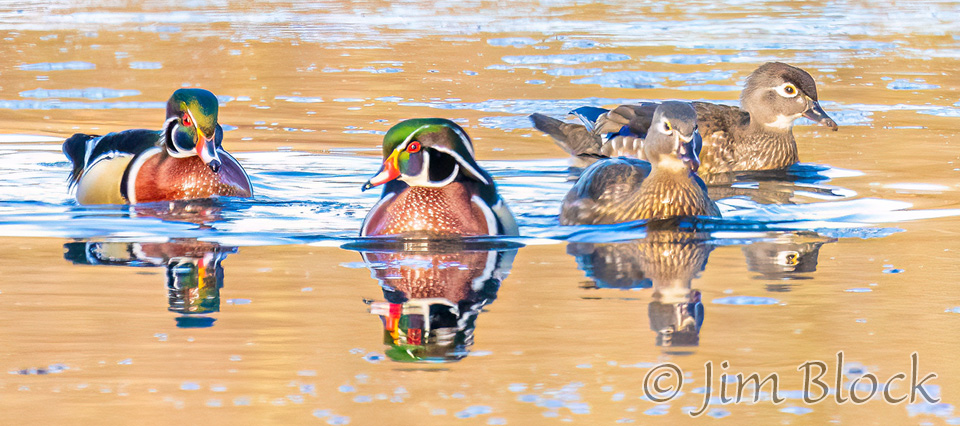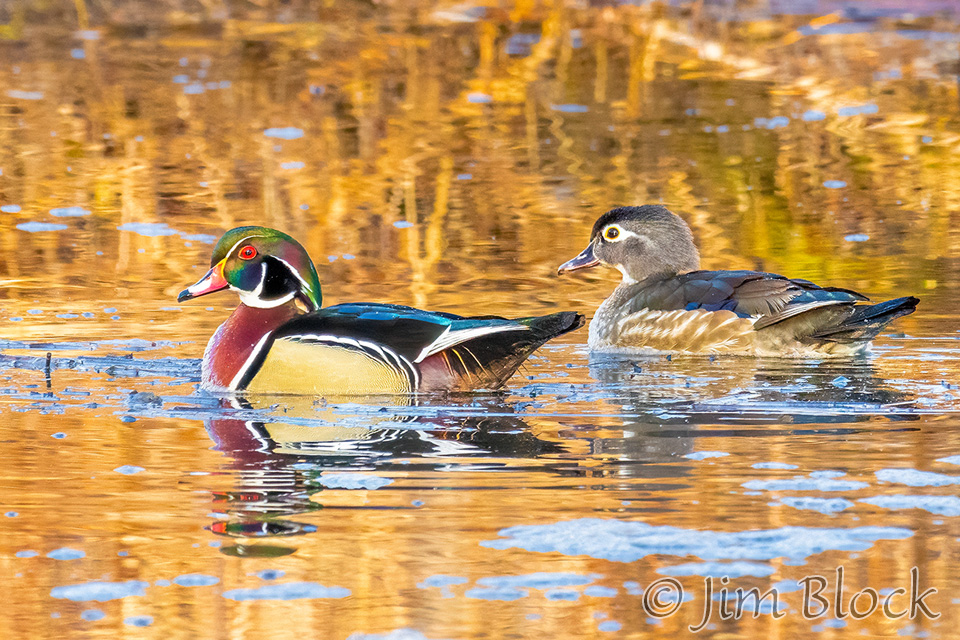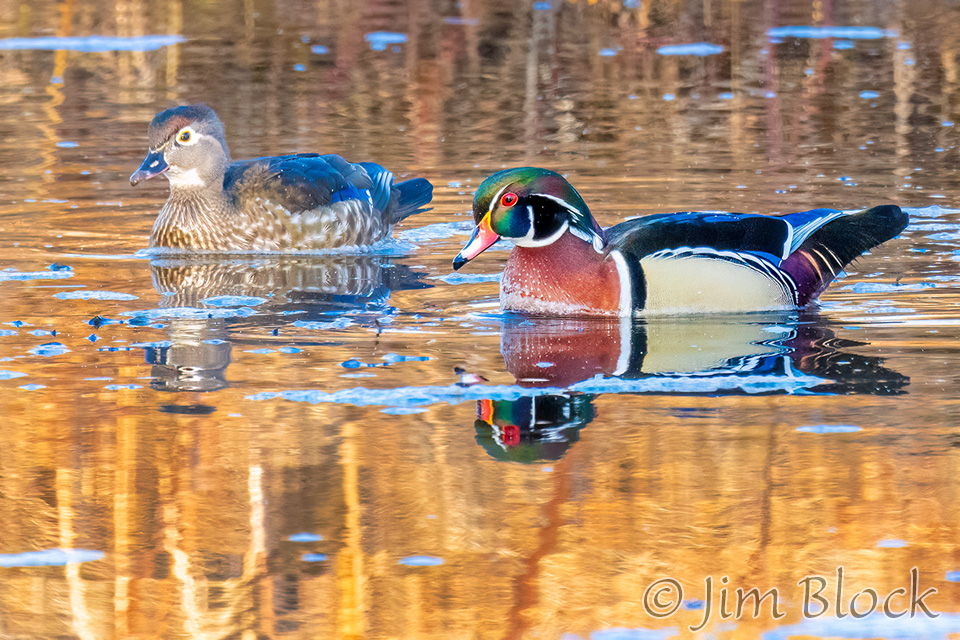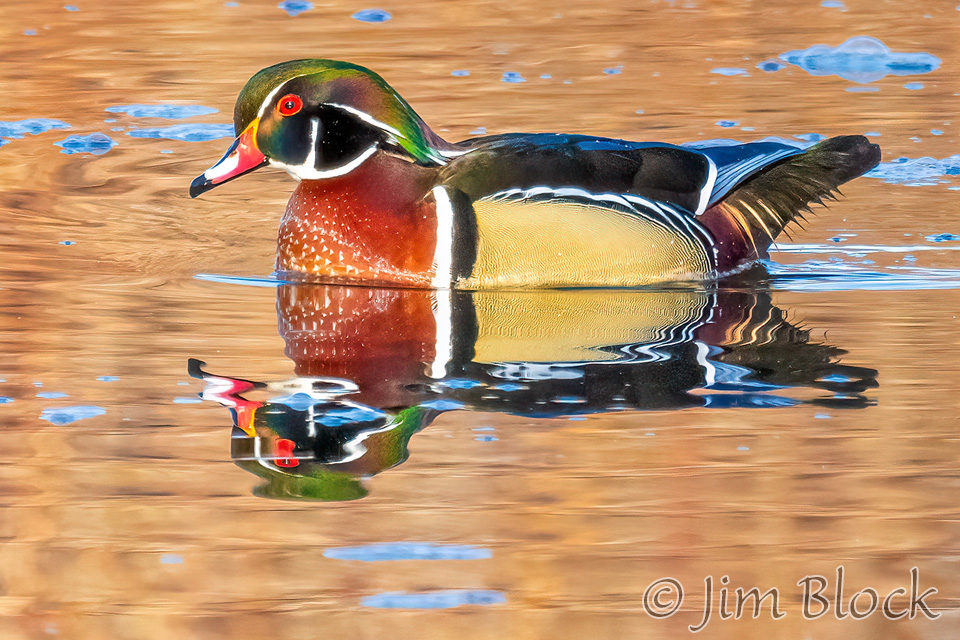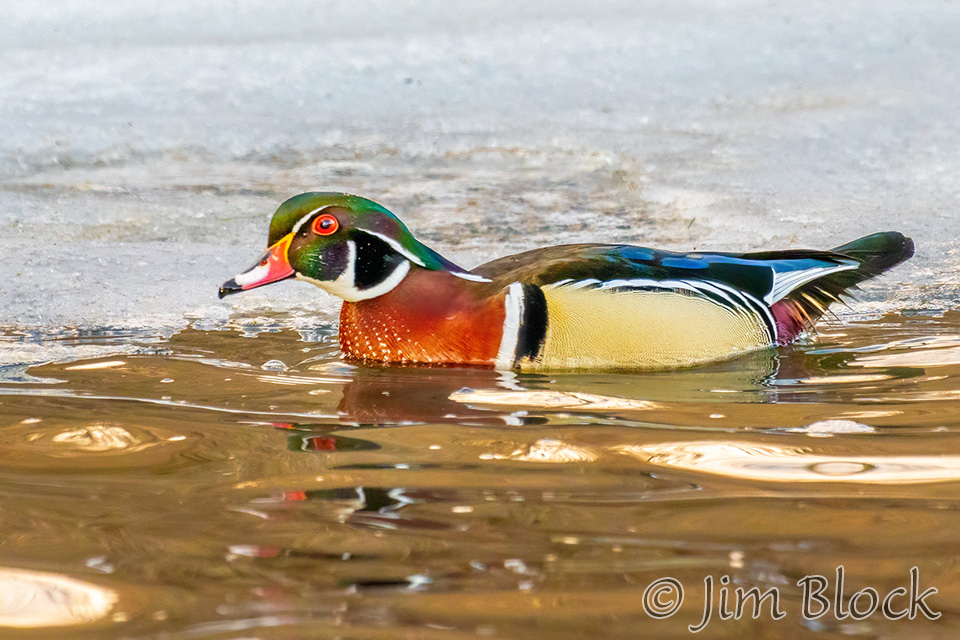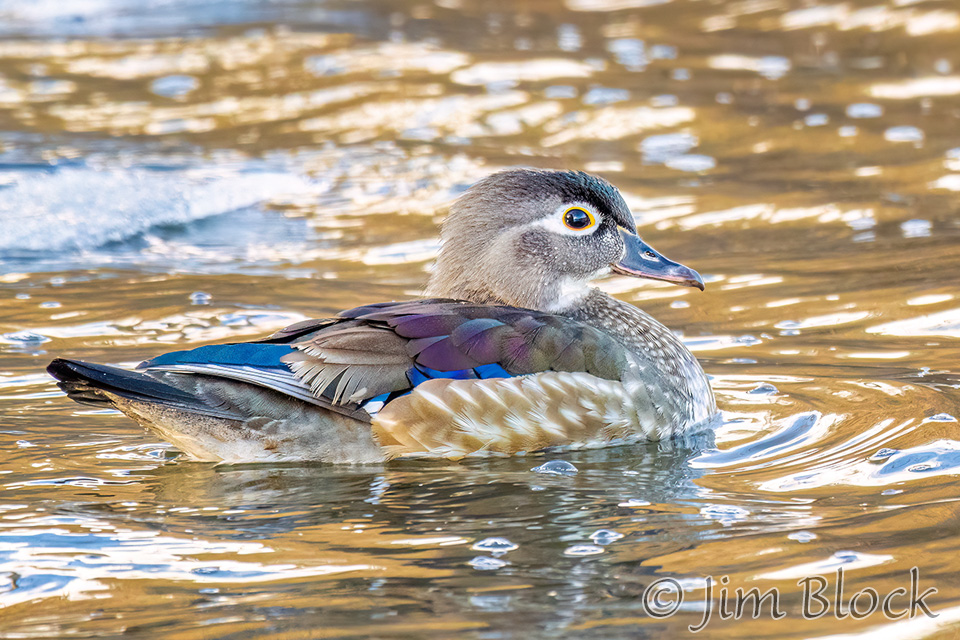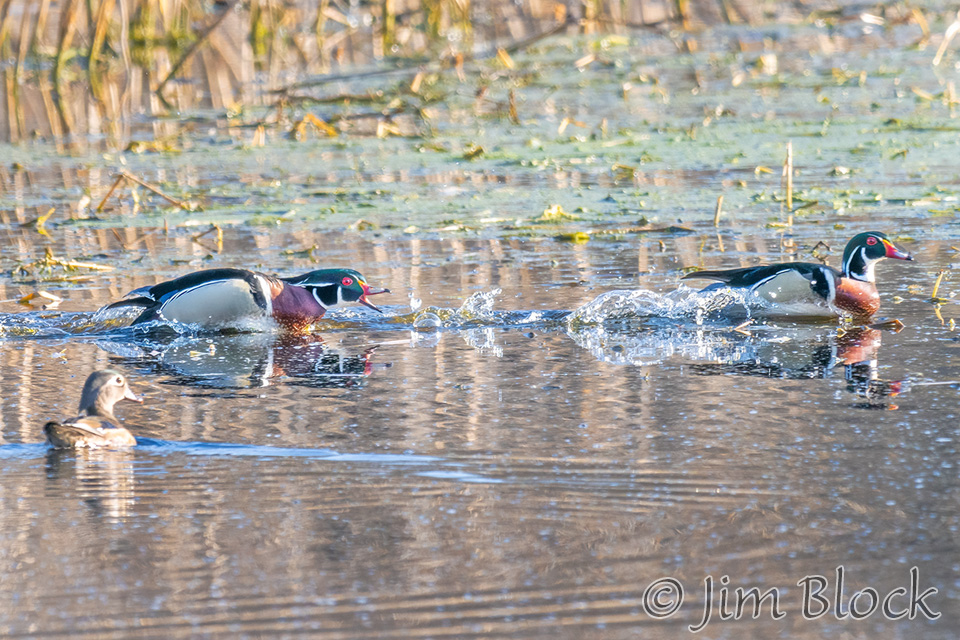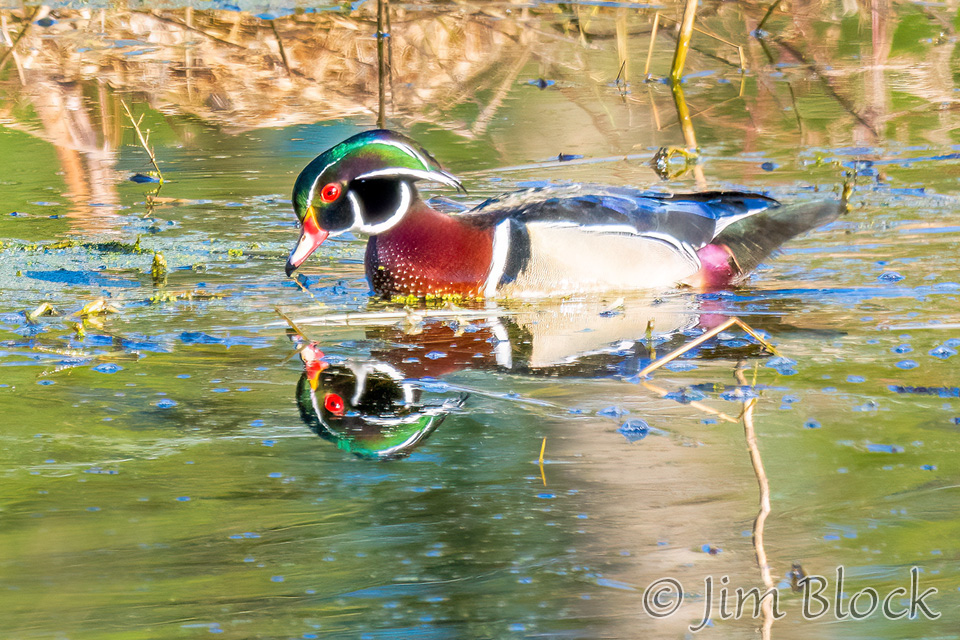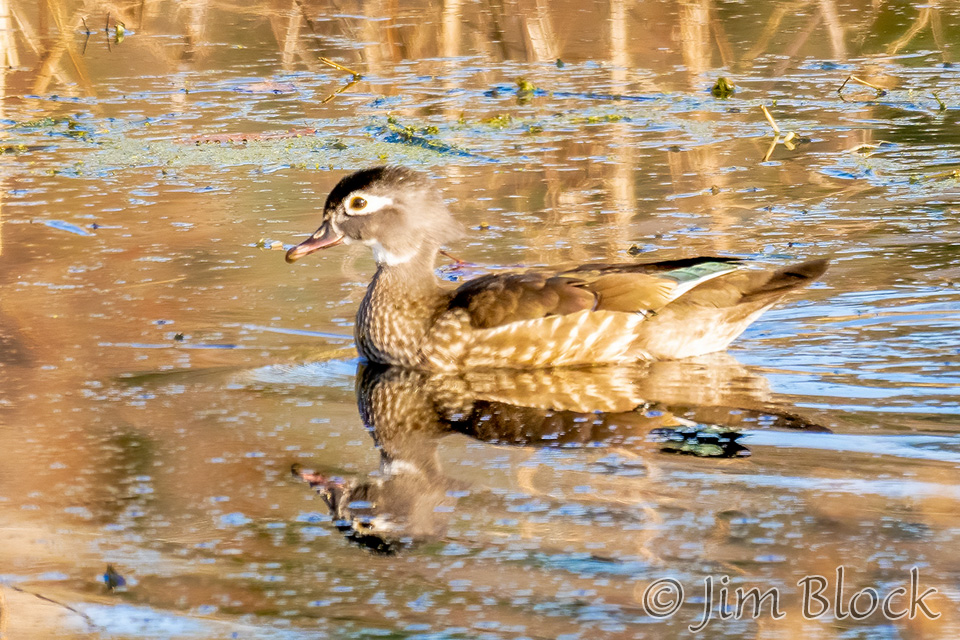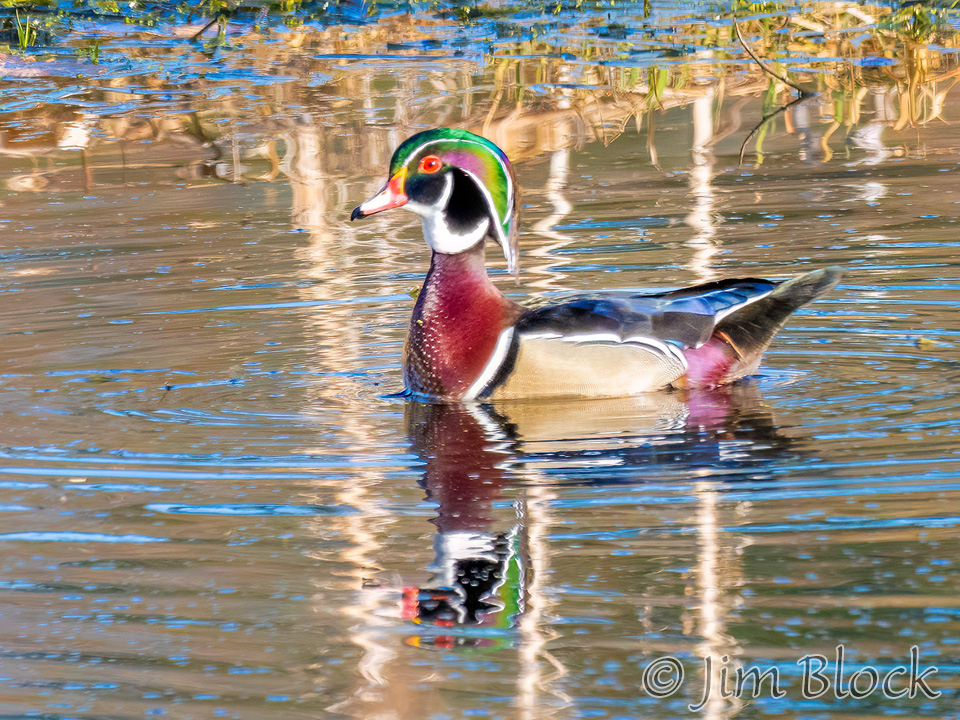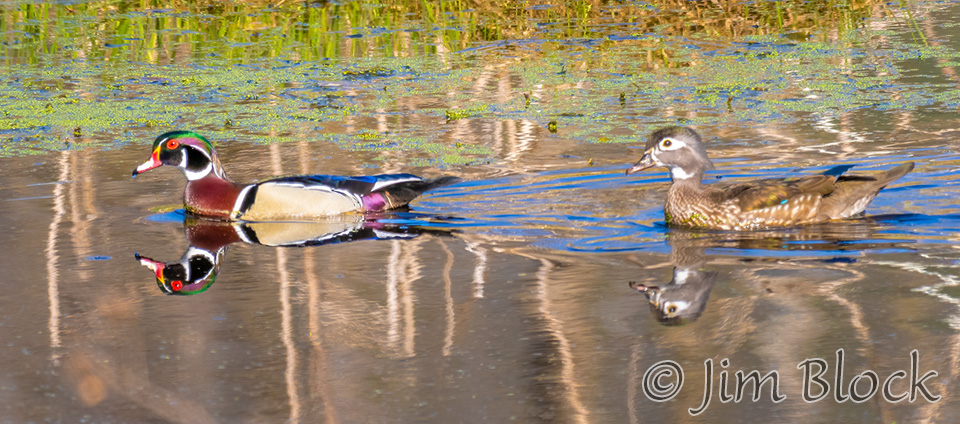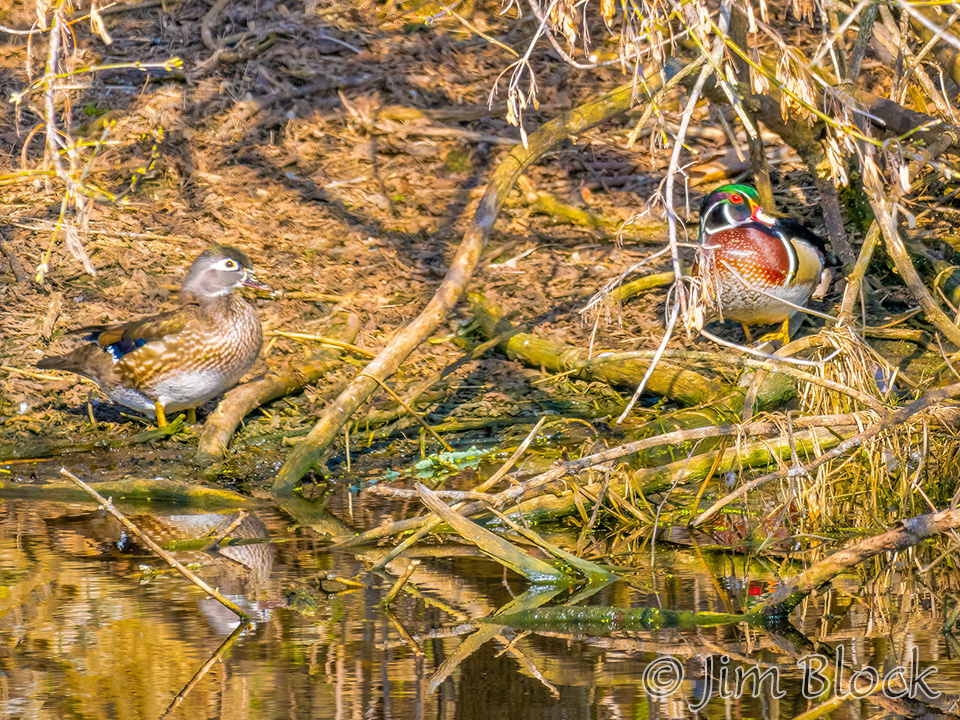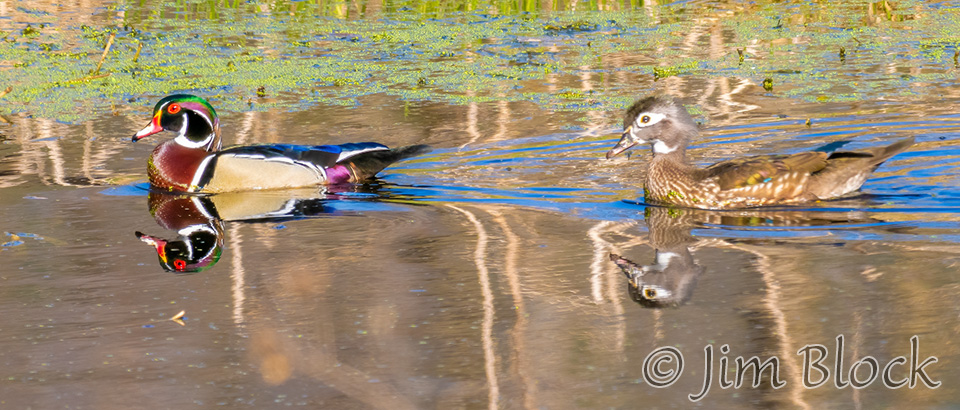
Early spring is the time for ducks. They migrate before the shorebirds and warblers.
Spring is also the time for mating. I was fortunate to witness and photograph two duck species copulating: Common Goldeneyes and Wood Ducks. It is apparently rare for Common Goldeneyes to mate outside their breeding ground far to the north of the Upper Valley.
This is the second year in a row I photographed Wood Ducks mating. Once on each side of the Connecticut River.
Wood ducks have certainly been the star attraction the past three weeks. They were sometimes present in great numbers — 50 or more several times at Grant Brook in Lyme. And some days at the same location they were almost completely absent. Often they would fly if I looked at them cross-eyed from 100 yards away, and several times they approached me very closely as I waited quietly. I was quite close to the pair above on a very small pond in Lyme. And also close to the pair below at an intimate spot in Hanover along the Connecticut River.

In somewhat alphabetical order, I present some of the birds I photographed in the Upper Valley on both sides of the Connecticut River.
Bald Eagle
I photographed Bald Eagles perching and flying in NH.
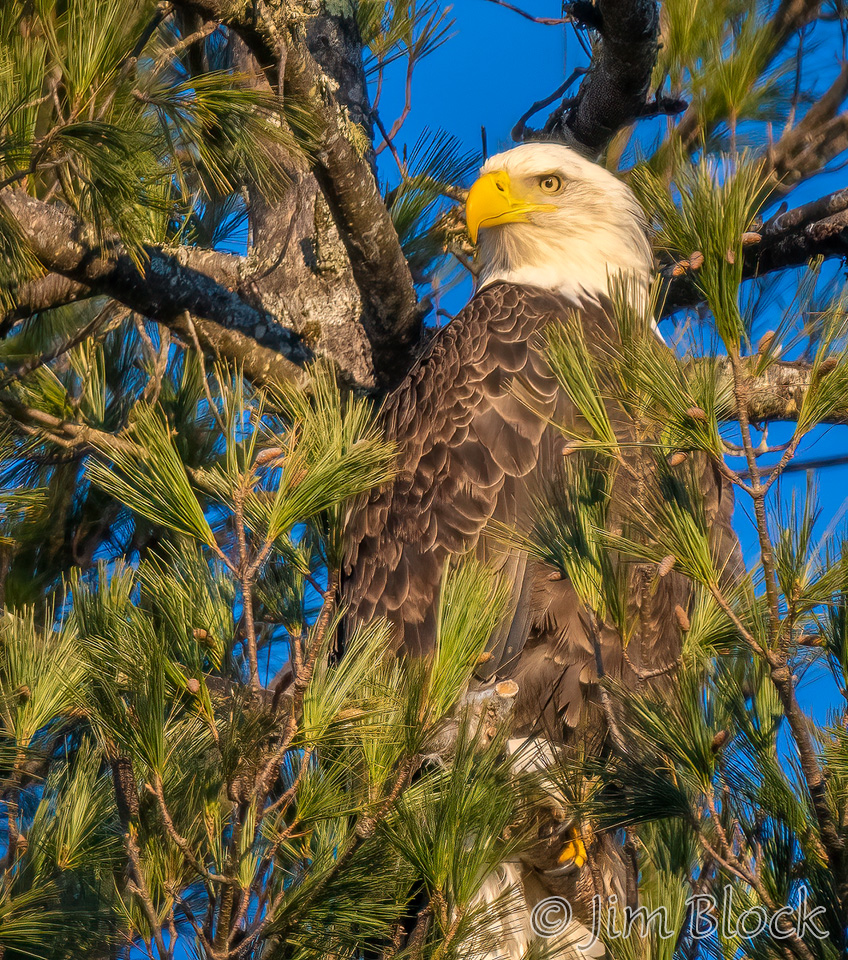
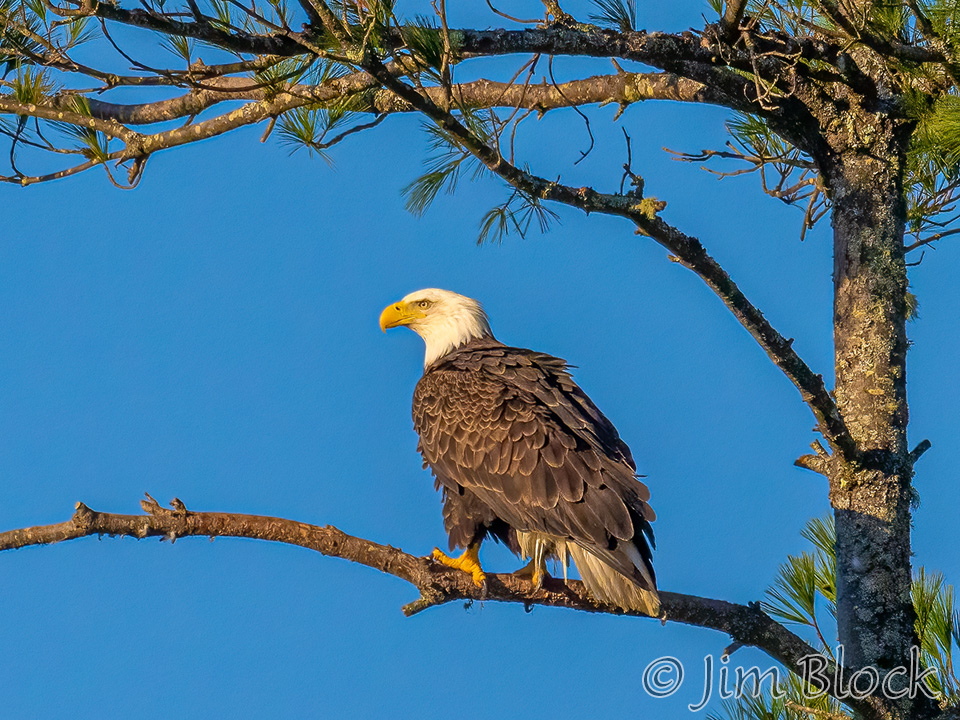
Here are photos of a juvenile Bald Eagle flying. According to Chris Martin of NH Audubon, “The yellowing beak and yellowing eye both indicate that it is older than last year’s chick, which would retain a dark eye and dark beak. So, I’m fairly certain it is a bird hatched in 2021.”
And here is an adult in flight.
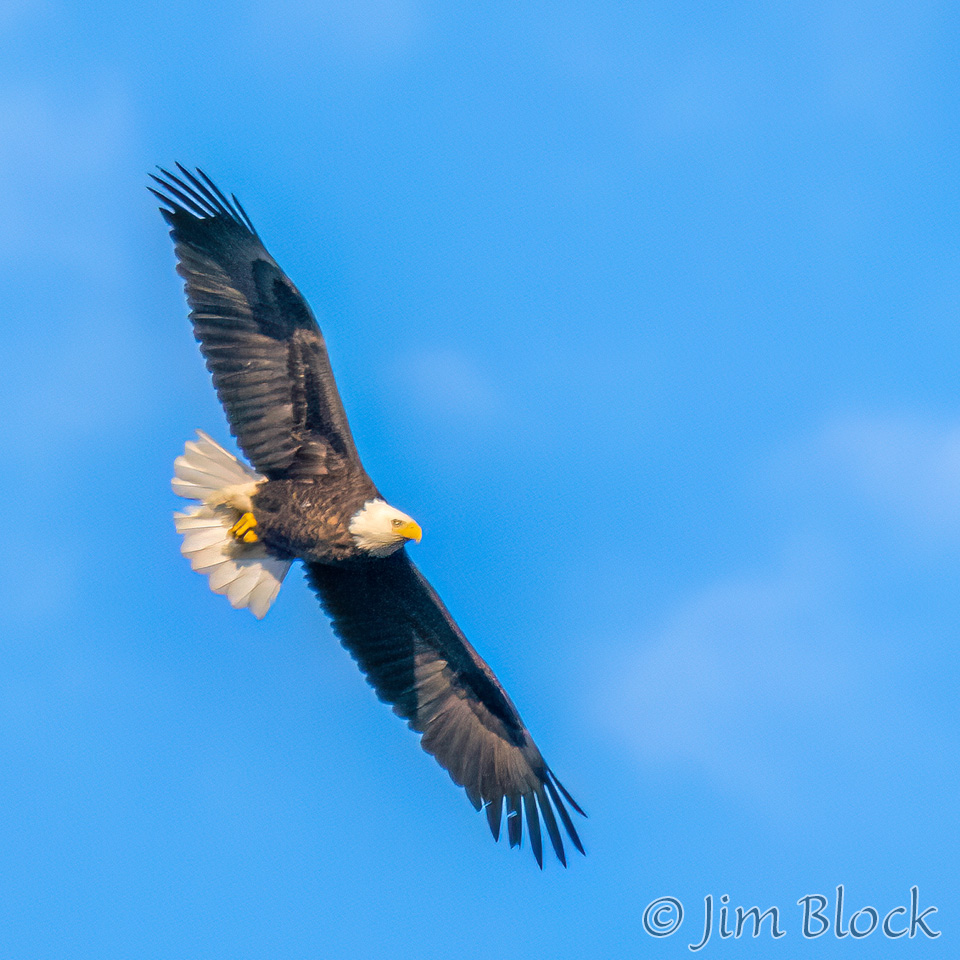
Belted Kingfisher
Belted Kingfisher is a species I find very hard to photograph. They do not like to be approached. Two days ago I was standing quietly near a stream along a narrow powerline cut behind some brush when one landed very near me. I took some photos of her as she perched watching the water. Belted kingfisher females are more colorful than males, which is unusual for birds.
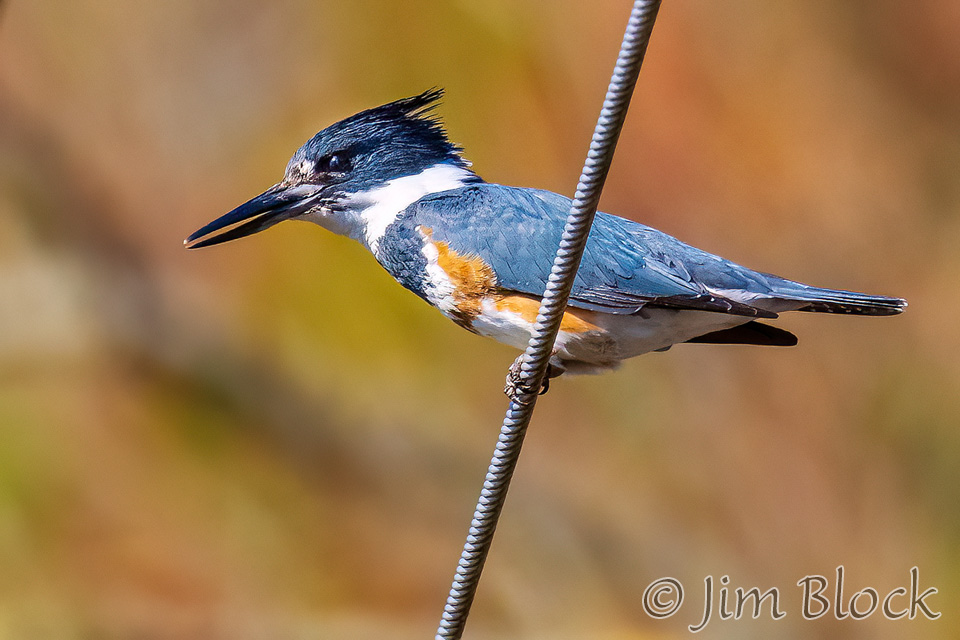
And then she flew.
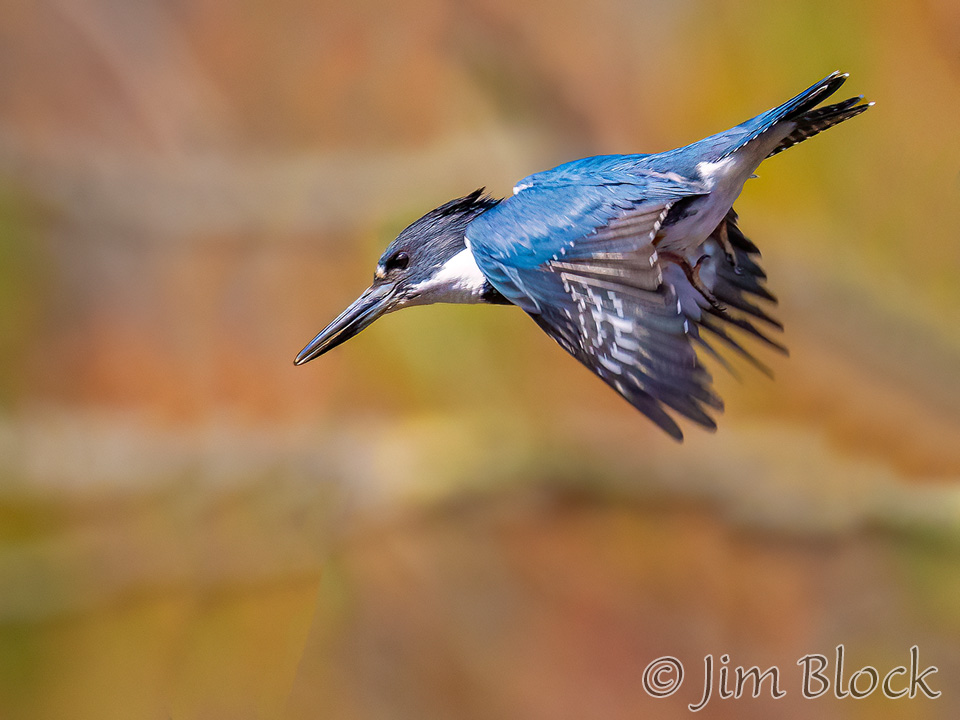
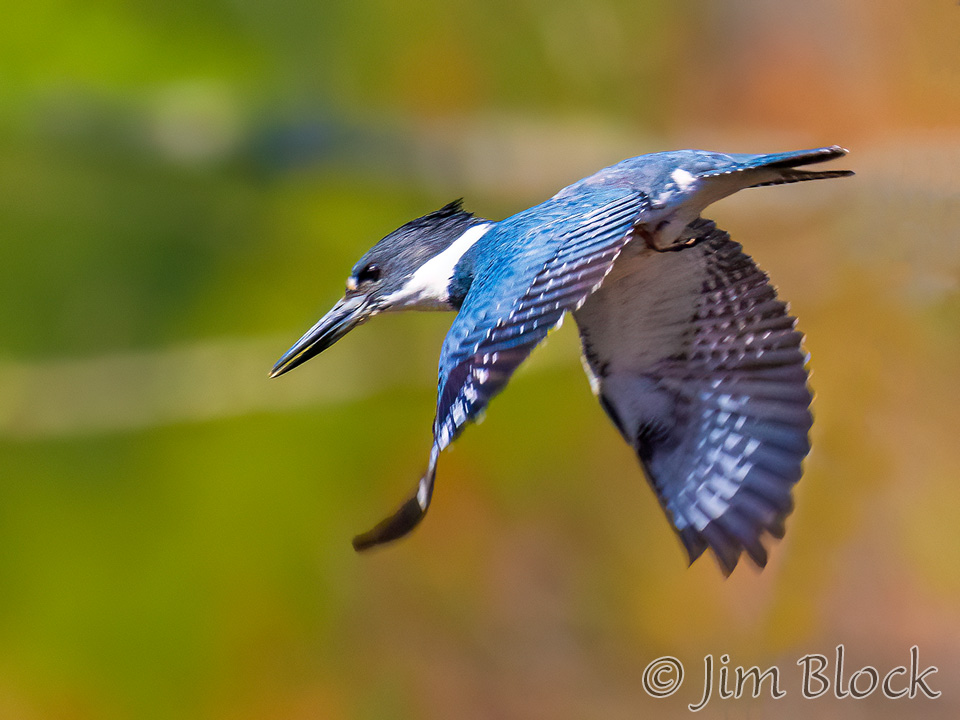
Black-capped Chickadee
A common species and not great photos, but these two photos show a Black-capped Chickadee evacuating a nest cavity in a dead birch near the bridge over Grant Brook. The out-of-focus branches in the foreground of the photos will soon leaf out and help hide the nest.
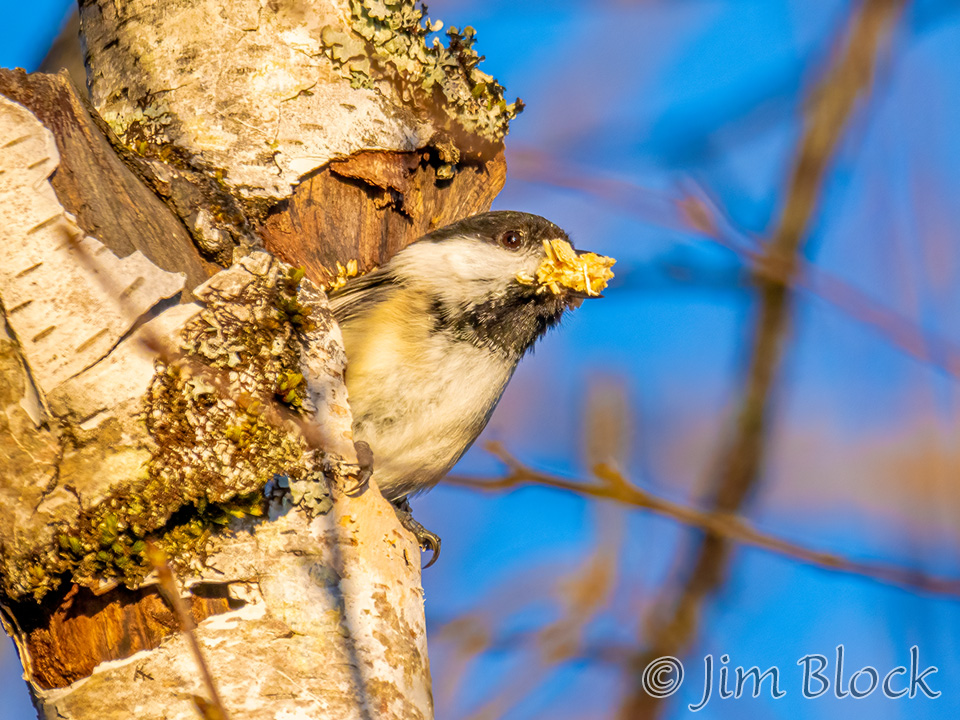
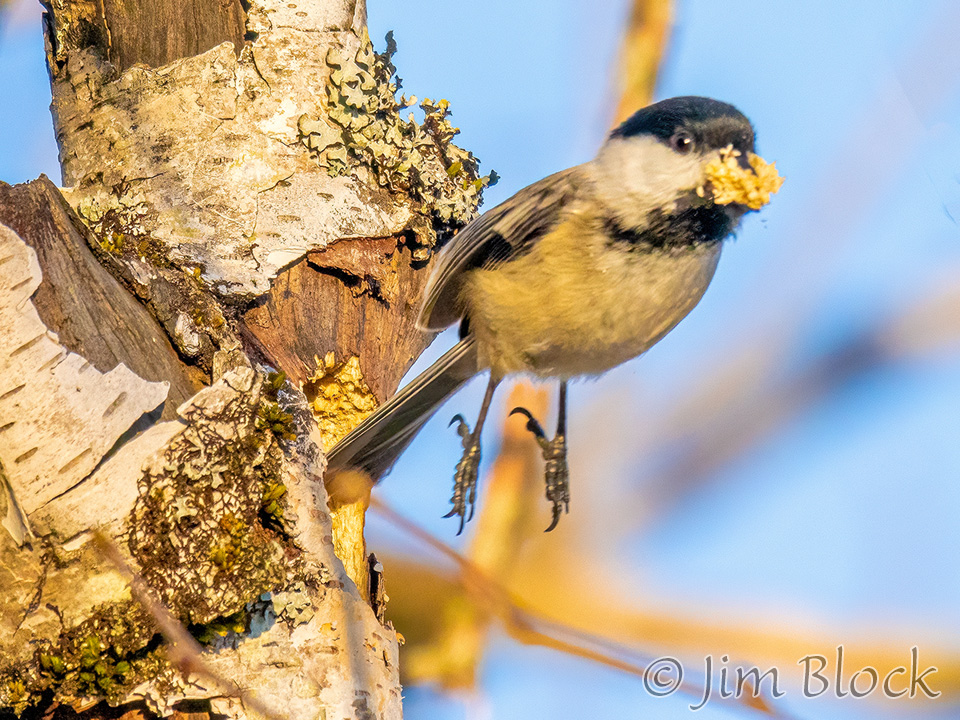
Eastern Bluebird
I photographed an Eastern Bluebird in early morning light in Charlestown, NH. I was there trying, with limited success, to photograph Eastern Meadowlarks.

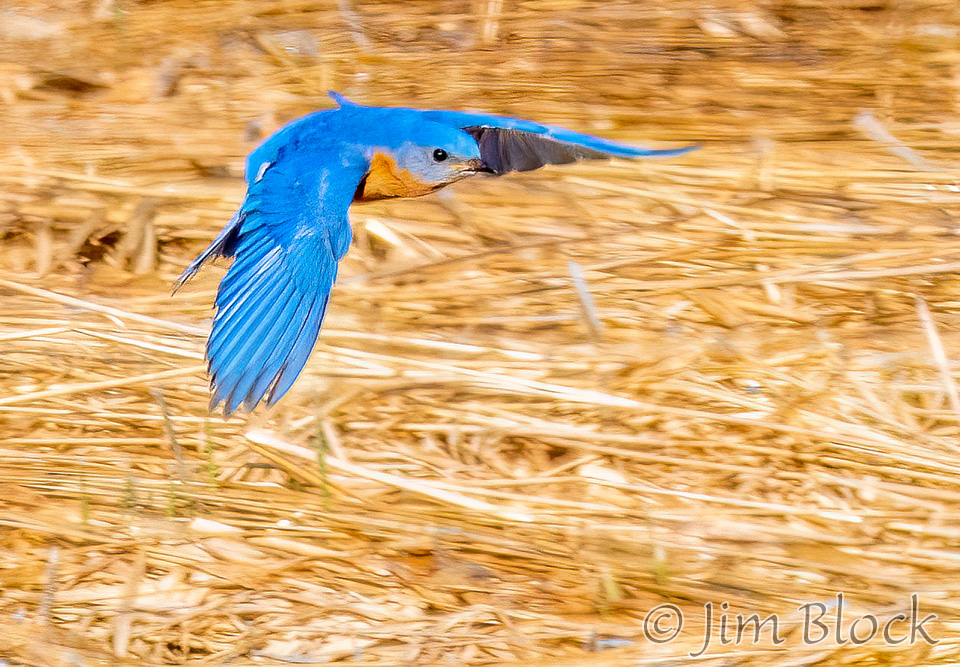
Bufflehead
In poor light male Buffleheads appear black and white. But in the right light, their colors shine. Below are a pair of images I have used in my photo classes for years. Both were taken at “Main Street Pond” in Enfield. The first was by a friend in poor light. I few days later I went there in great light and got the second photo.
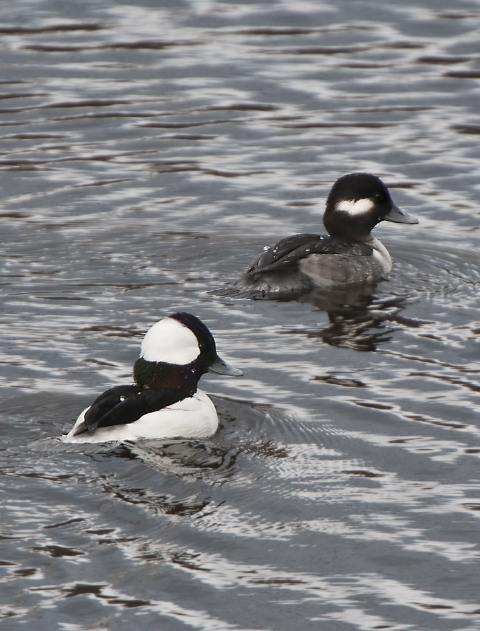
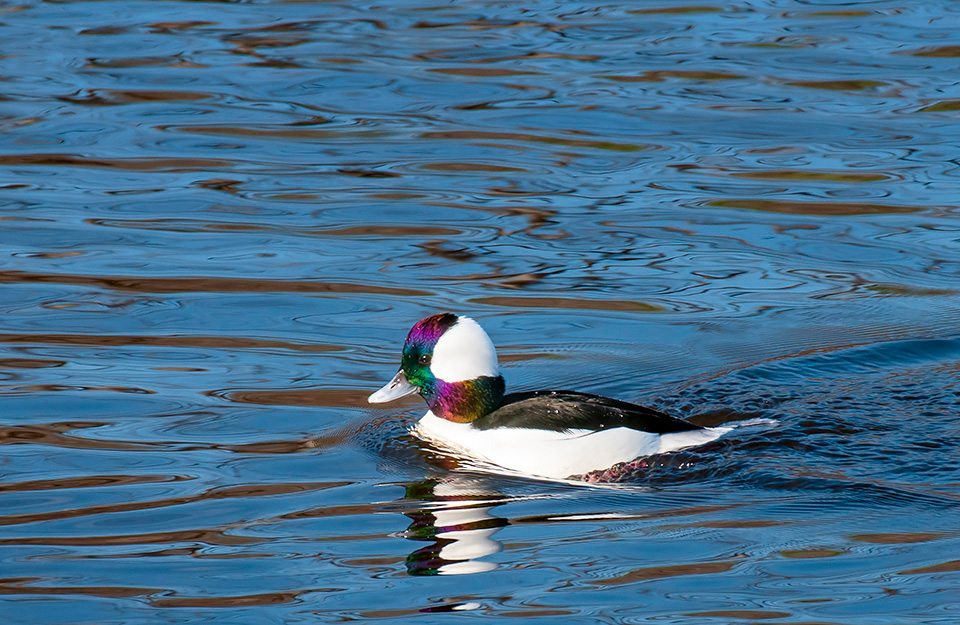
Here are some recent photos of Buffleheads in the Connecticut River from East Wilder, NH.
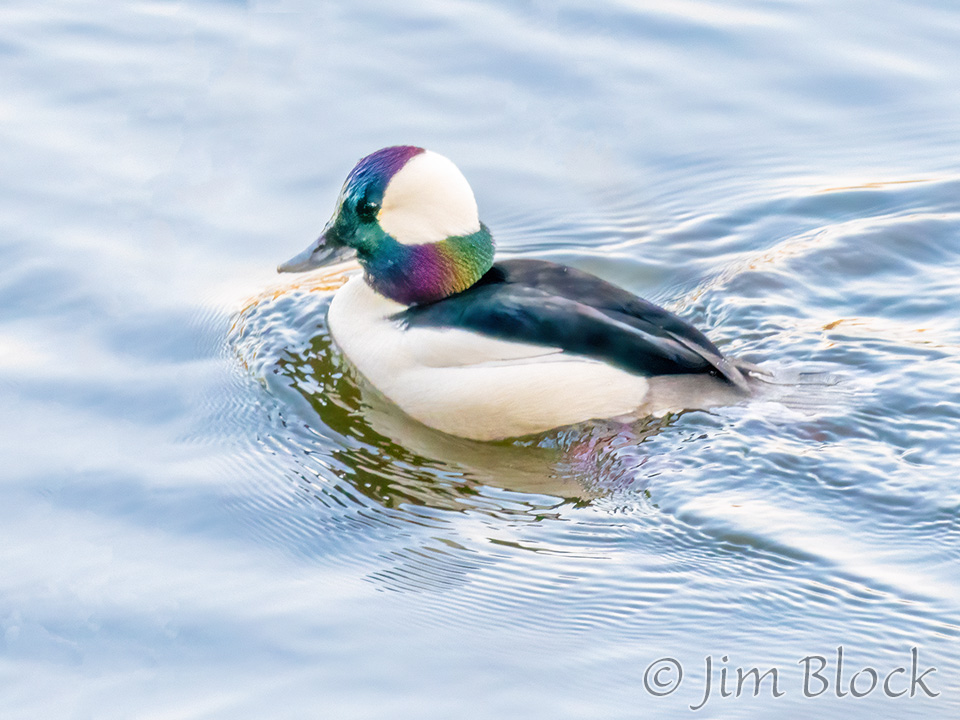
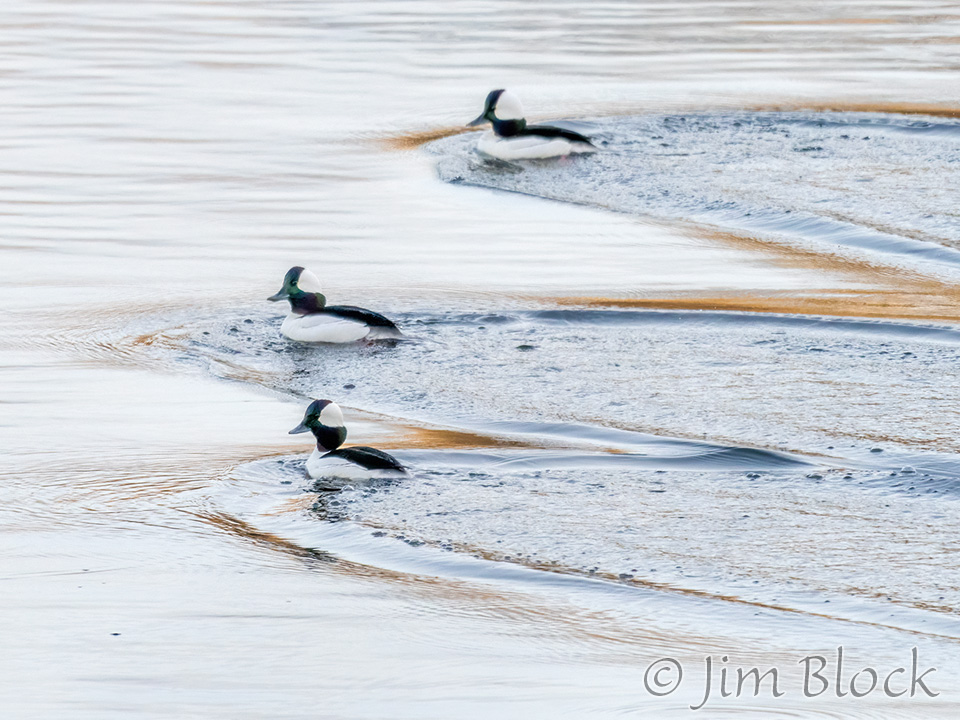
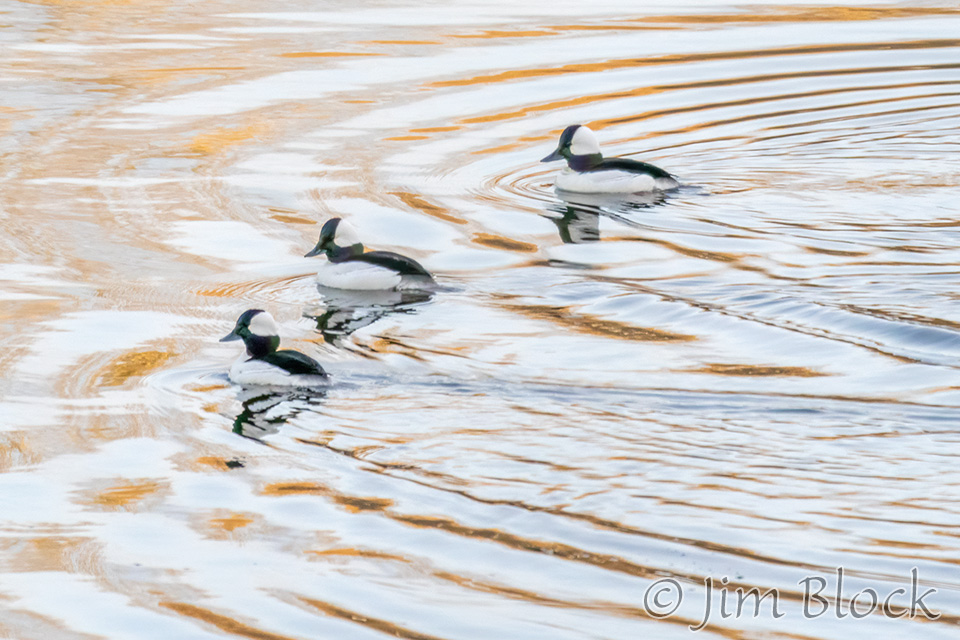
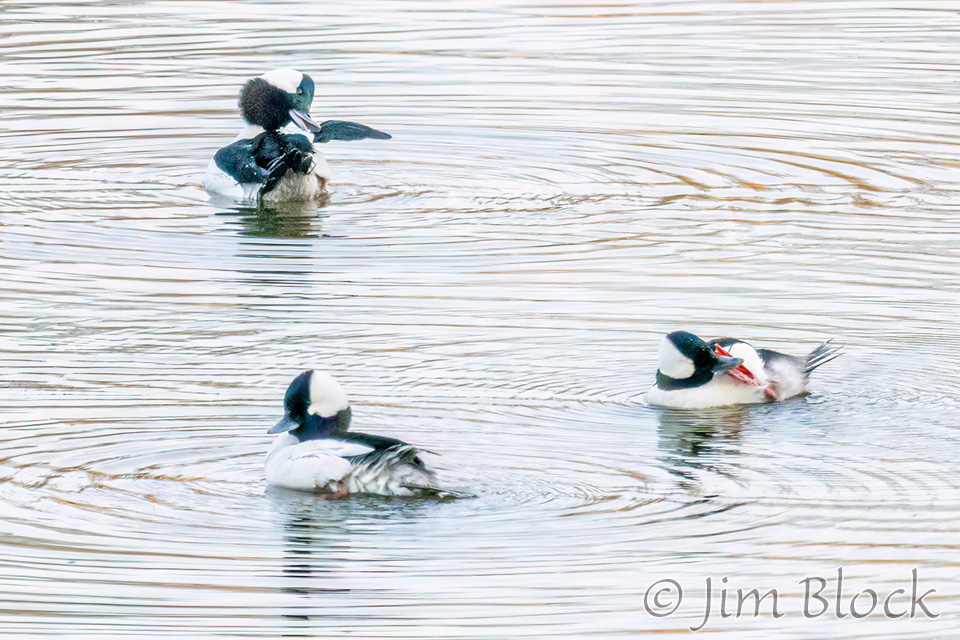
Canada Goose
I visited Lake Runnymede in Windsor, Vermont. While there I took a few photos of a Canada Goose flying.
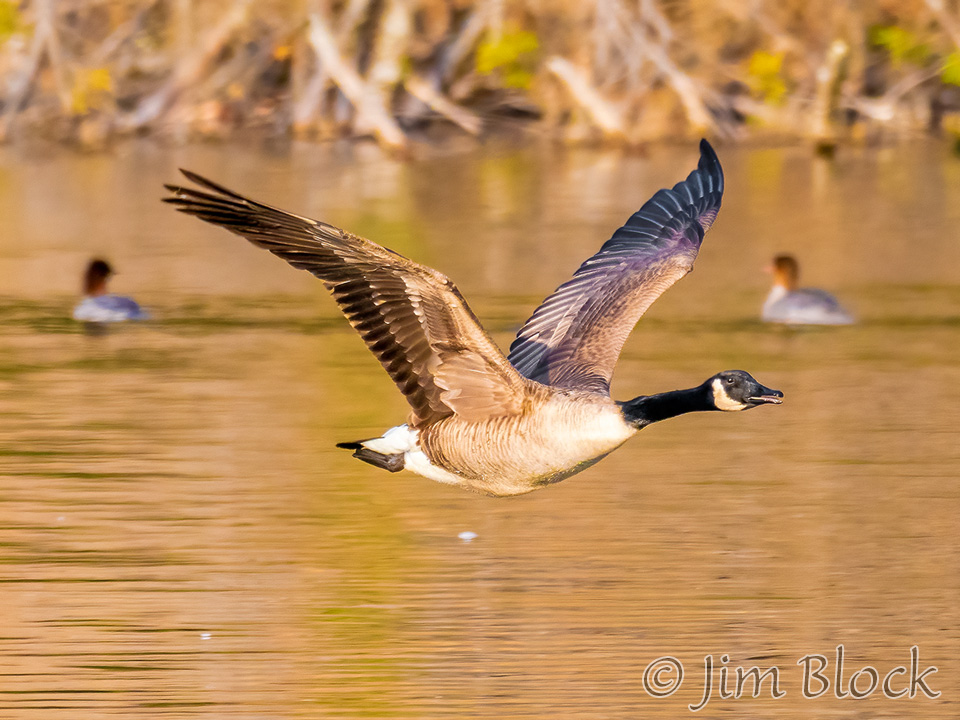
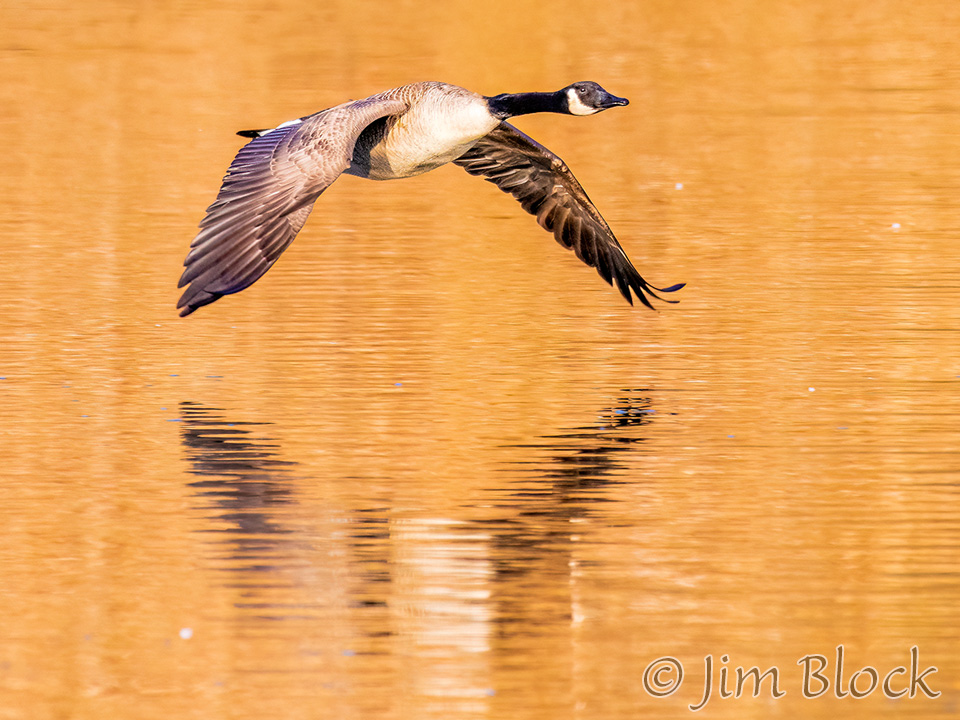
Cooper’s Hawk
Not a sharp photo, but a rare bird species for me. A Cooper’s Hawk flying over Lyme.
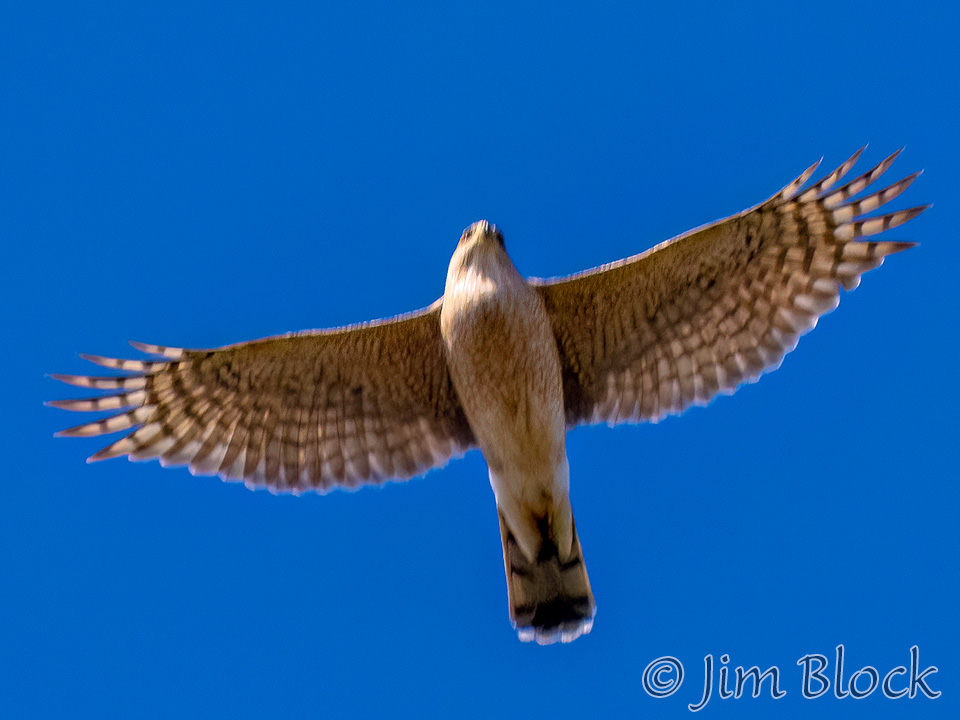
Northern Flicker
I found a distant Northern Flicker along Stevens Road in Thetford. I’ve looked there for Meadowlarks numerous times without luck.
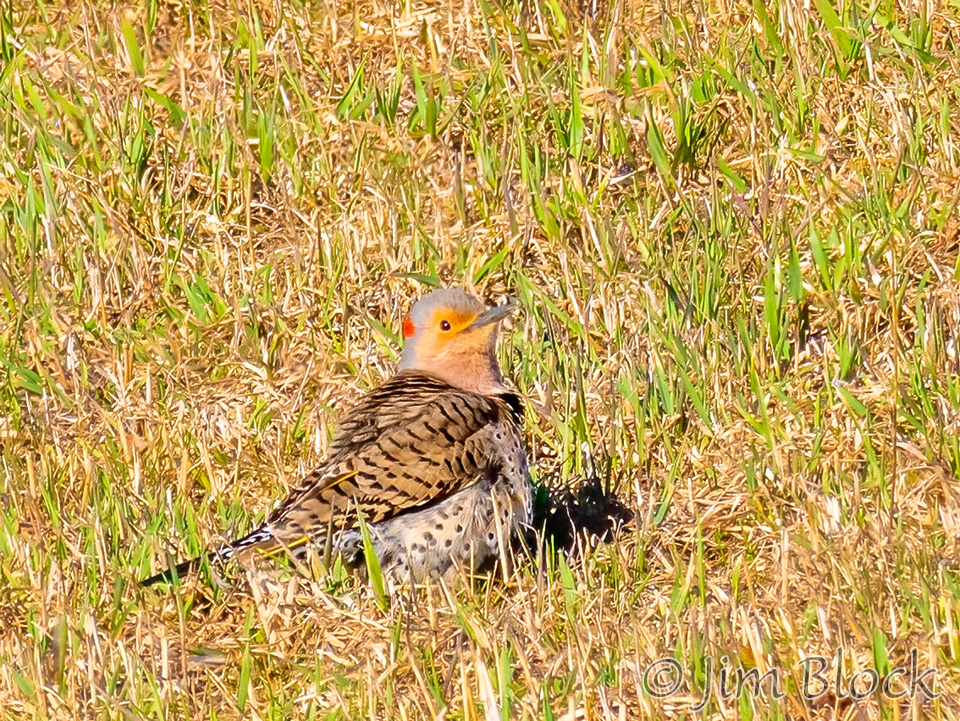
Common Grackle
I photographed surprisingly colorful Common Grackles in West Lebanon, Bedell Bridge State Park in Haverhill, and in Charlestown.
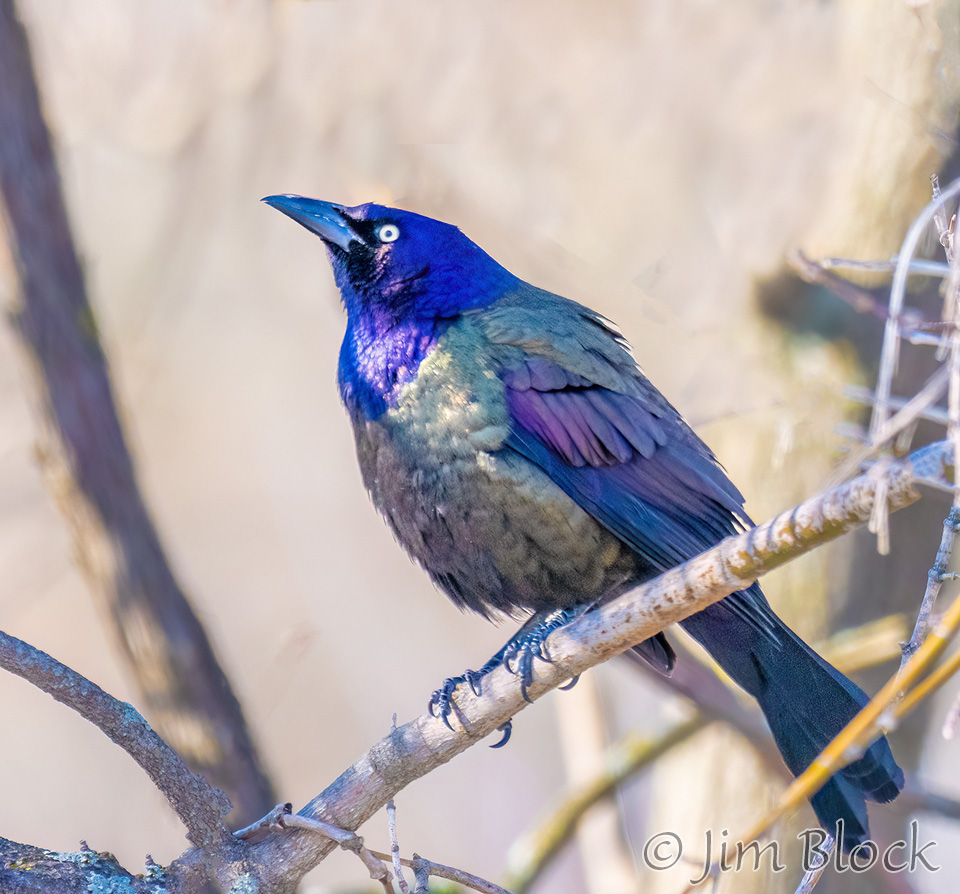
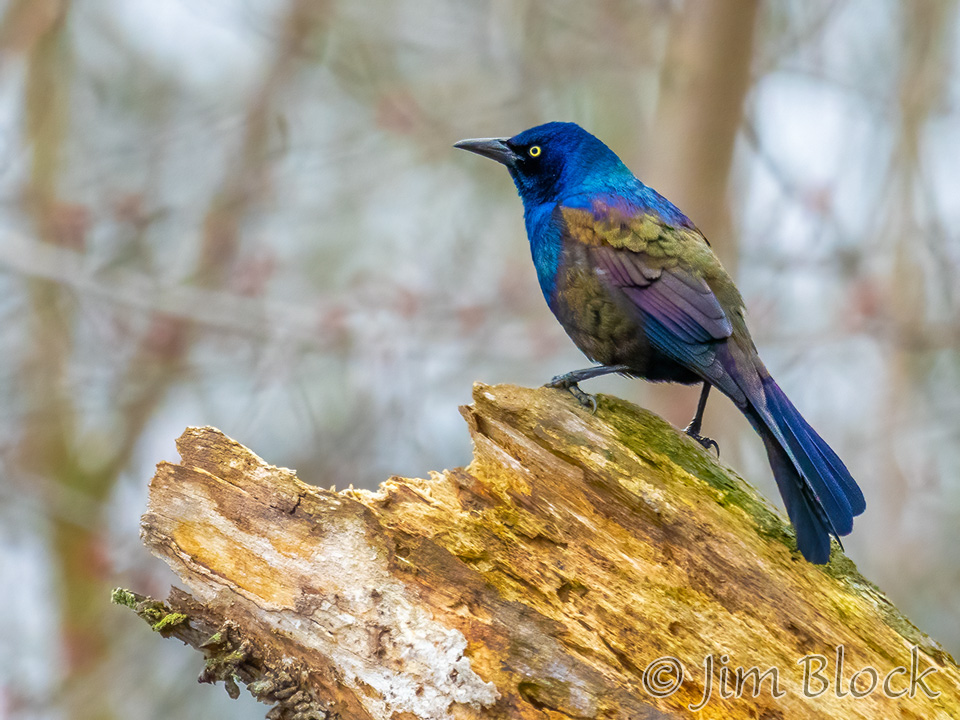
I believe the pair in Charlestown were building a nest on the metal structure.
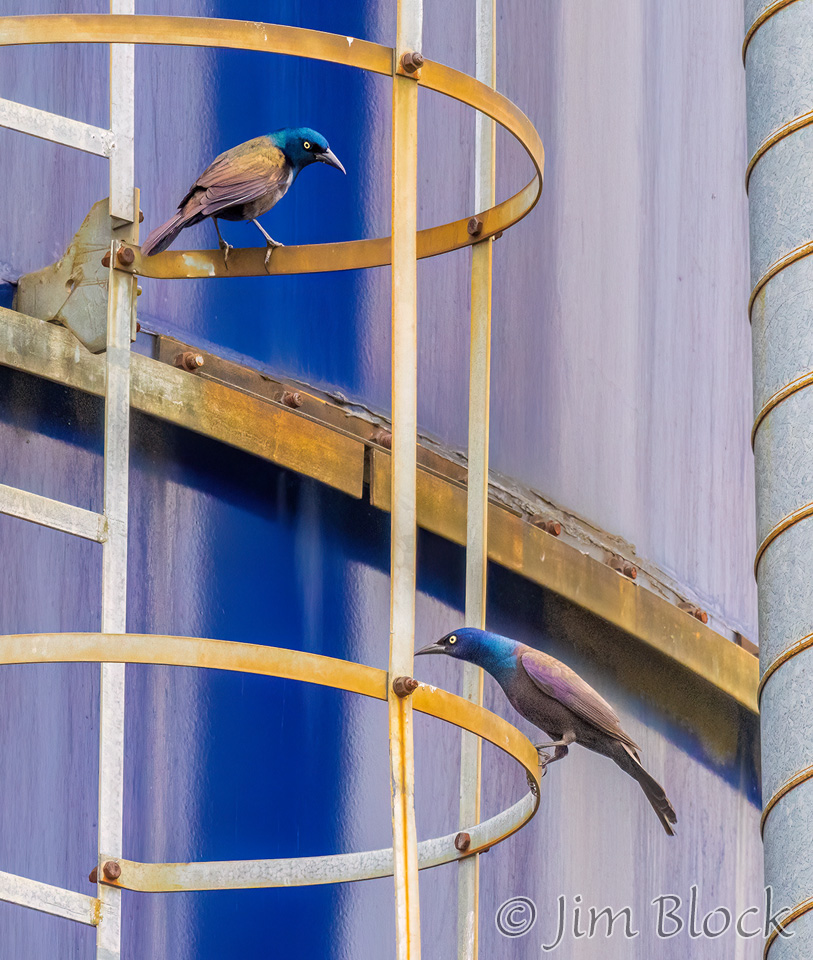
Green-winged Teal
I saw Green-winged Teal on the Pompy in Norwich and at Grant Brook in Lyme, but they were too far away for a decent photo at both places. I got my best photos in Hanover when I parked near the water’s edge and waited for them to come to me. The light was dim and dull. I was actually photographing Wood Ducks when the teal swam into the picture. Here are five photos.
Common Goldeneye
I arrived at Kilowatt South at 8:00 AM in very harsh light and immediately photographed a pair of Common Goldeneyes copulating. Below are two photos. If you wish to see a sequence of nine photos of them mating you can CLICK HERE.
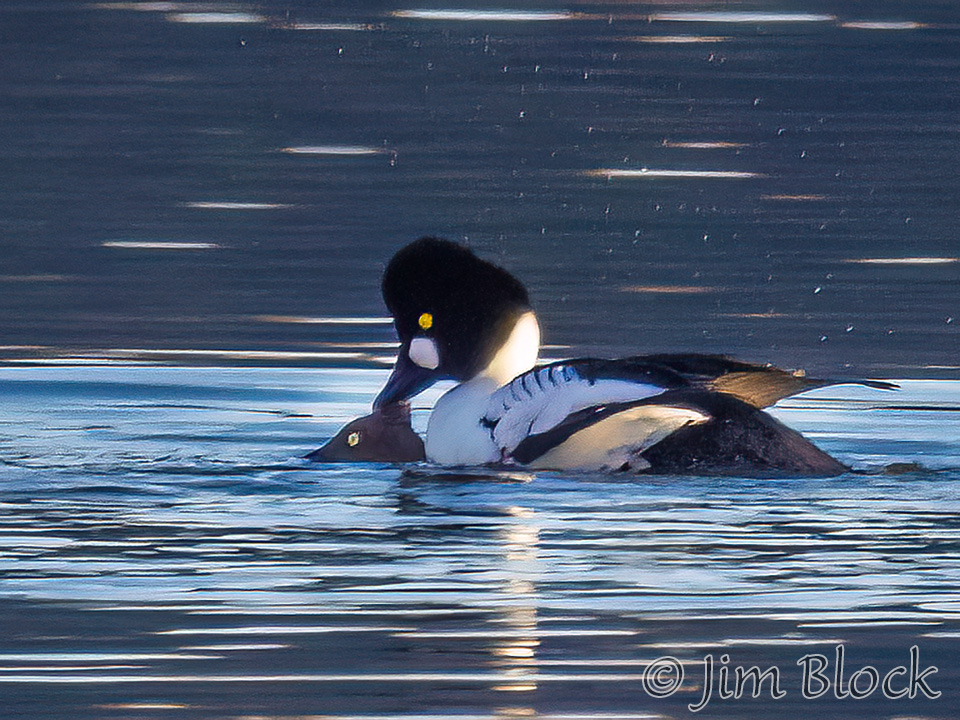
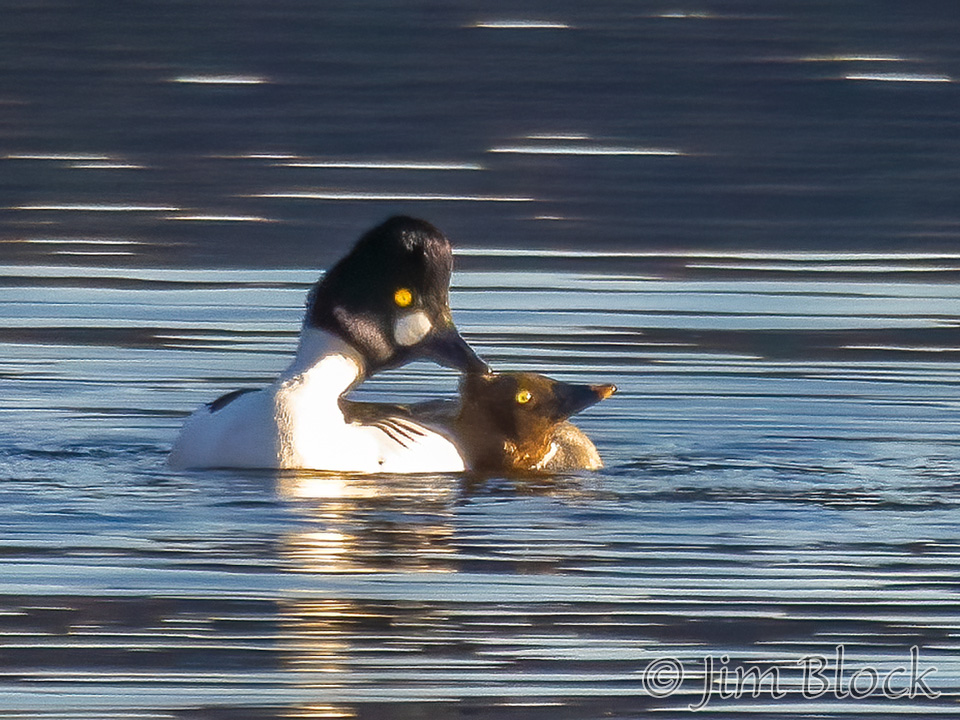
After mating, the male swam proudly away.
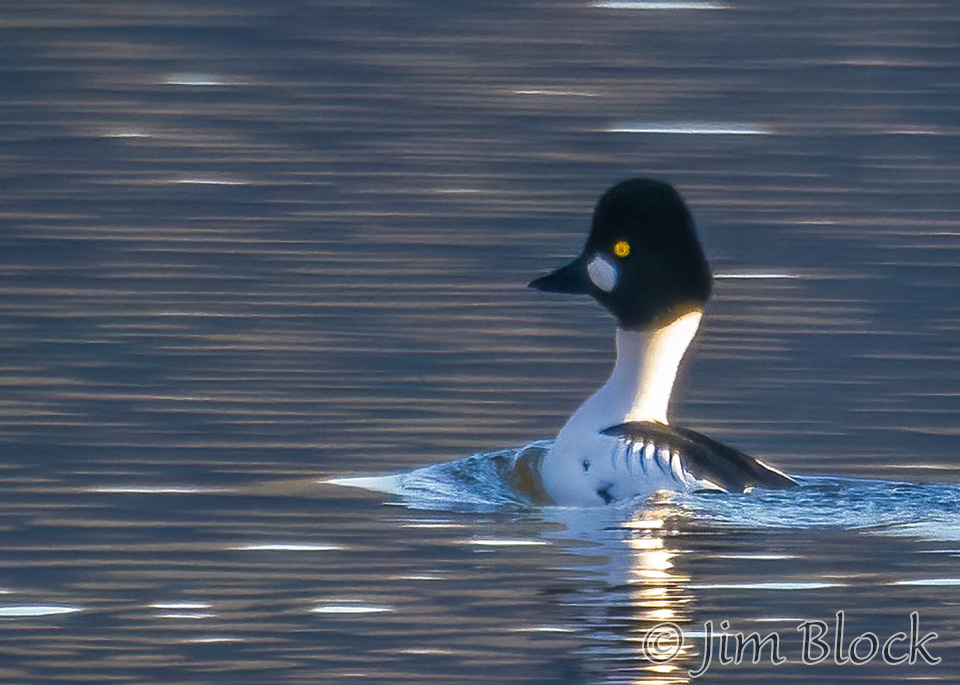
They stayed in the area for at least a week. Below are eight photos taken from across the Connecticut River in East Wilder on two days during the next week. The male has the bold white spot in front of his golden yellow eye. The female has a plain brown head.
American Kestrel
In addition to Wood Ducks, this seemed to be the spring where I was able to photograph American Kestrels at many locations. These birds are hard to approach, so many of the photos have been significantly cropped.
My first encounter with kestrels this spring was when I met George Clark at Campbell Flat in Norwich. He told me where I could find the kestrels nesting there. Sure enough they were right at the spot he described. Their nest box is much farther away from the road then I would’ve liked, but there were two posts a bit closer. Here are nine photos from Campbell Flat Road.
A pair of American Kestrels were sitting together on a powerline along North Thetford Road in Lyme. The first is the male with the blue on its wings. The second is the female.
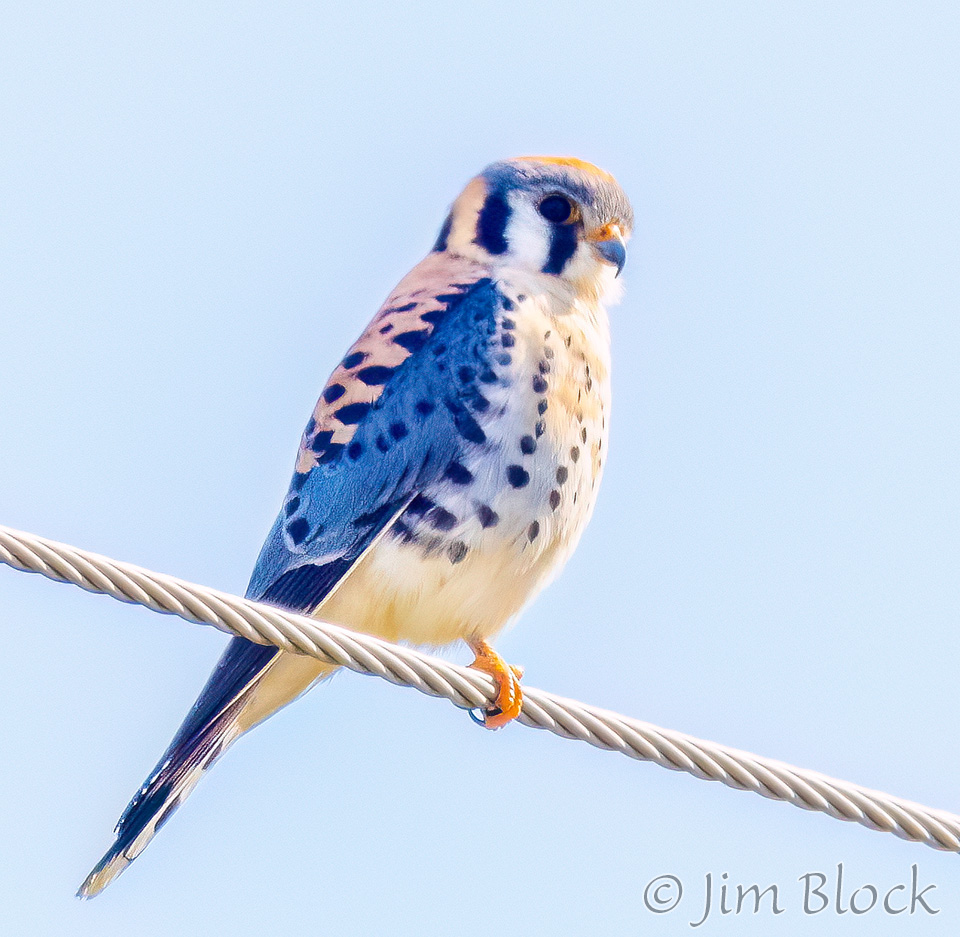
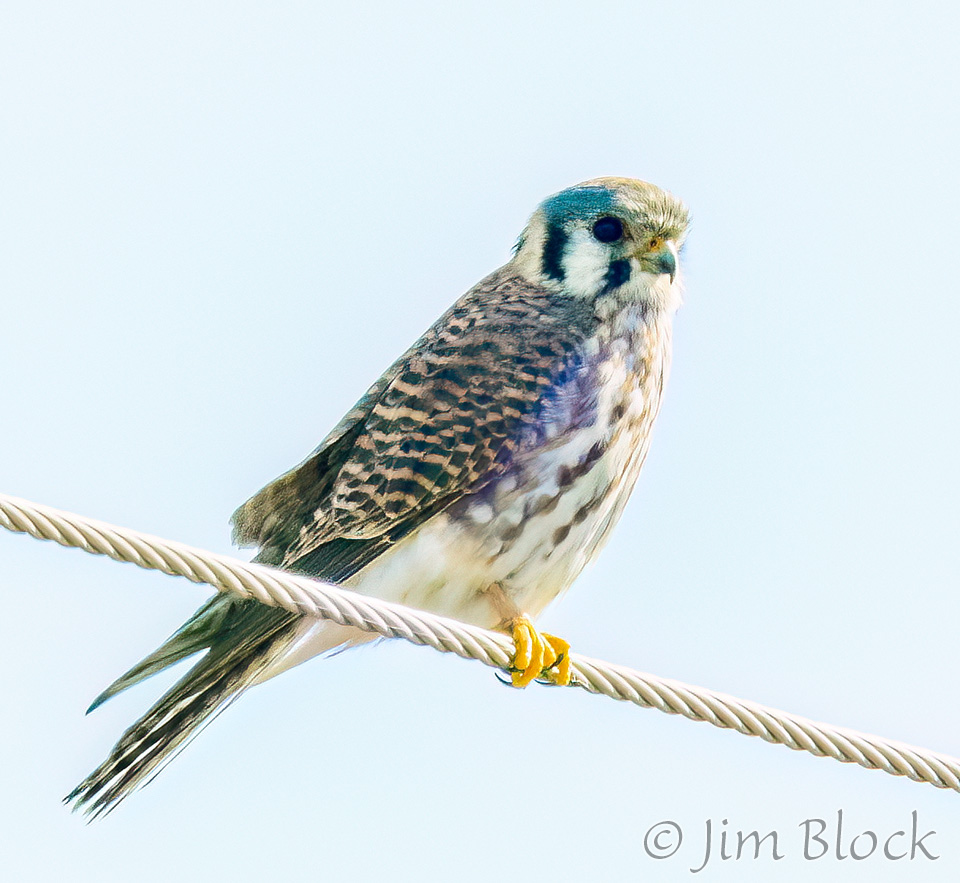
The three photos of a female kestrel below were taken along Stevens Road in Thetford, VT two separate days a week apart. They may all be of the same bird; two are for sure.
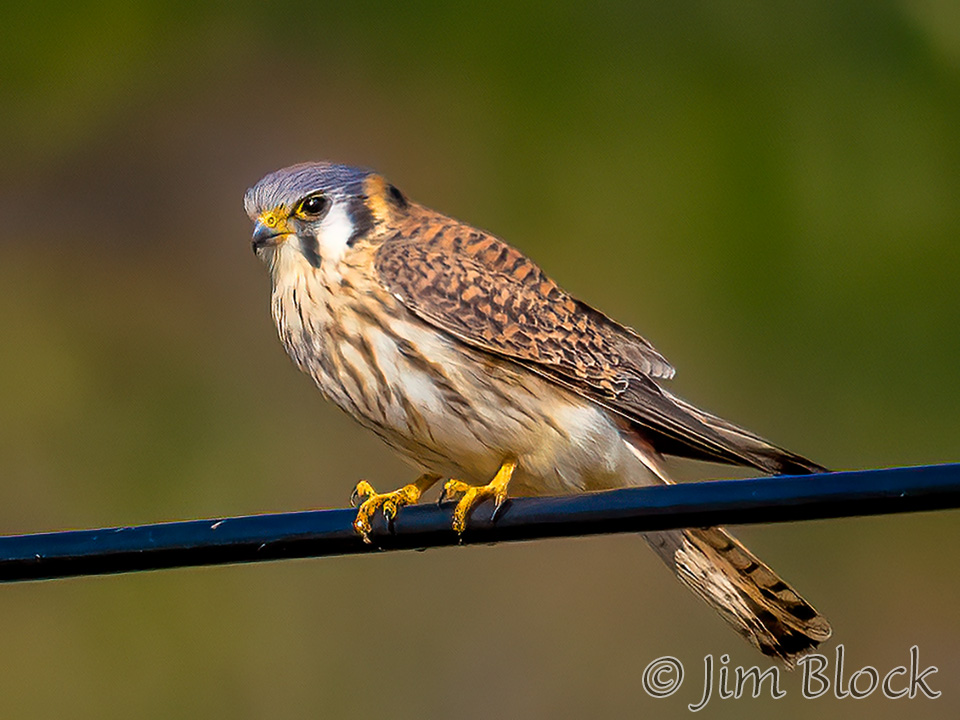
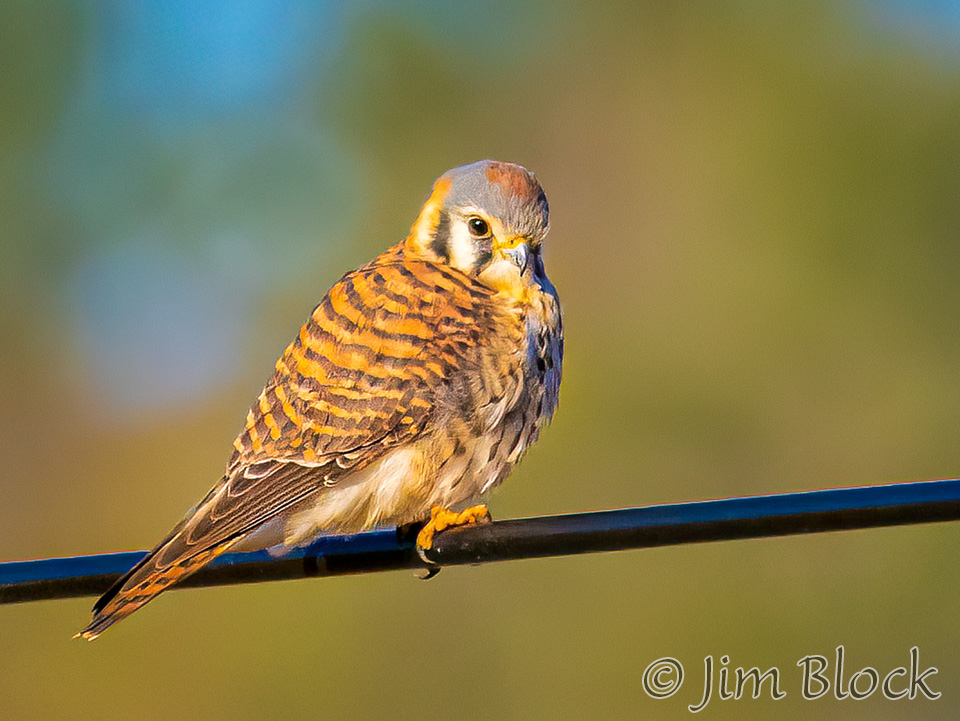
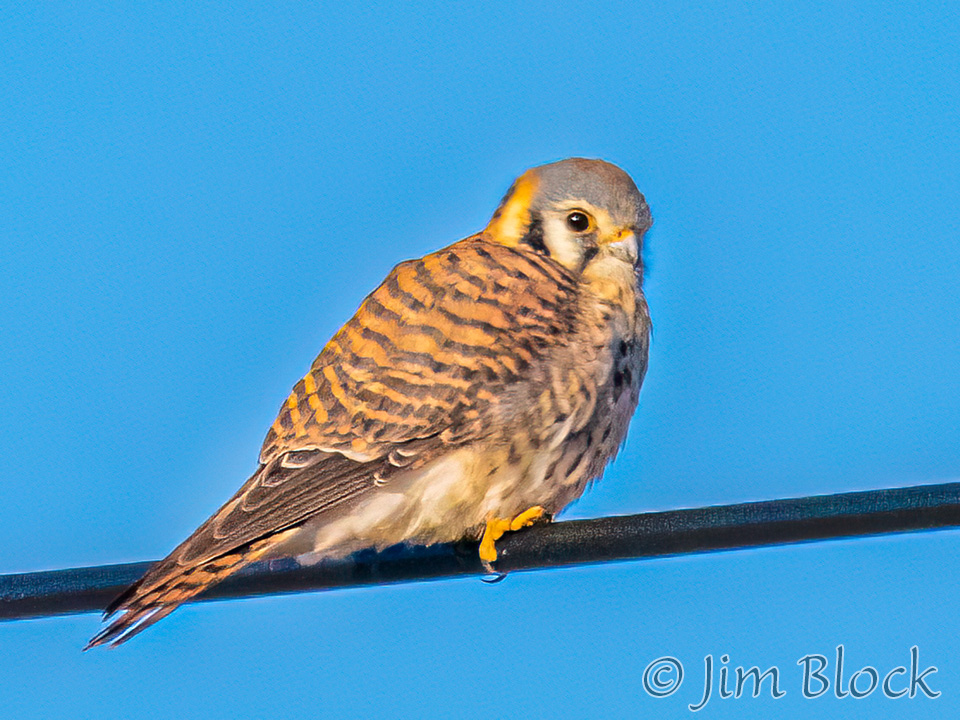
The male kestrels below were photographed at Paradise Park in Windsor, Vt and along River Road in Lyme.
I went to Morningside Farm in Charlestown to try, not very successfully, to get a decent photo of a Meadowlark. But I found three kestrels on a single bush, a female on the left and two males to the right.
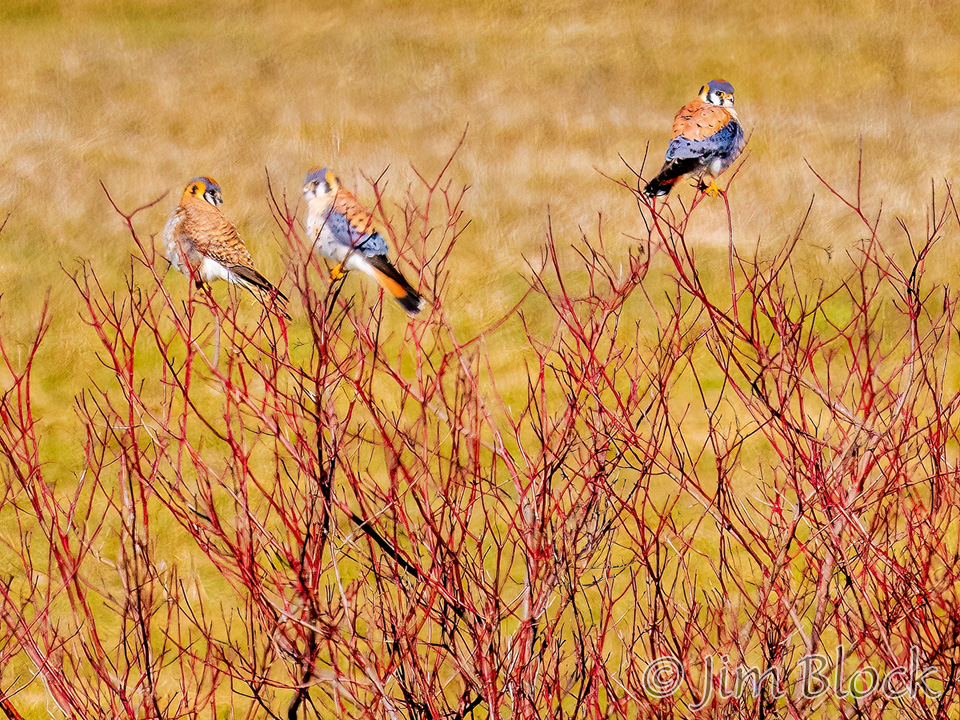
One of the males departed and I moved in a bit closer.
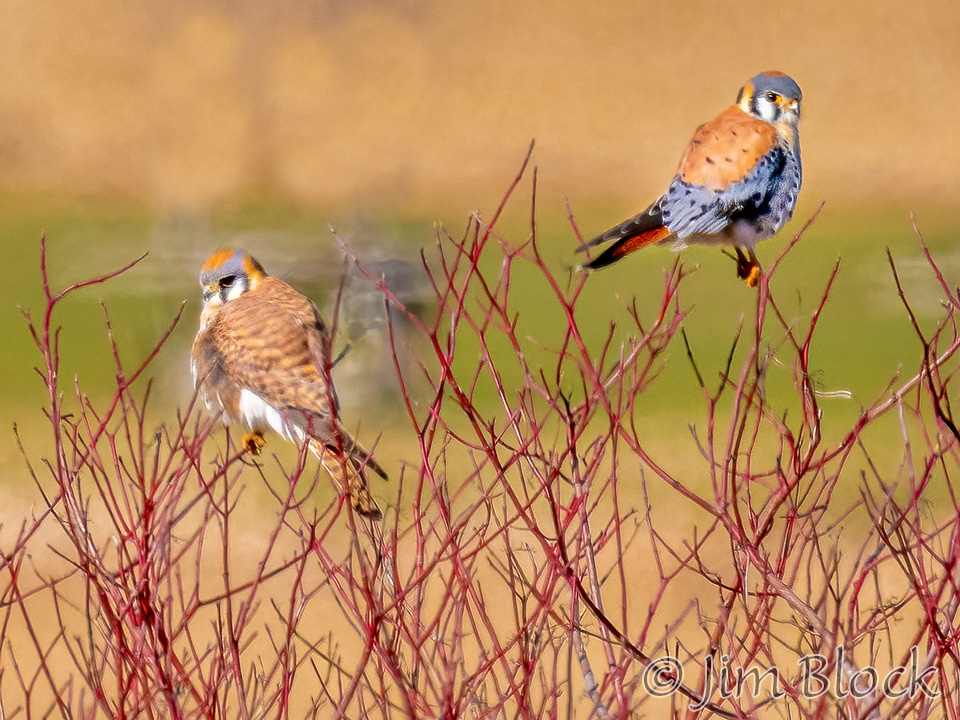
They flew to another bush. Here is the female on that bush.
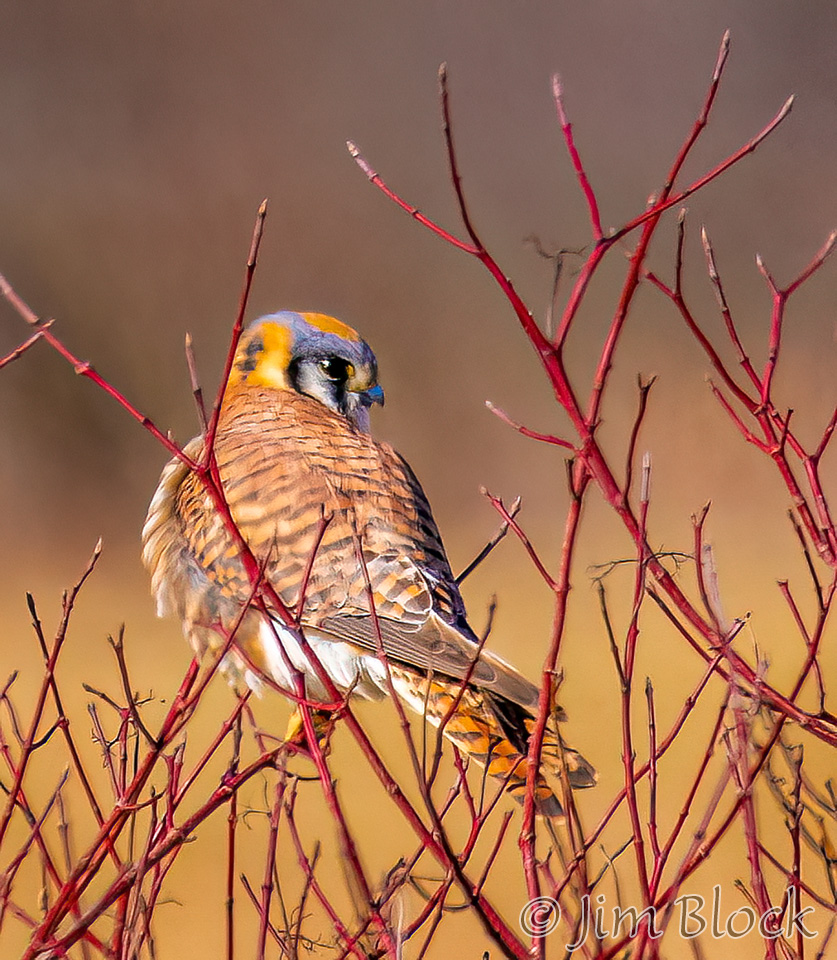
Across the road in Charlestown I was able to slowly make a fairly close approach to a kestrel as it sat on a metal post.
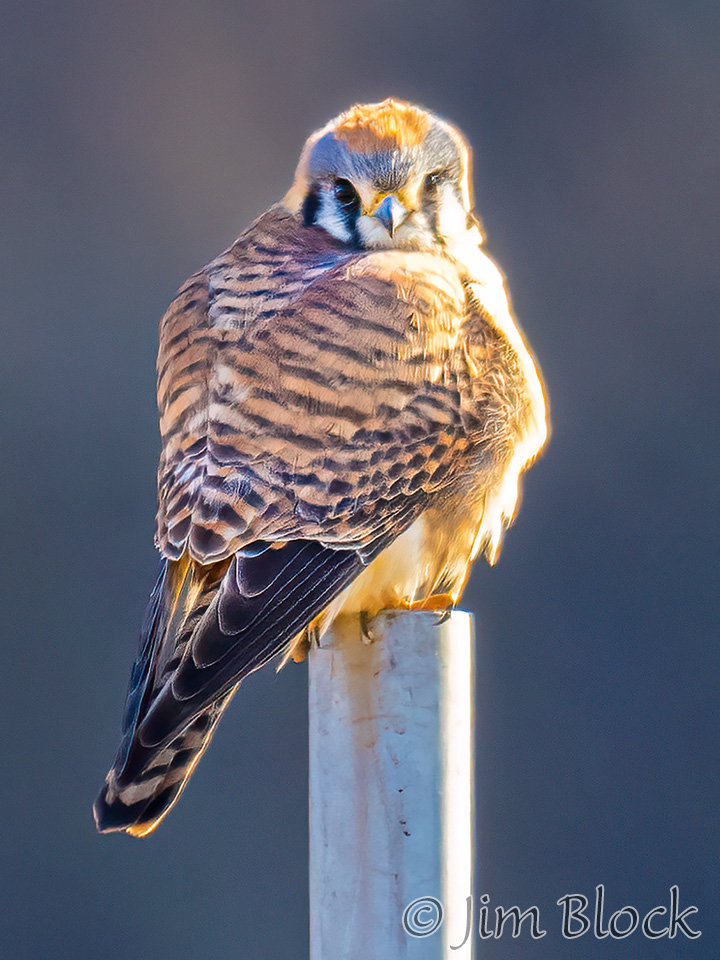
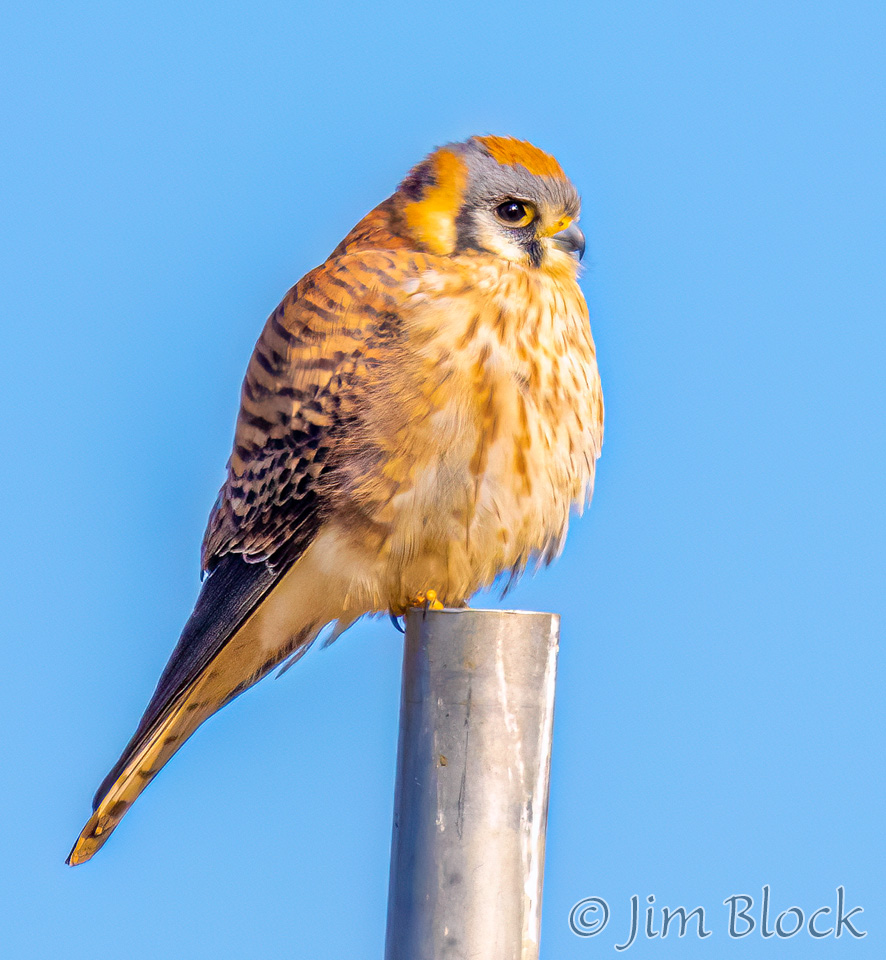
Killdeer
I found three Killdeer on Stevens Road.

Eastern Meadowlark
I’ve been trying to get a decent photo of an Eastern Meadowlark for many years. I finally got a few photos in Charlestown recently, but they are not close to decent. Below are a pair of photos. One thing that is great about photography, one can continuously strive to do better. If you wish to see a better photo and learn about their beautiful songs, you can visit Mary Holland’s blog.
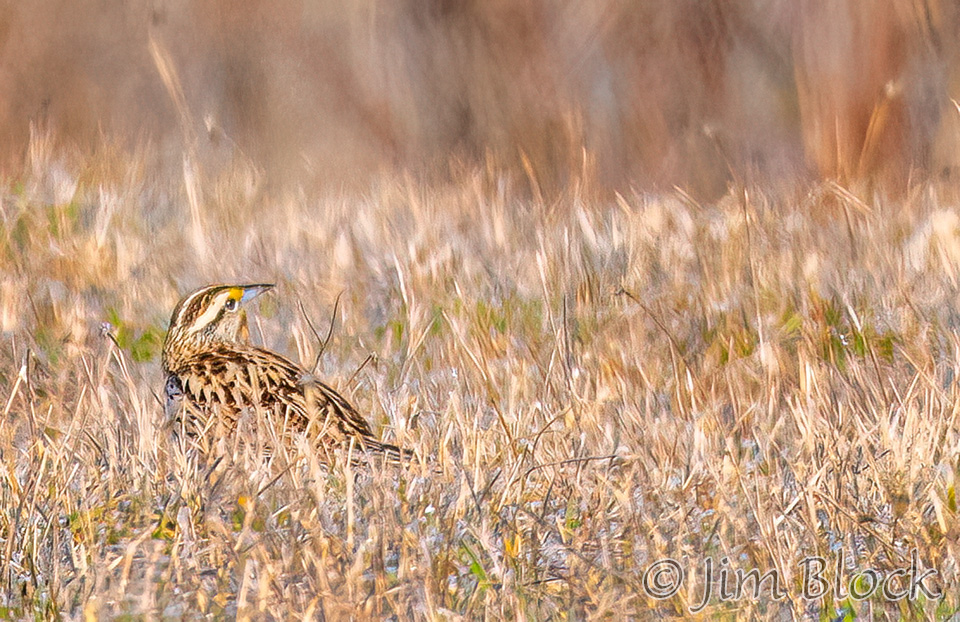
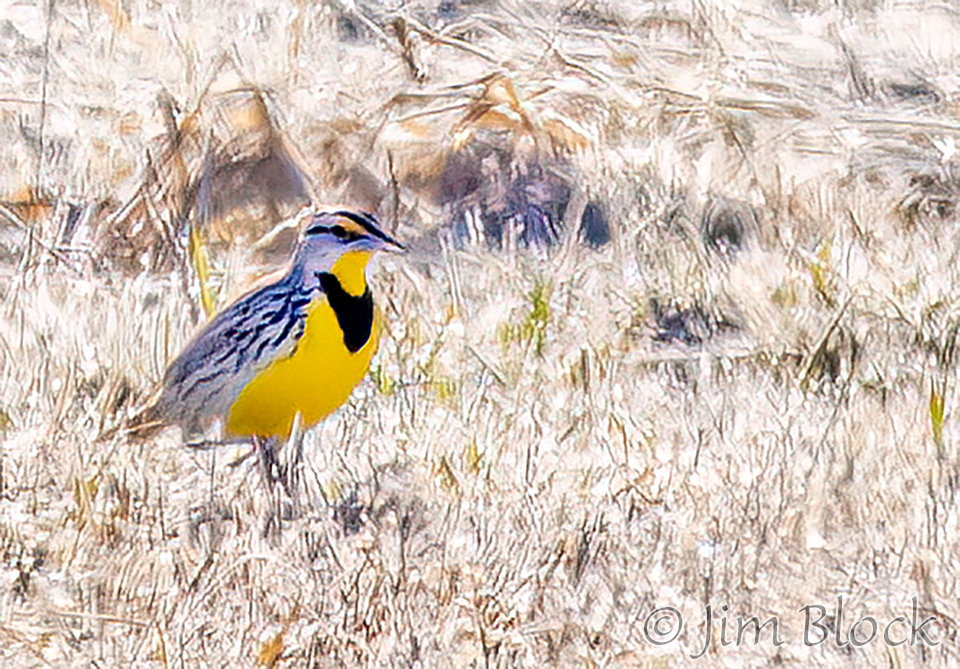
Common Merganser
I found Common Merganser at many locations. Here I simply present a half dozen photos from Vermont: Paradise park in Windsor and a small pond in Norwich.
Hooded Merganser
Hooded Merganser were plentiful on both sides of the river. Here is a slide show of fifteen photos from the Ompompanoosuc River in Norwich, VT and Grant Brook in Lyme, NH.
Merlin
I was able to approach a pair of Merlins very close up at Campbell Flat in Norwich. The fact that the first one I saw was feasting on a robin likely helped. The second sat in a small tree nearby and remained there after the first Merlin picked up its robin and flew to the woods across the field. Here are six photos.
Osprey
I found an Osprey sitting in a tree along Route 5 near the Ompompanoosuc River. I parked and slowly approached. I wish I could have gotten around it so the sun was more at my back, but water prohibited that. But I was able to approach as closely as I wished.

Pied-billed Grebe
I photographed a Pied-billed Grebe from East Wilder that was near a group of Ring-necked Ducks. I almost missed this cute, tiny bird.
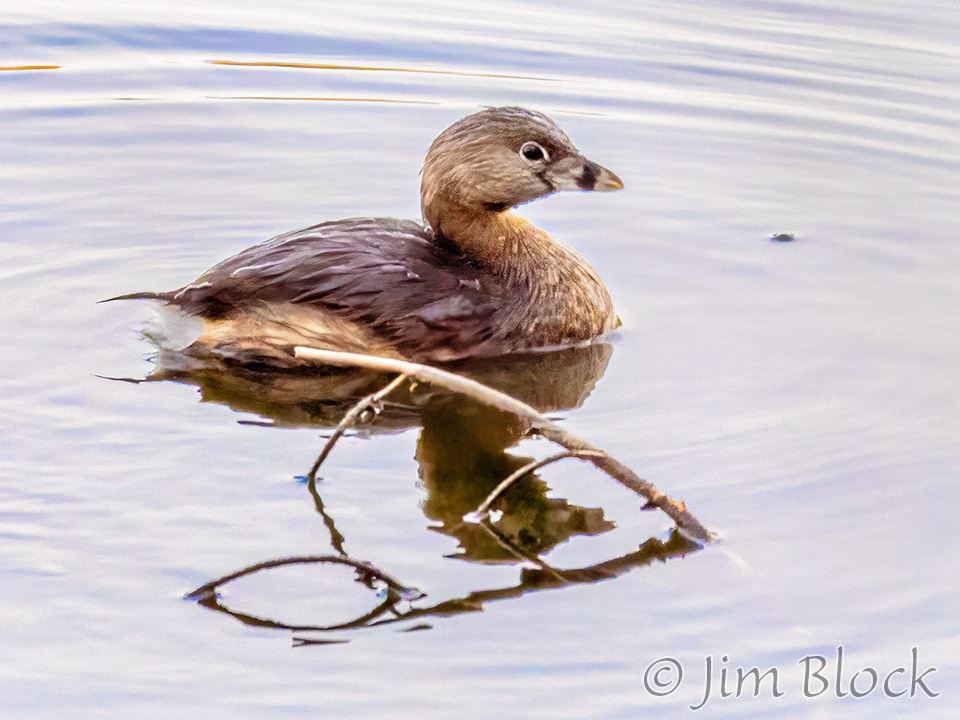
Red-tailed Hawk
A bit south of the Osprey and four days earlier, I found a Red-tailed Hawk near what Chris Rimmer has dubbed the Pompy Farms Oxbow. Here is a series of photos as it took flight.
Red-winged Blackbird
One of the earliest bird species to arrive is the Red-winged Blackbird. The males come first. Here is a sequence of one taking flight in Charlestown.
Ring-necked Duck
After photographing the Common Goldeneyes mating, I concentrated on getting photos of some of the many Ring-necked Ducks in the Connecticut River at Kilowatt Park South in Wilder, VT. The trick was to wait until they swam to a location where they were not directly in front of the early morning sun. Fortunately some behaved and came surprisingly close. This has been a frustrating spot for me to photograph ducks since they are normally along the far NH shore.
The male Ring-necked Duck is black and white with a surprisingly red neck, and the female is several shades of brown.
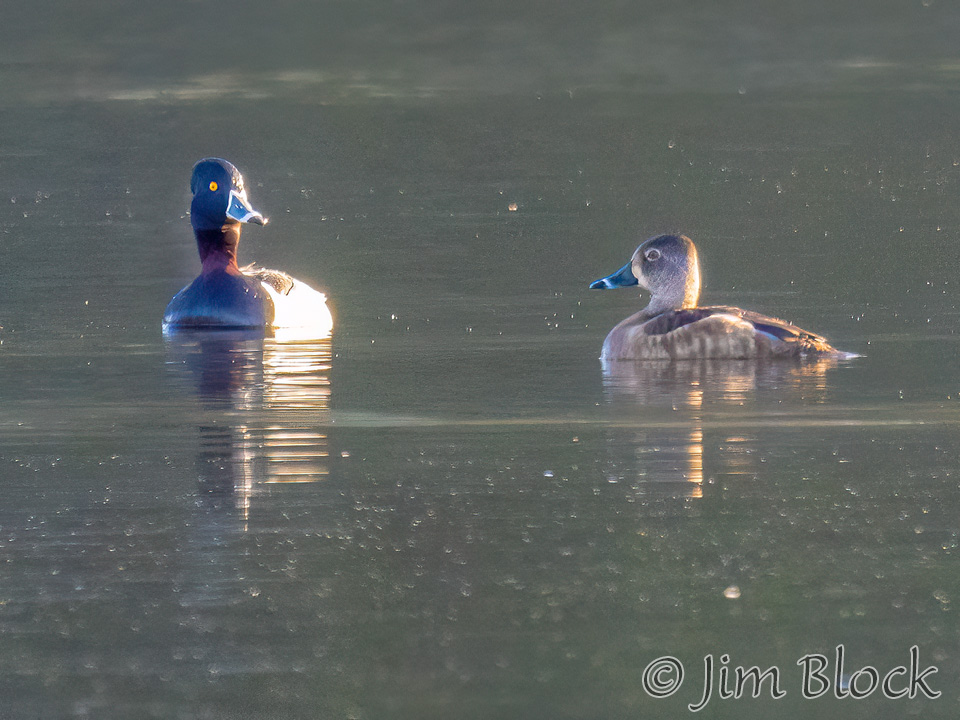
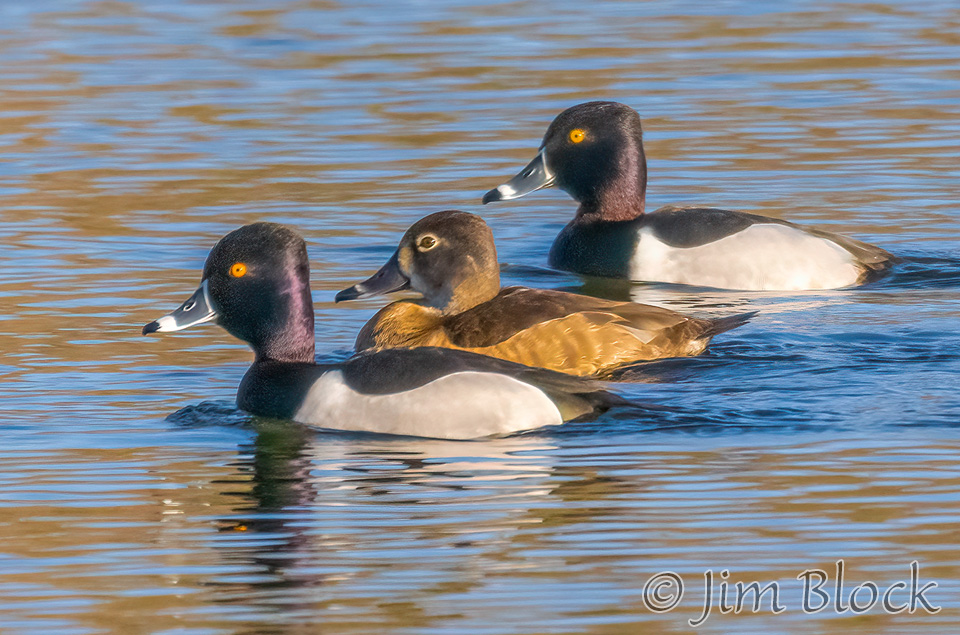
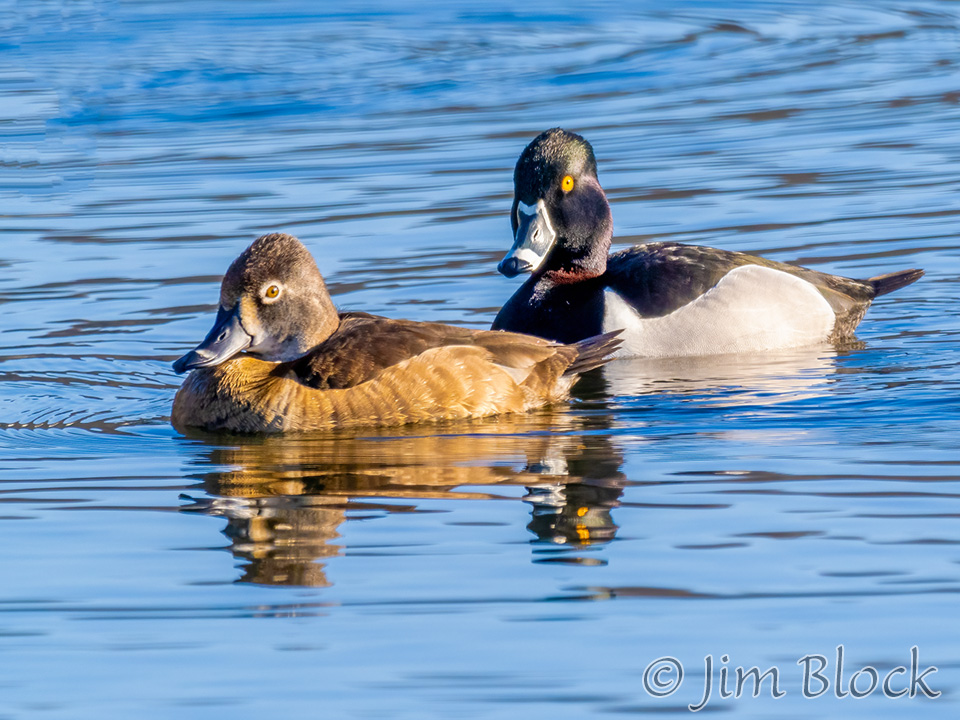
I also photographed Ring-necked Ducks from nearby East Wilder, NH several days later.
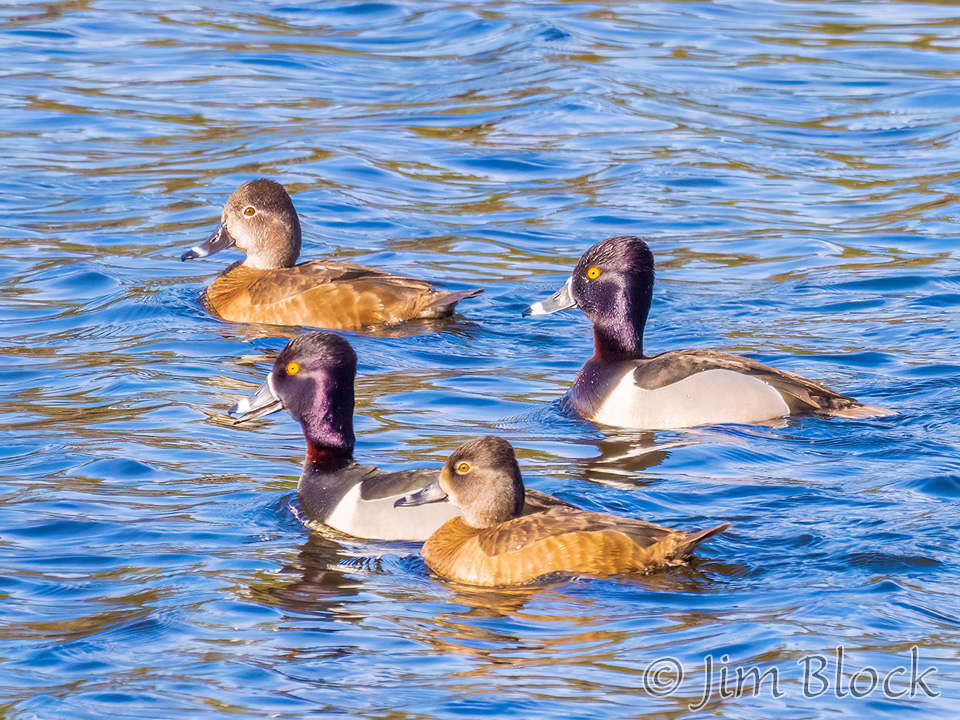
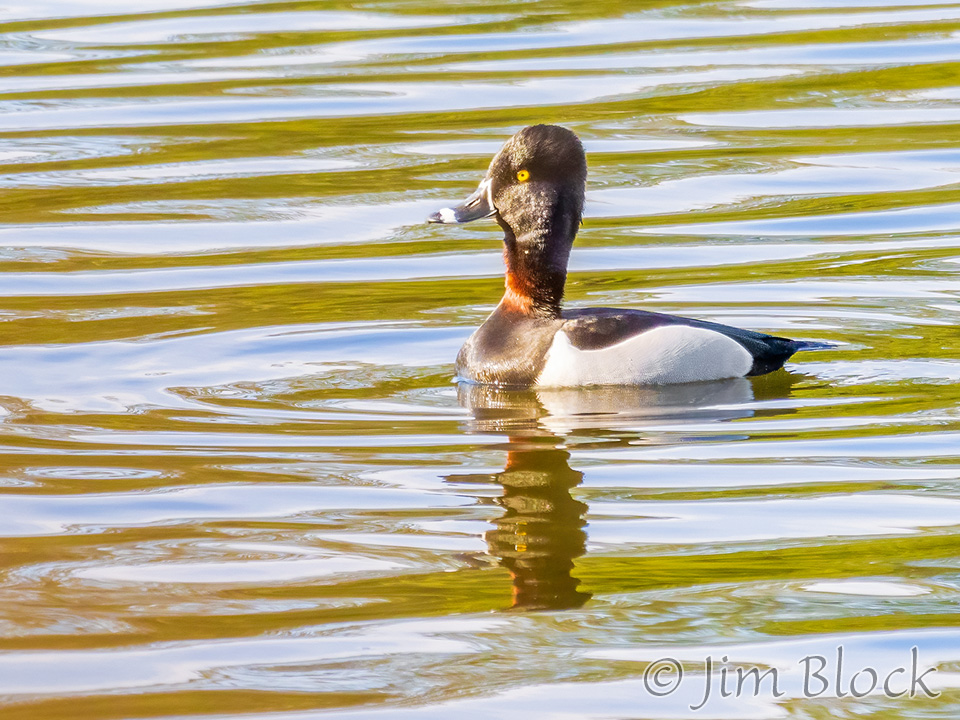

American Robin
I saw many American Robins including a very large number when I drove along Campbell Flat Road looking for the kestrels. When I turned to head back, they were all gone. Except the one a Merlin had grabbed. The photo below was taken at KW South in Wilder as the robin fed on a downed sumac. Not great food, but in late March the ground might not have been conducive for feeding on worms.
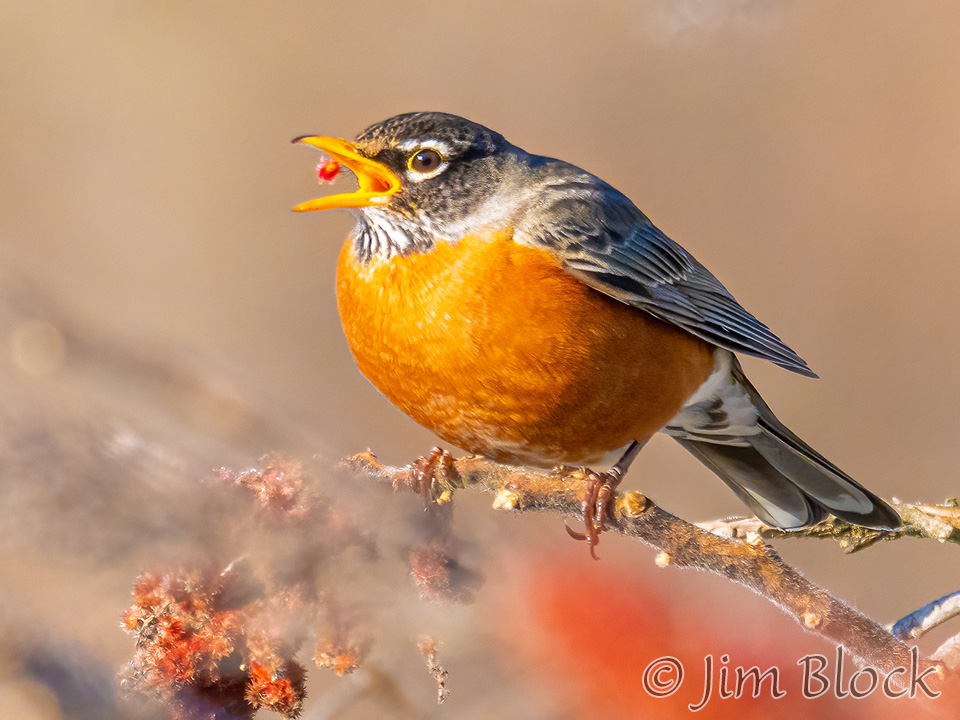
Rock Dove
A pigeon to most people, I photographed a distant Rock Dove in flight not knowing what it was until I looked at my photos on my large monitor. I think it is a handsome bird.
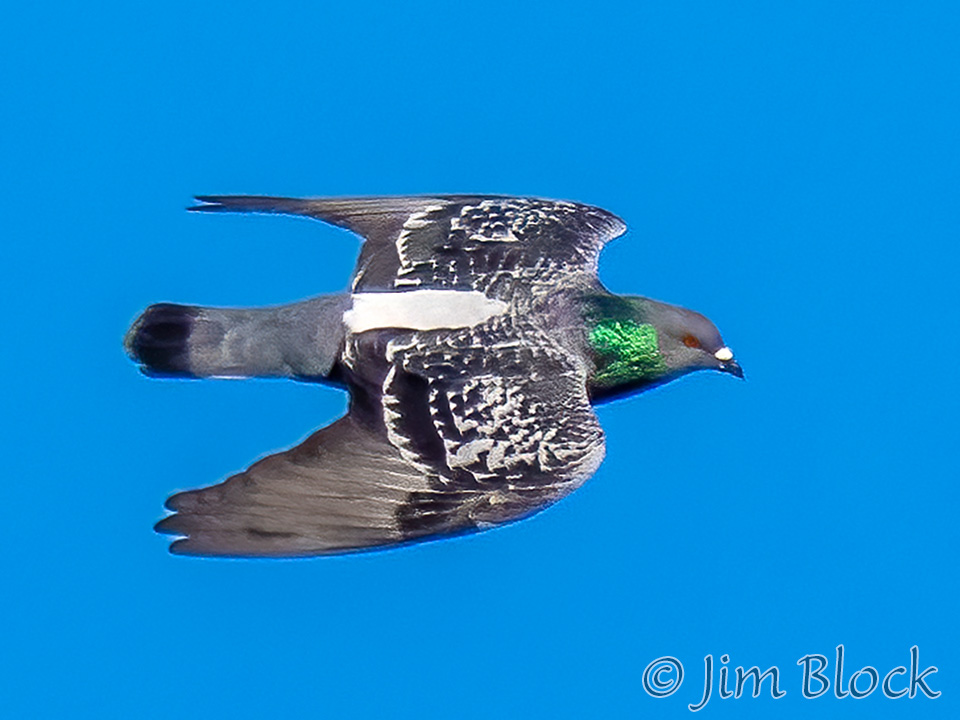
Tree Swallow
I spent a short bit of time at Paradise Park in Windsor, Vt photographing Tree Swallows flying around their nest boxes.

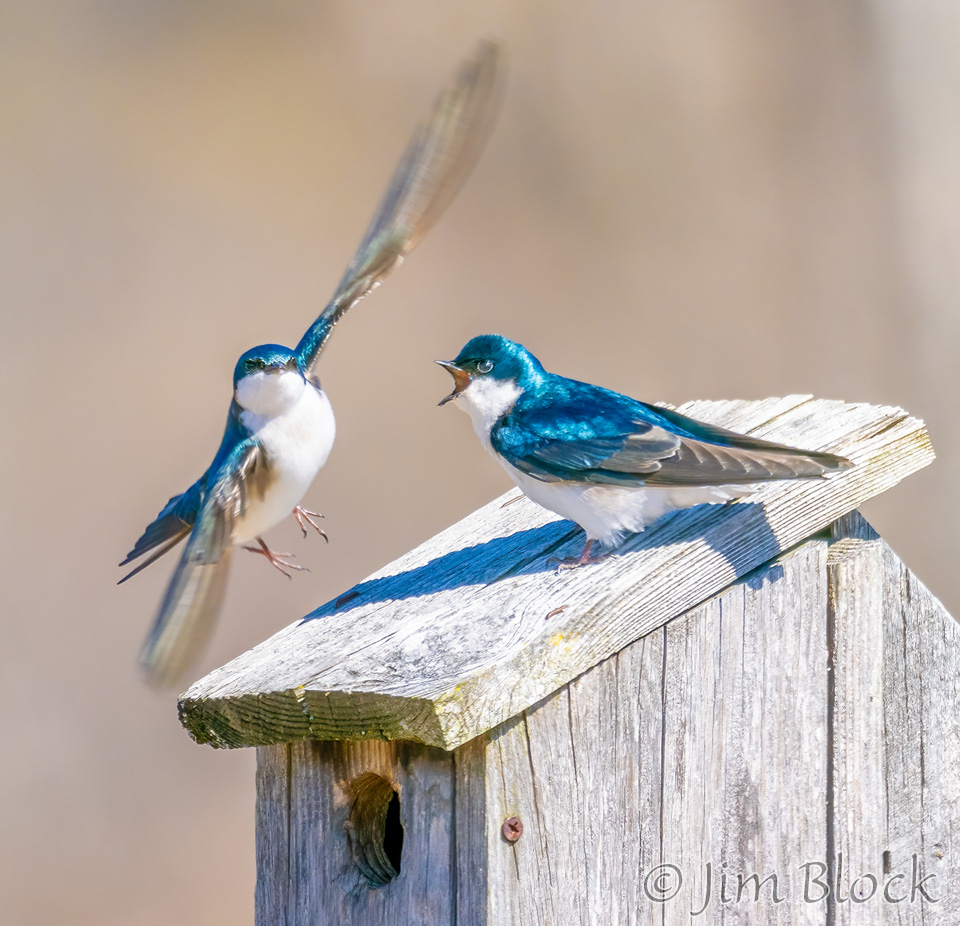
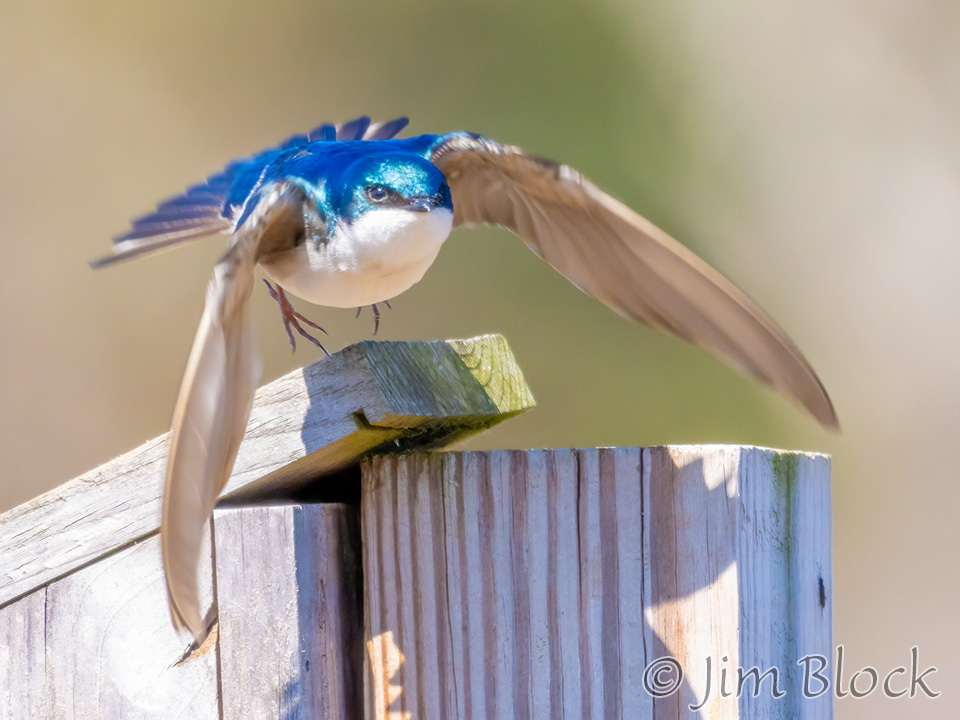
Turkey
Early spring is the time for male Turkeys displaying to interest females. I saw displays in several towns but wound up photographing them only in Etna at three different locations. In these photos you can tell how the color of the light changes with time of day (yellower early in the day) or when it is overcast (bluer).
American Wigeon
American Wigeons nest mainly in Canada. They migrated through the Upper Valley the past three weeks. I saw them in Norwich and Lyme, but it was only at Grant Brook in Lyme, NH that they were close enough for a decent photo. Even there they were fairly far from where one could stand. Here are five photos taken two different days in late March.
Wood Duck
I had better luck this year photographing Wood Ducks than any year I can remember. One day I saw around 50 at Grant Brook. But the best spots for close-up photos were two intimate spots in Hanover and Lyme.
Late in the first week of April 2023, I headed down to the Connecticut River in Hanover very early in the morning. I set up my portable blind with leather seats made by Toyota as close to the river as possible and quietly waited. There were a few Hooded Merganser that I ignored, and four Wood Ducks that I did not ignore. At times the Wood Ducks swam quite close to me. And then a pair copulated.
Just like with the Common Goldeneyes, the female initiated the copulatory sequence by assuming a prone position on the river as can be seen below.
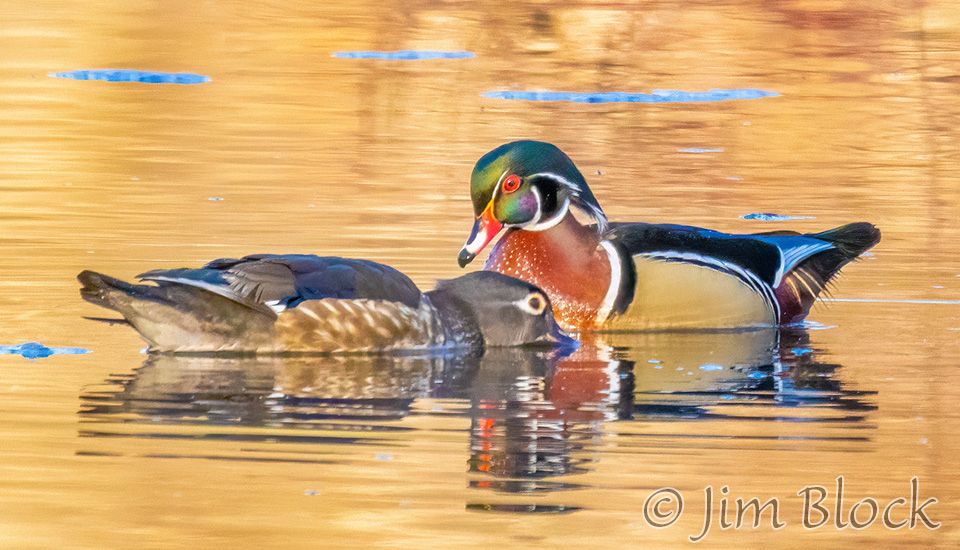
The male swam around her and mounted, grabbing her head, again just like the Common Goldeneyes.
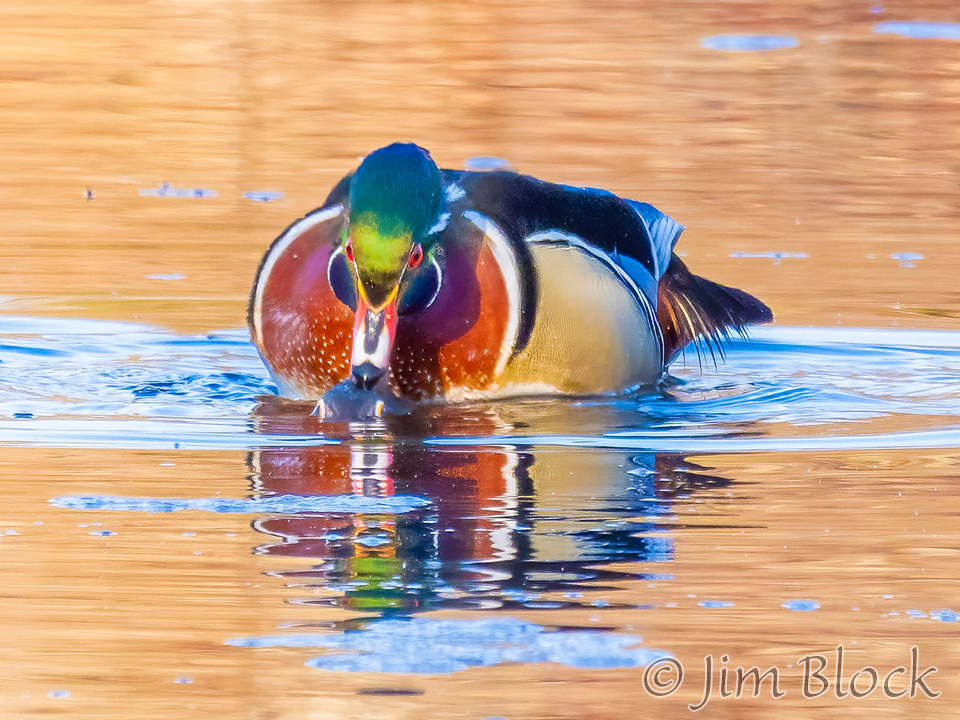
After having her head totally submerged, the female’s head begins to come out of the water.
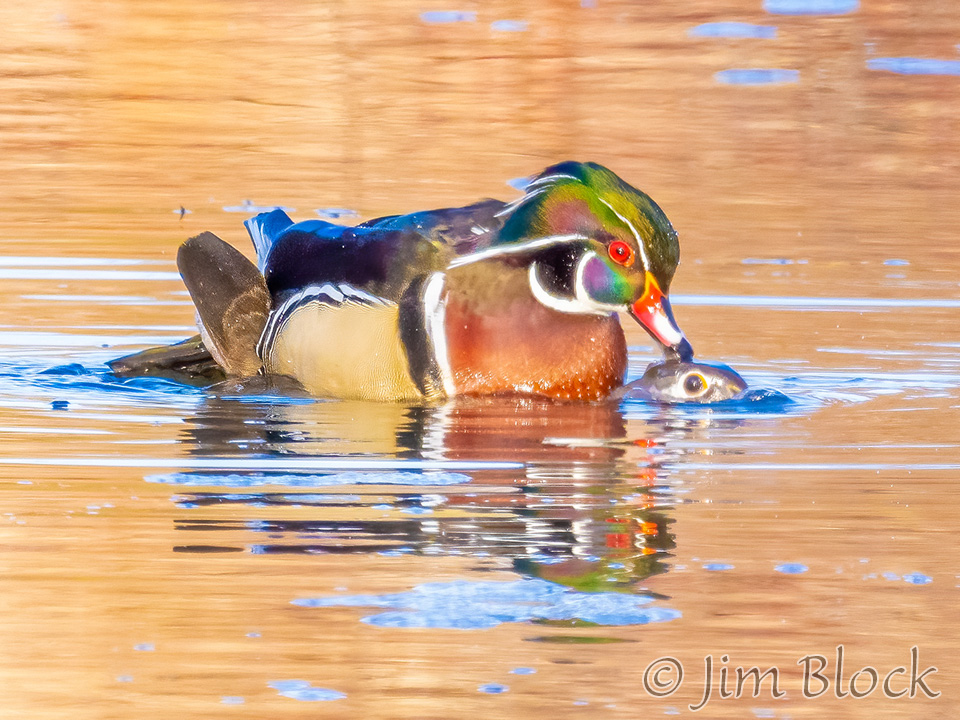
After they separate, the female stretches her wings, perhaps joyfully.
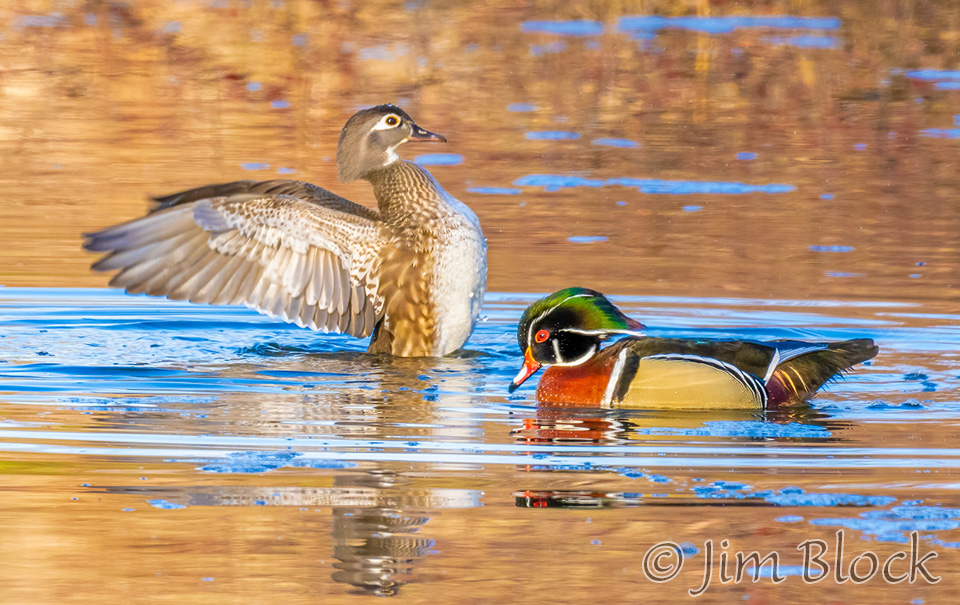
If you would like to see the entire 18-photo mating sequence I put on this web site, you can CLICK HERE and it will open in a new tab.
Below is a six-photo slide show of distant shots of Wood Ducks in Grant Brook.
On a dark and drab morning in early April, I set up near the water’s edge in Hanover and waited. Wood Ducks moved quite close and I took many photos. Here are 16 of them.
Two days later, at Bedell Bridge State Park in Haverhill, NH I photographed a group of Wood Ducks flying overhead.
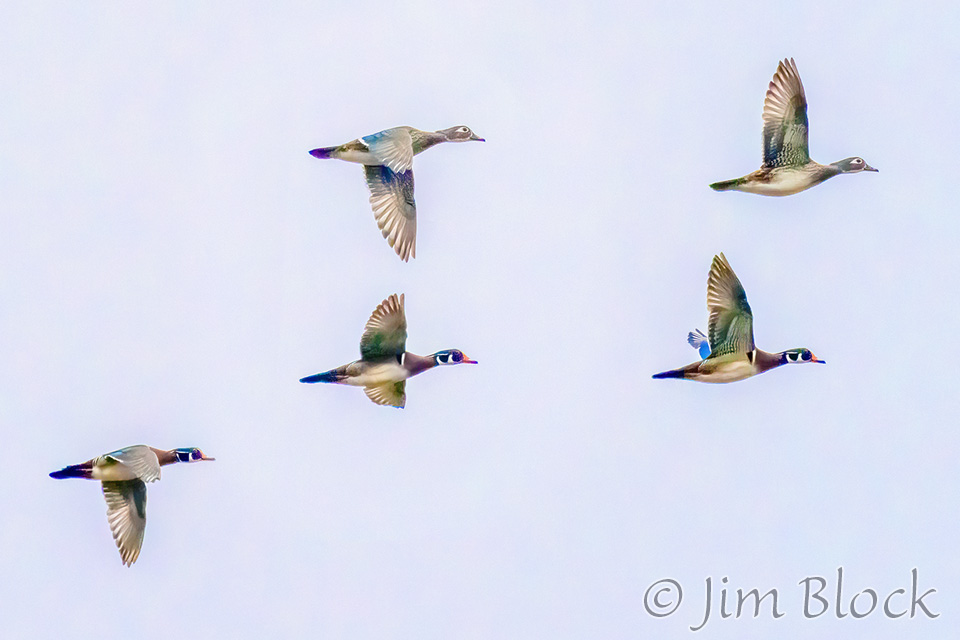
Then in a small waterway in the park, I photographed this pair from a group of about a dozen.
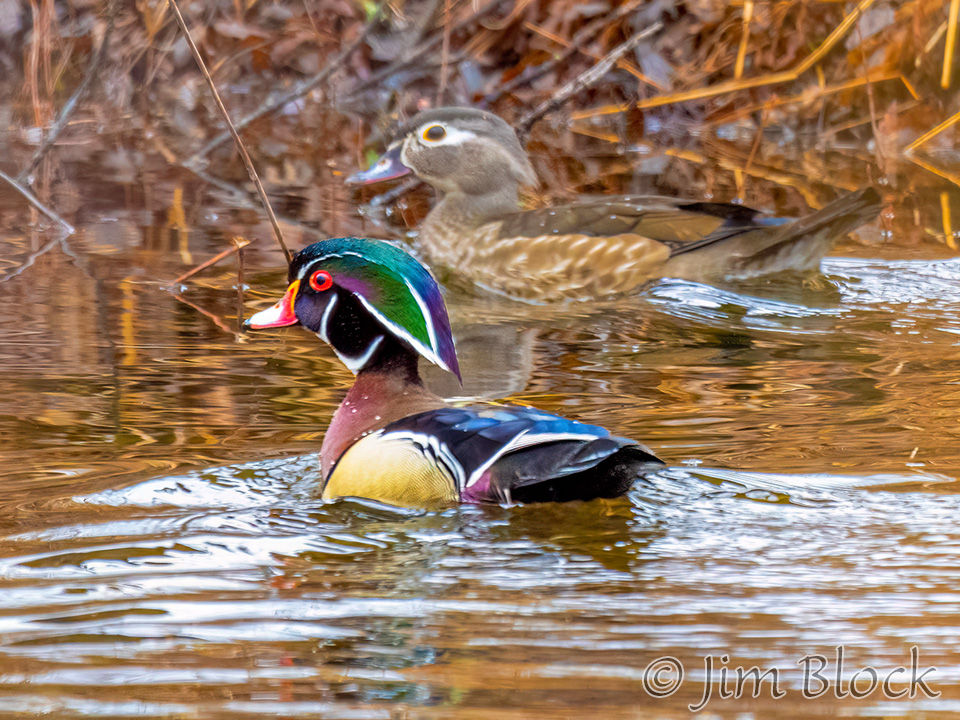
Bedell Bridge State Park can be great at times for birding. It is a prime floodplain forest adjacent to the Connecticut River.
Between 7:30 and 8:00 the morning I photographed the copulation, the light was quite nice and I took a lot of photos. The Wood Ducks cooperated by swimming quite close to me.
Twenty minutes later the light was dull when somewhat to the north along River Road in Lyme, I caught a Wood Duck flying.


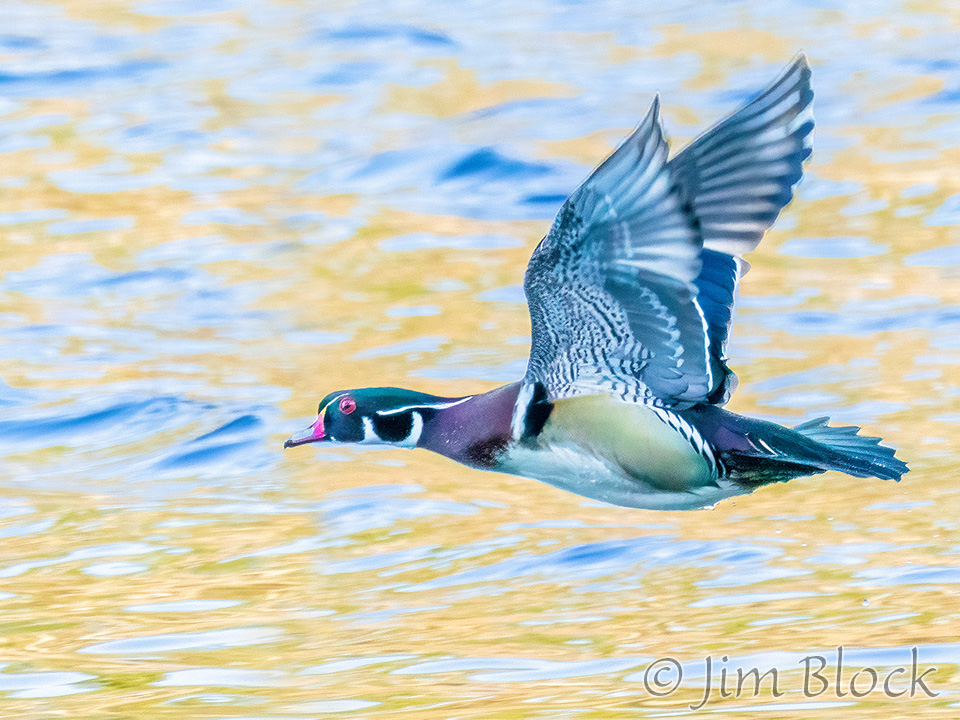
Six days later I photographed some of the very many Wood Ducks in the mouth of Grant Brook. The light was nice, but the ducks were not close.

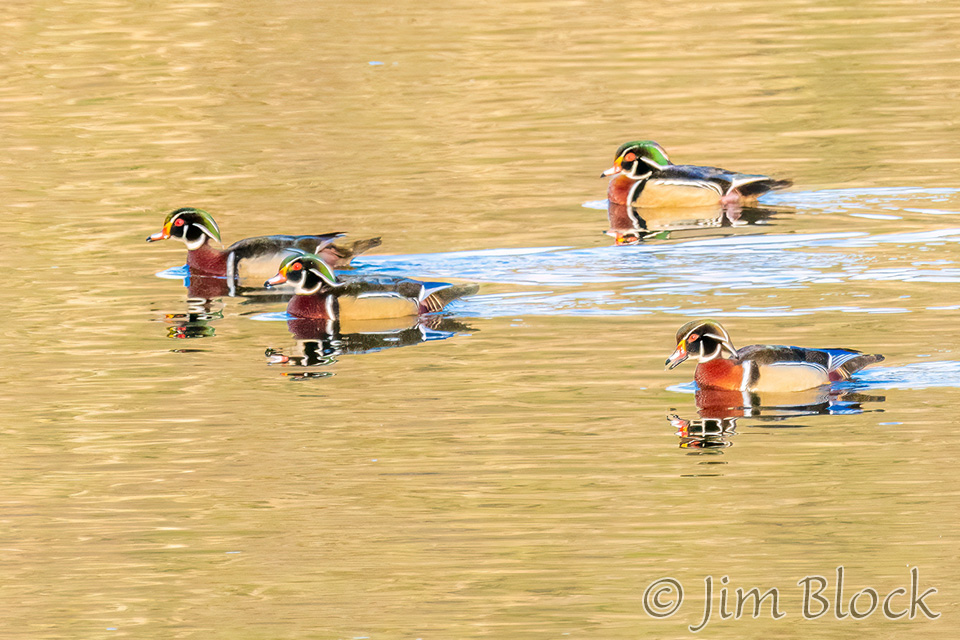
The layout of a tiny pond in Lyme was well suited for early morning photography of a pair of Wood Ducks that may be nesting there. In the photo below, which is cropped only very minimally horizontally, you might be able to see three painted turtles along the shore.
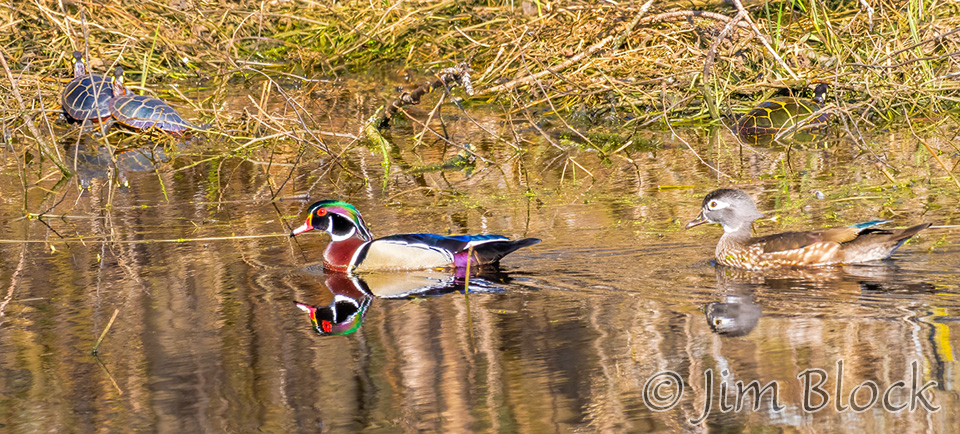
Here are ten more photos from this productive little pond — a pond most likely ignored by most people.
Muskrats and Otters
Not birds, but I could not resist finishing with April photos of a Muskrat and an Otter. The muskrat was found in Grant Brook along with around 50 Wood Ducks. It was shortly after 7:00 AM and while the ducks were in sunlight, the muskrat was not. Fortunately it was a bit closer to me than the Wood Ducks. The muskrat was continually diving and feeding on something small.
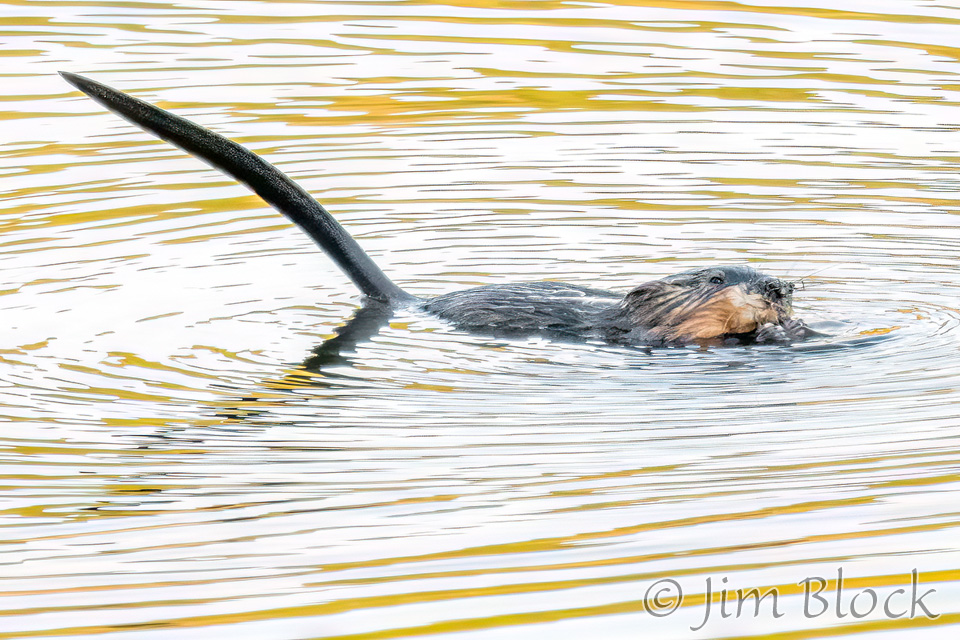
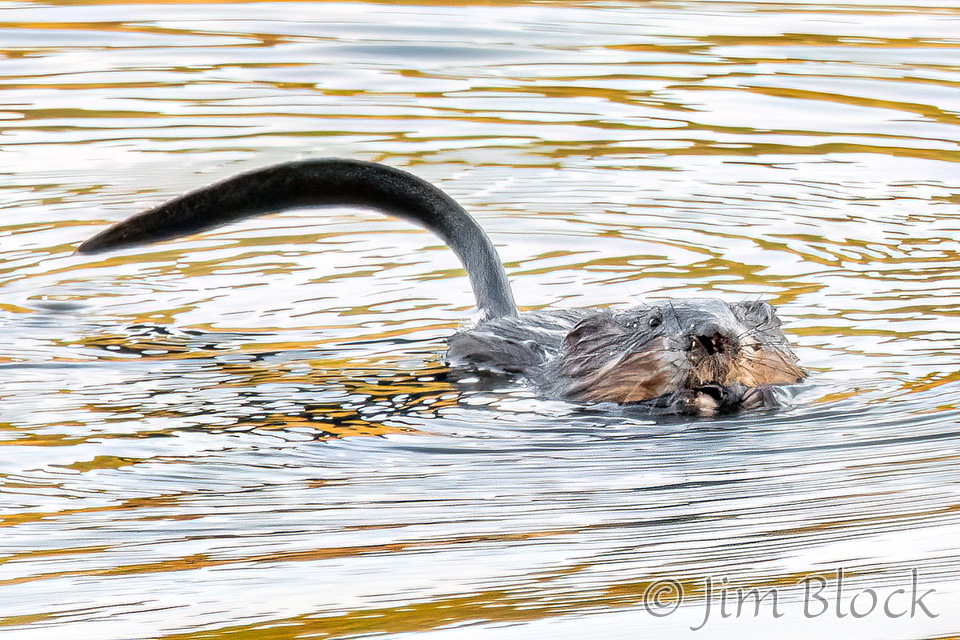
Nine days earlier along River Road in Lyme I saw a North American River Otter. It rose up to take a look at me and then quickly submerged. You can tell how violently it submerged by the “hole” and subsequent splash it left when it dropped down.
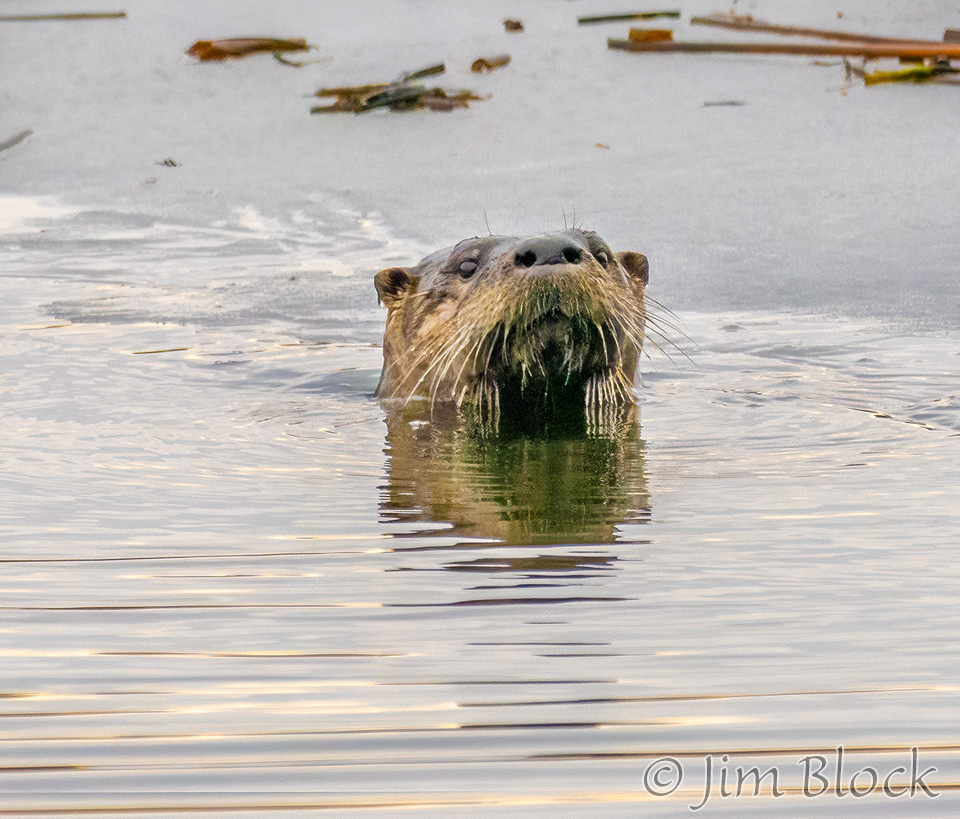
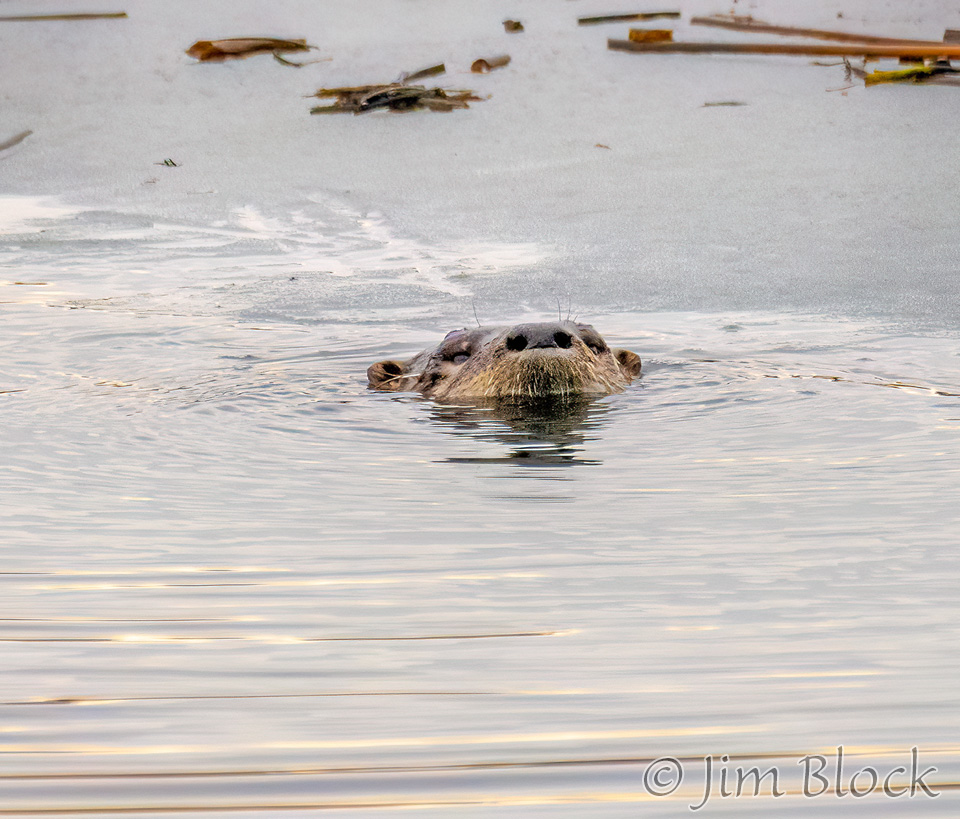
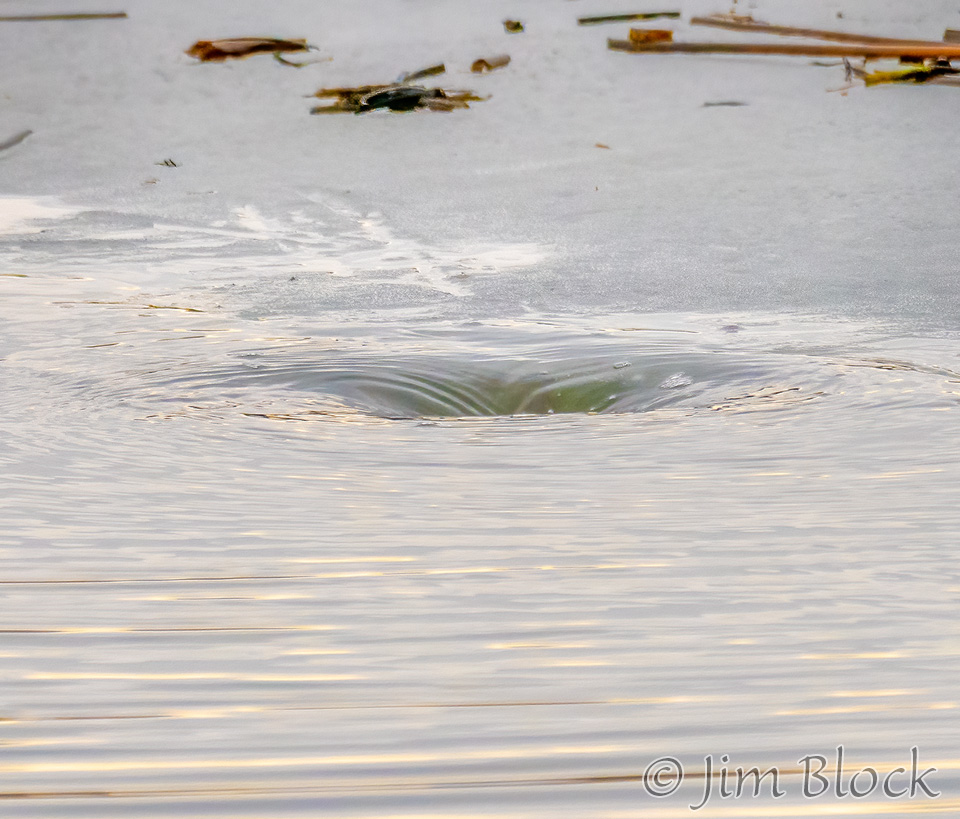
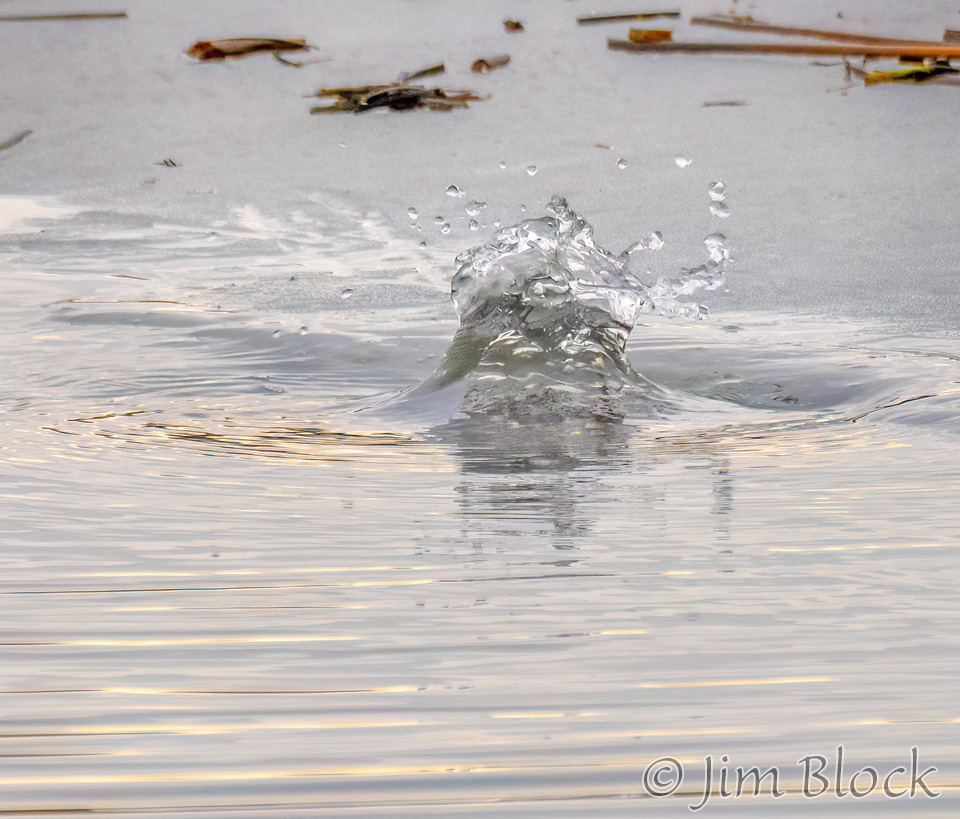
Here come the warblers. I can’t wait. They seem late in arriving, but perhaps I’m just impatient.

